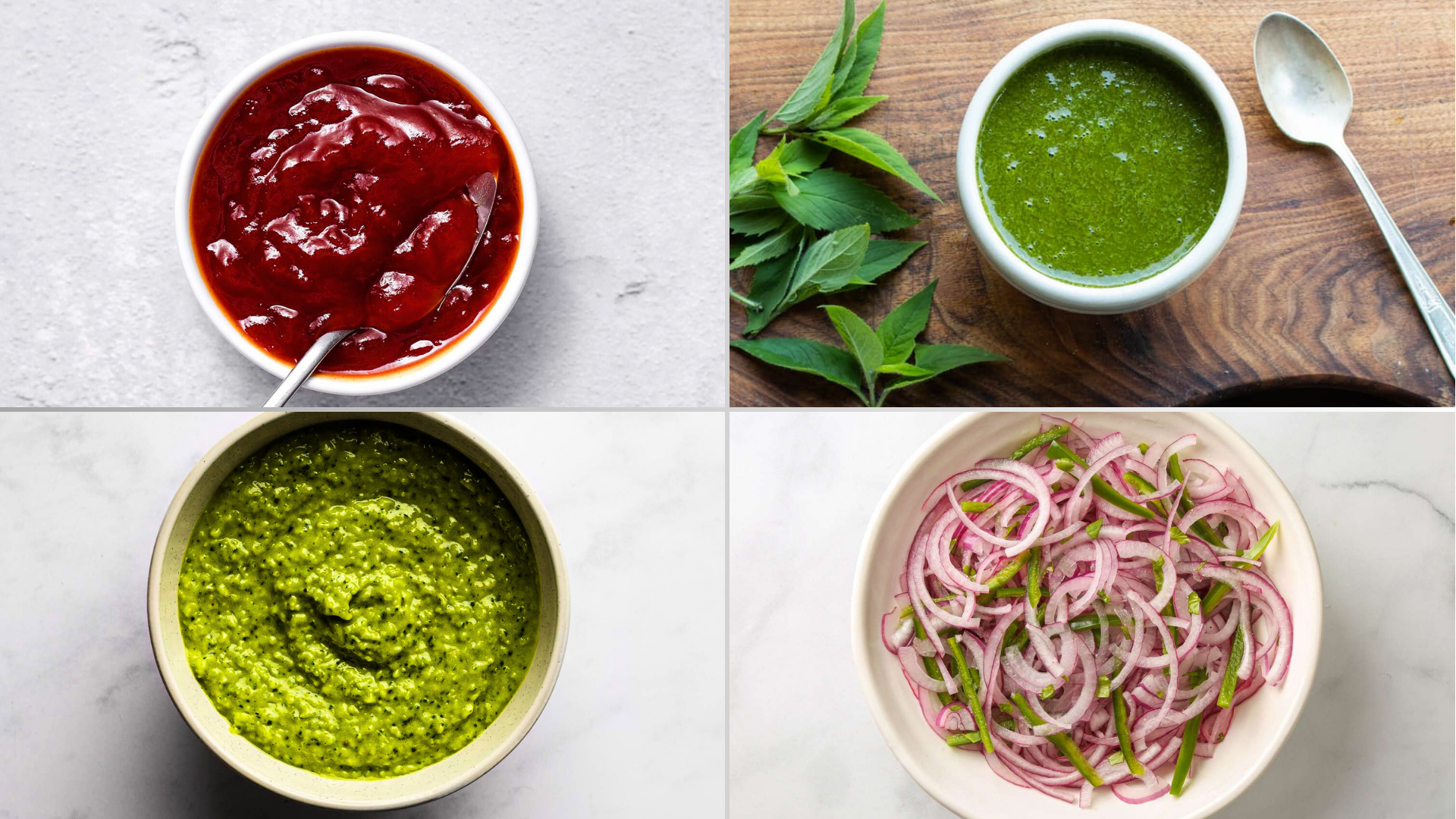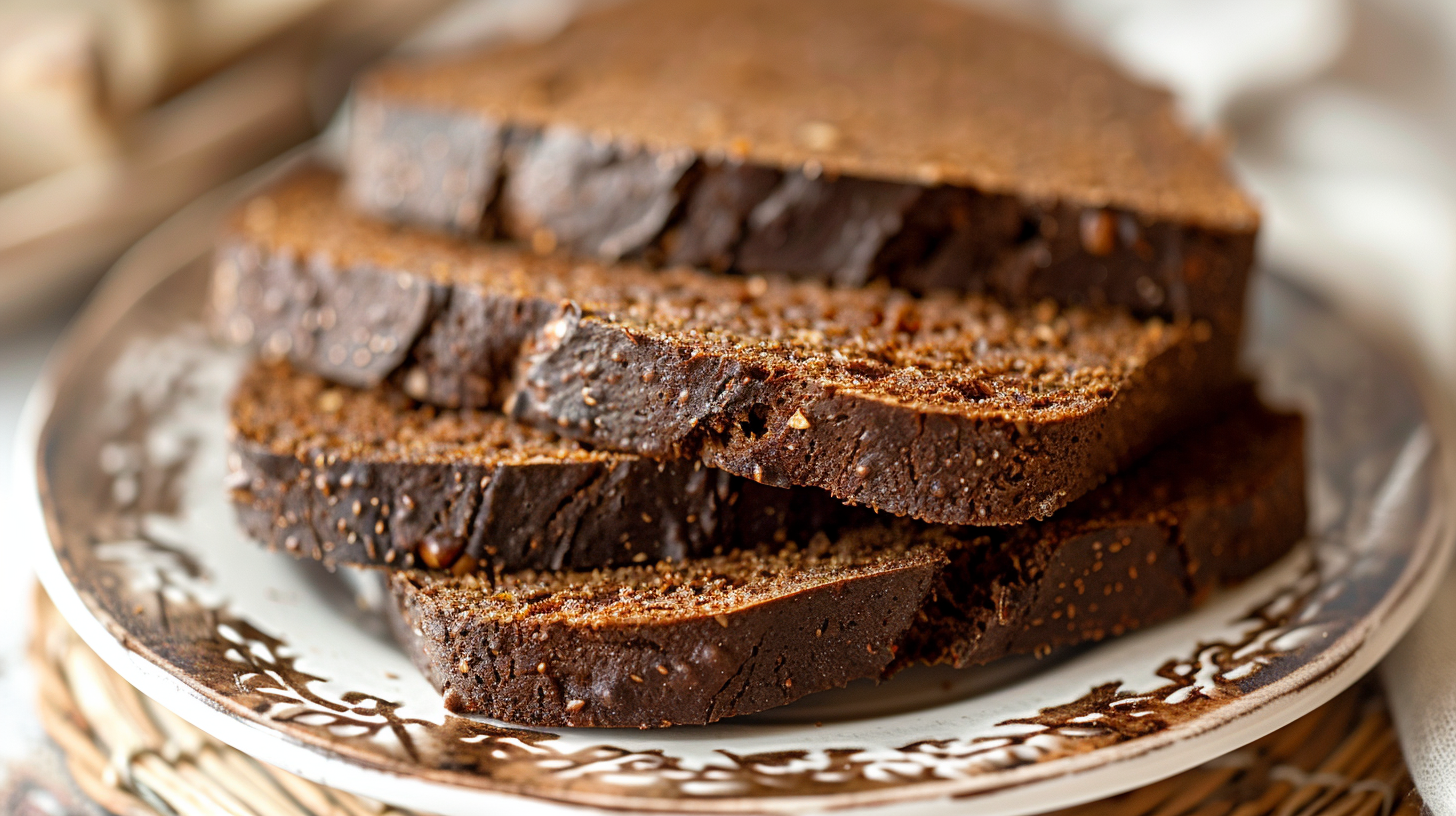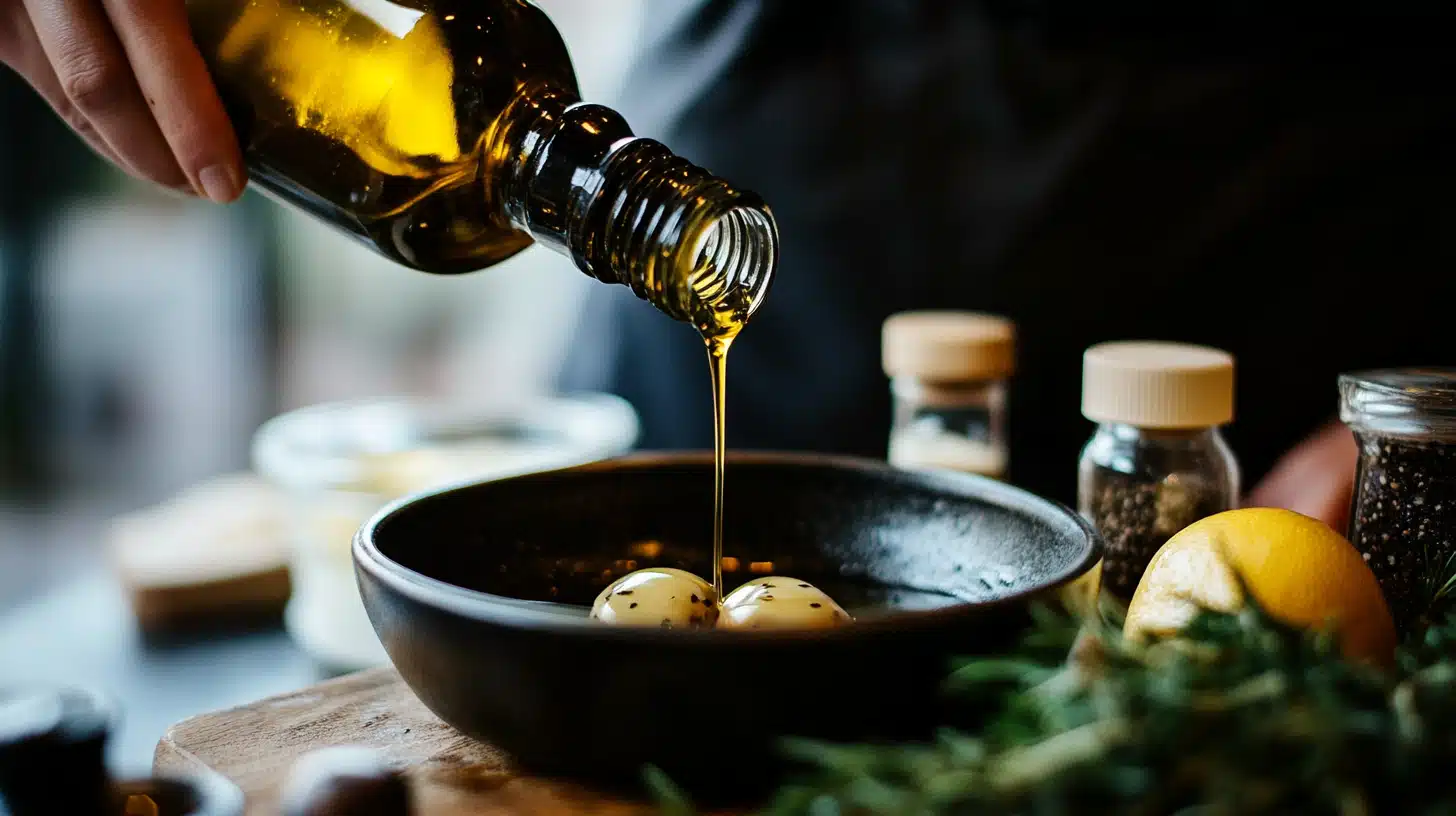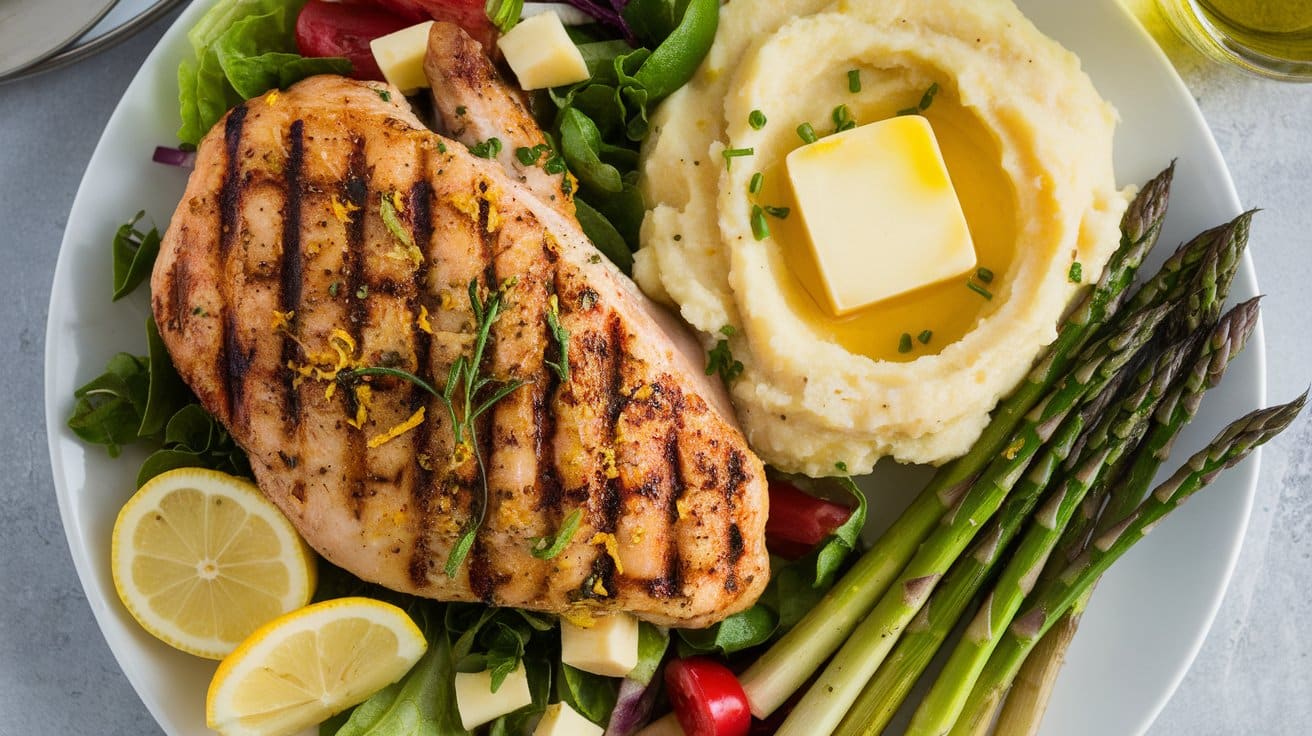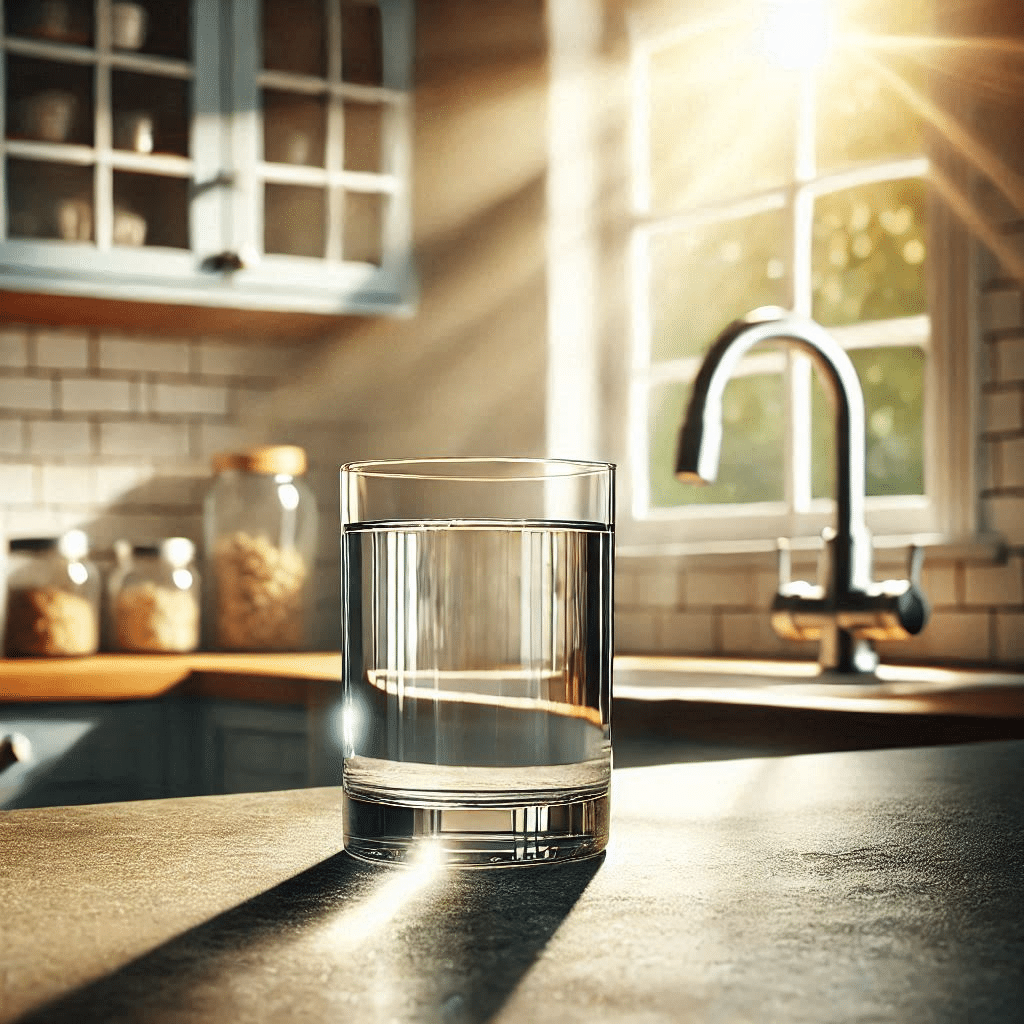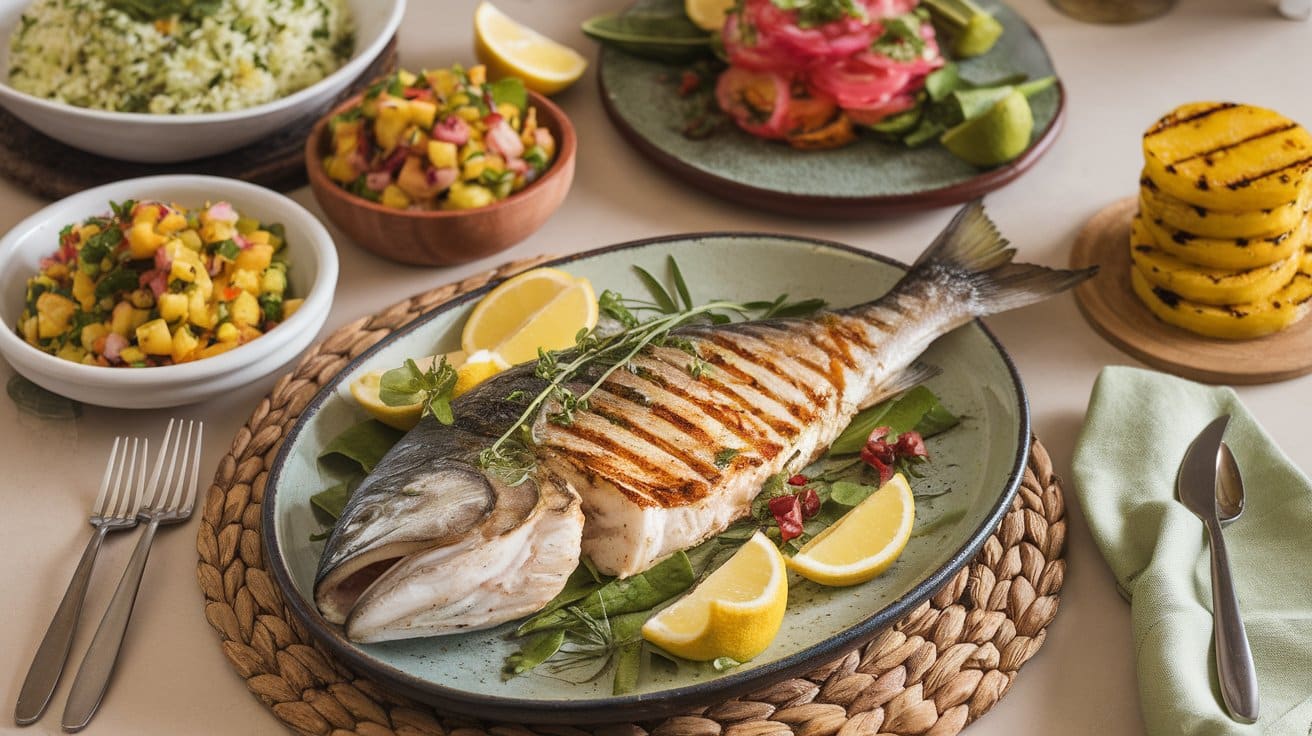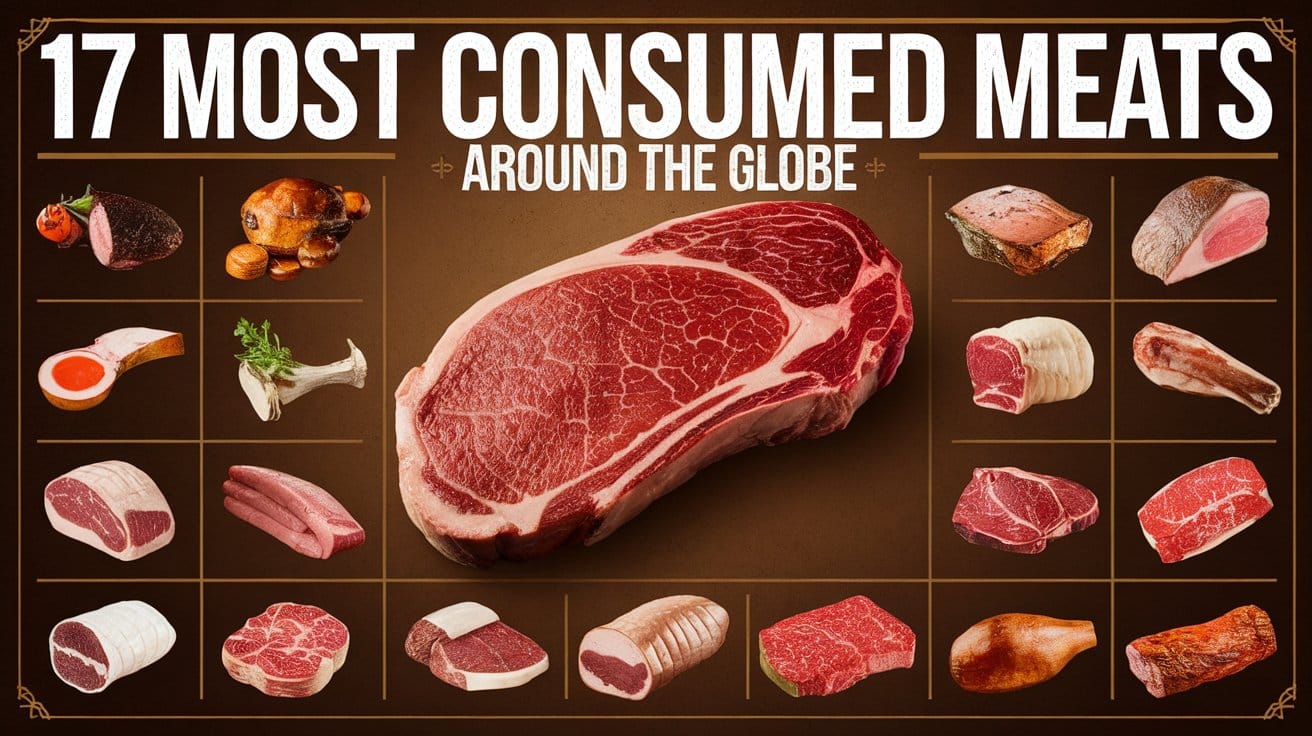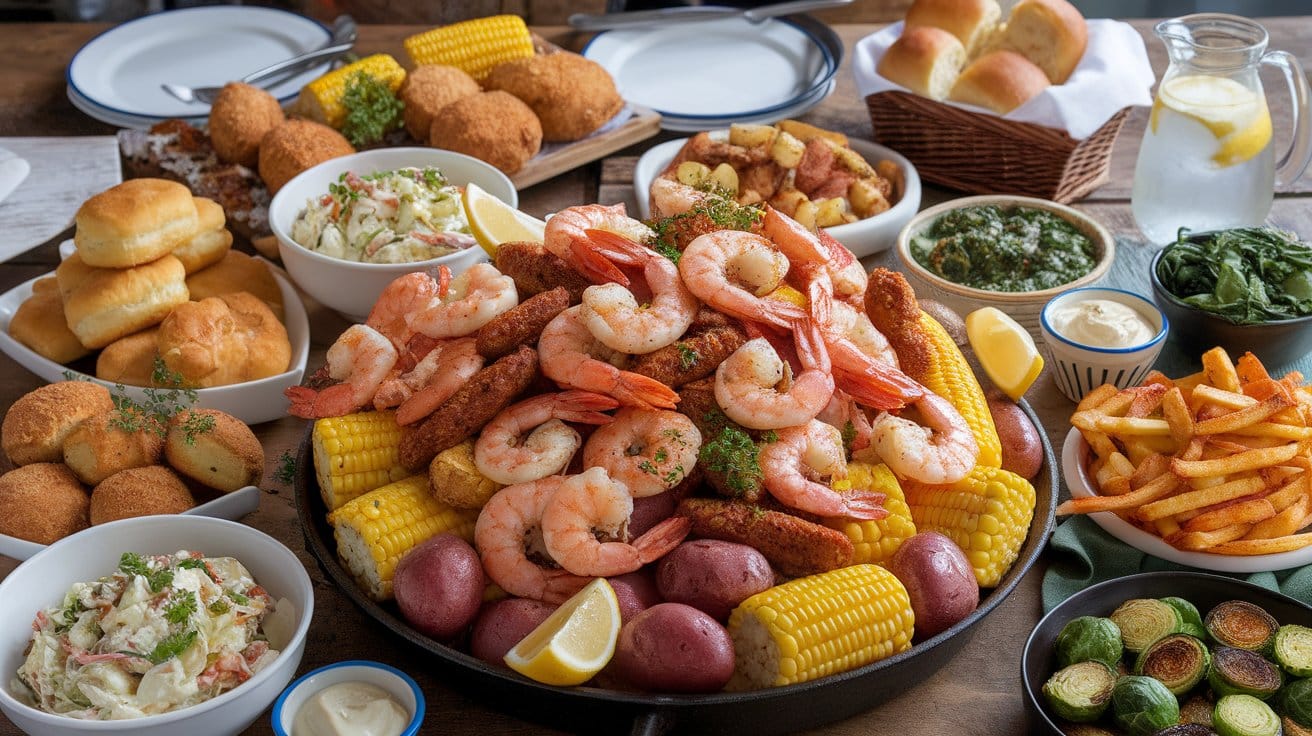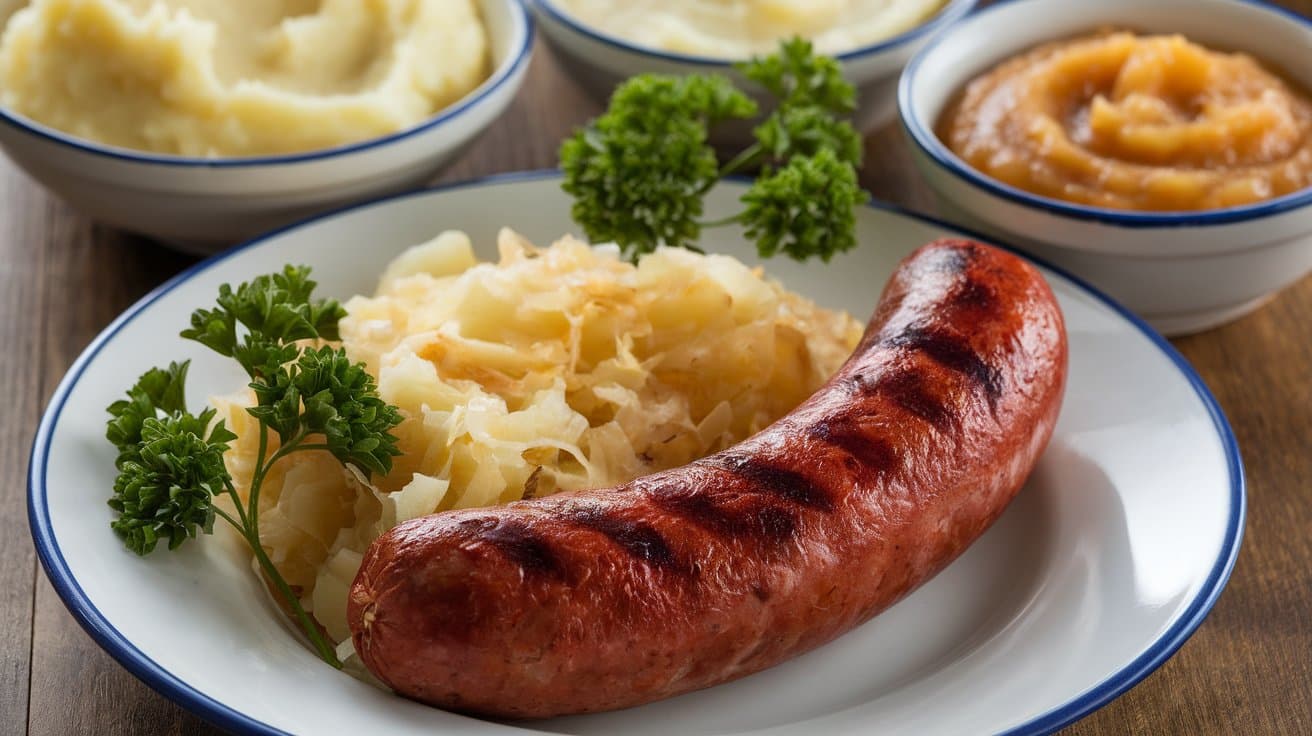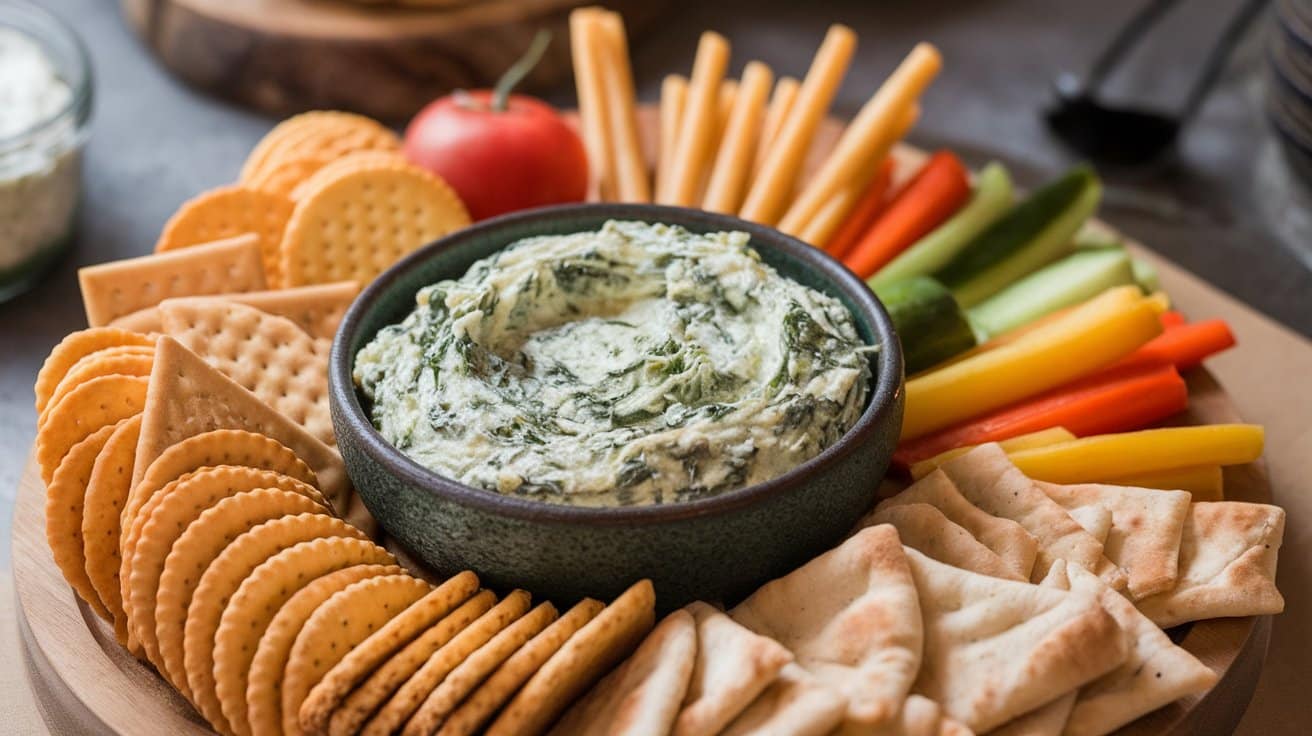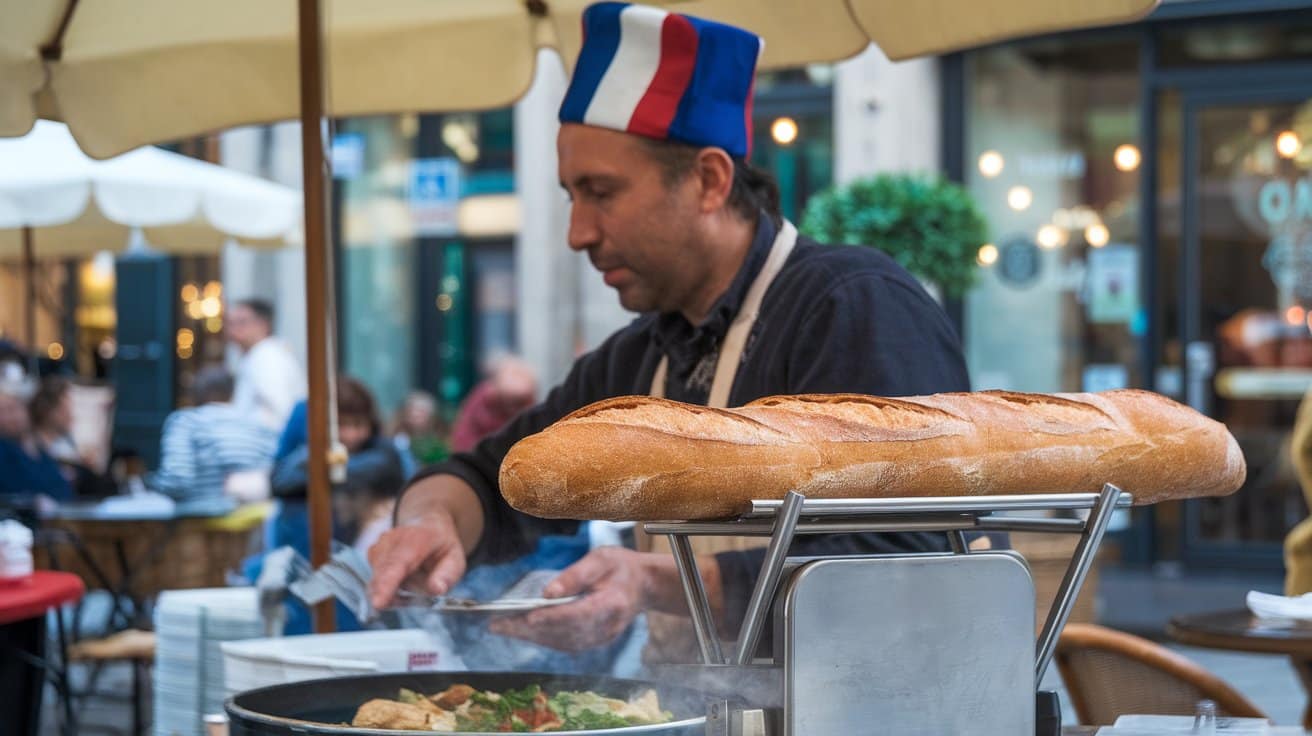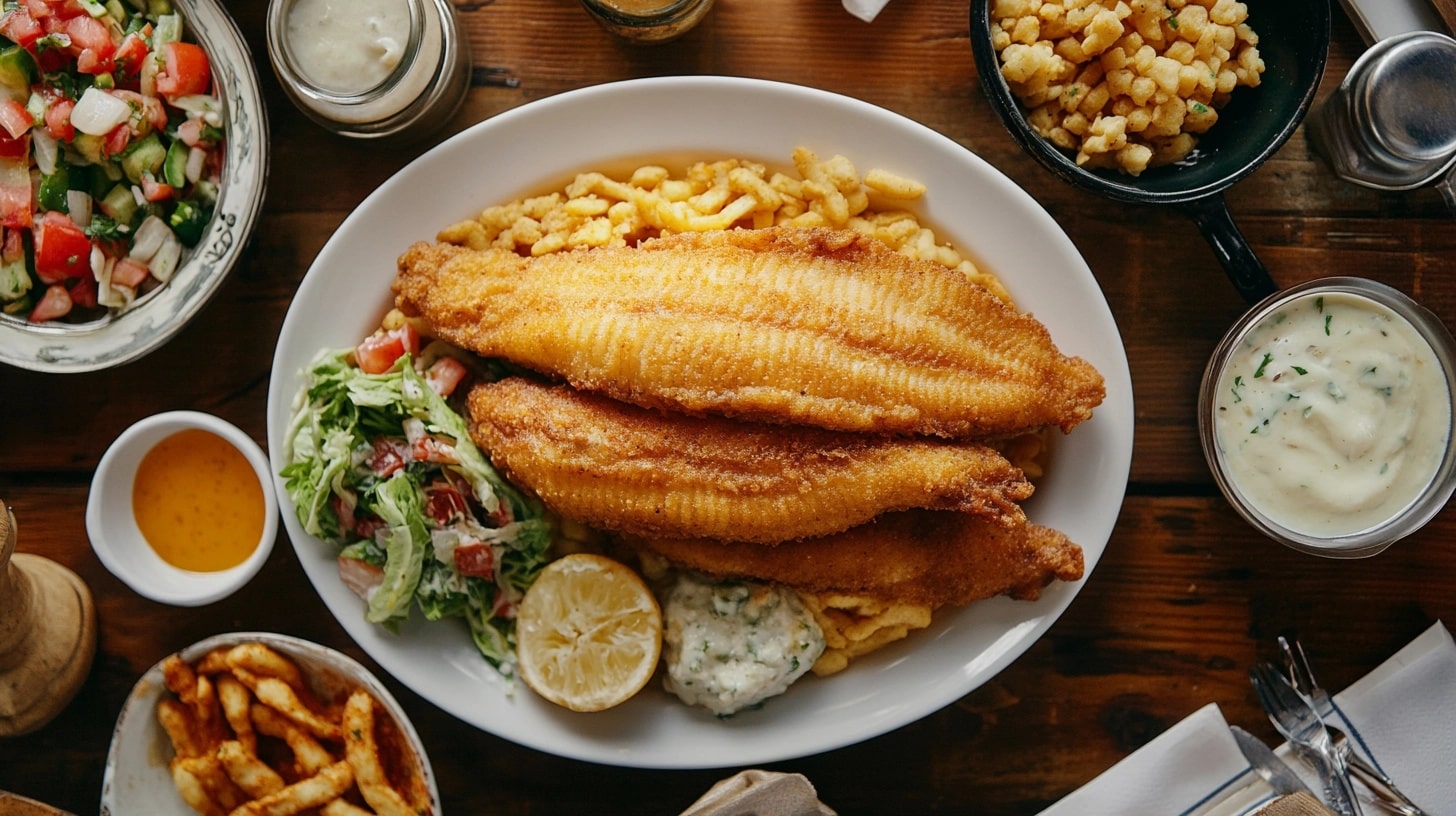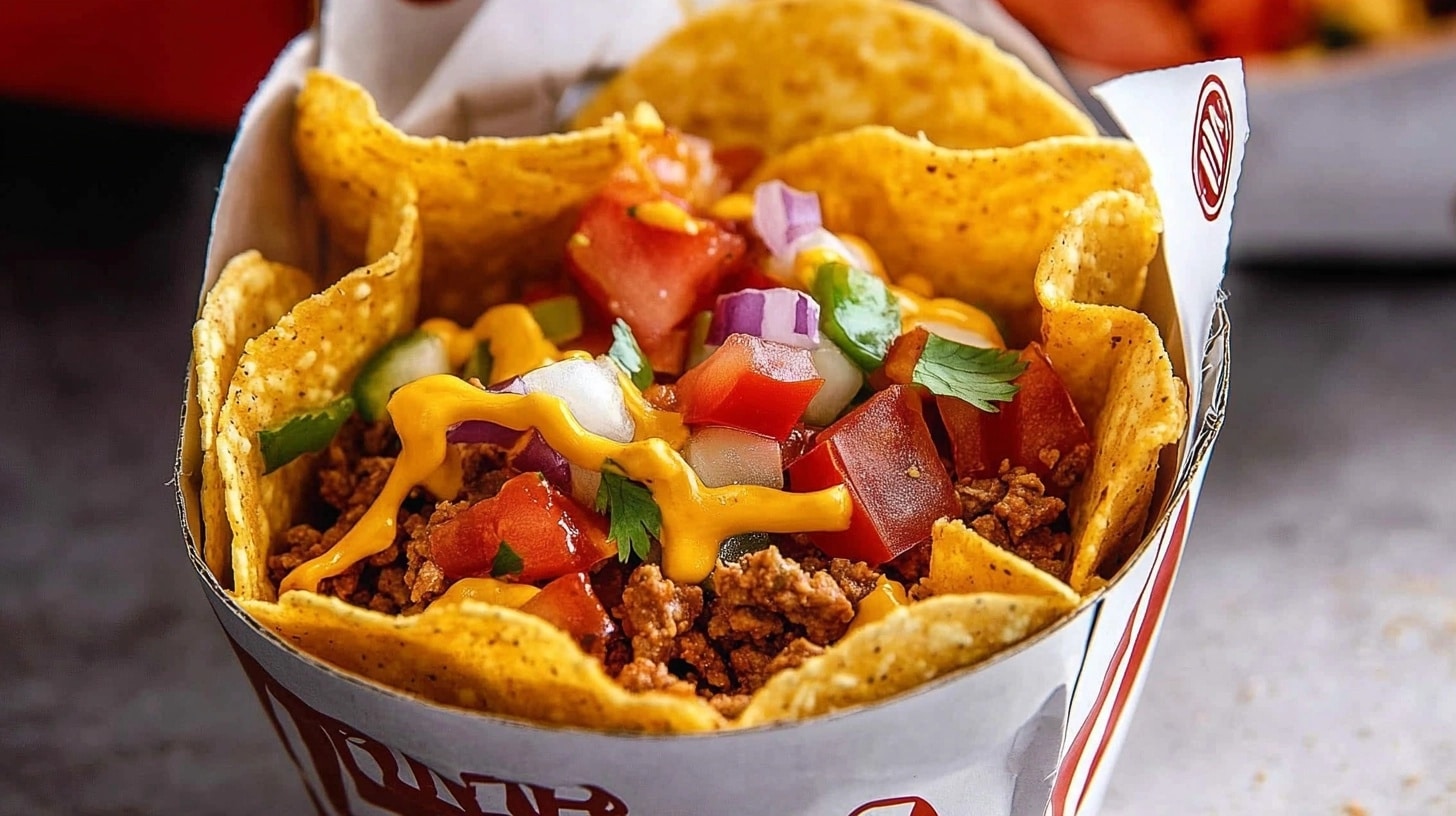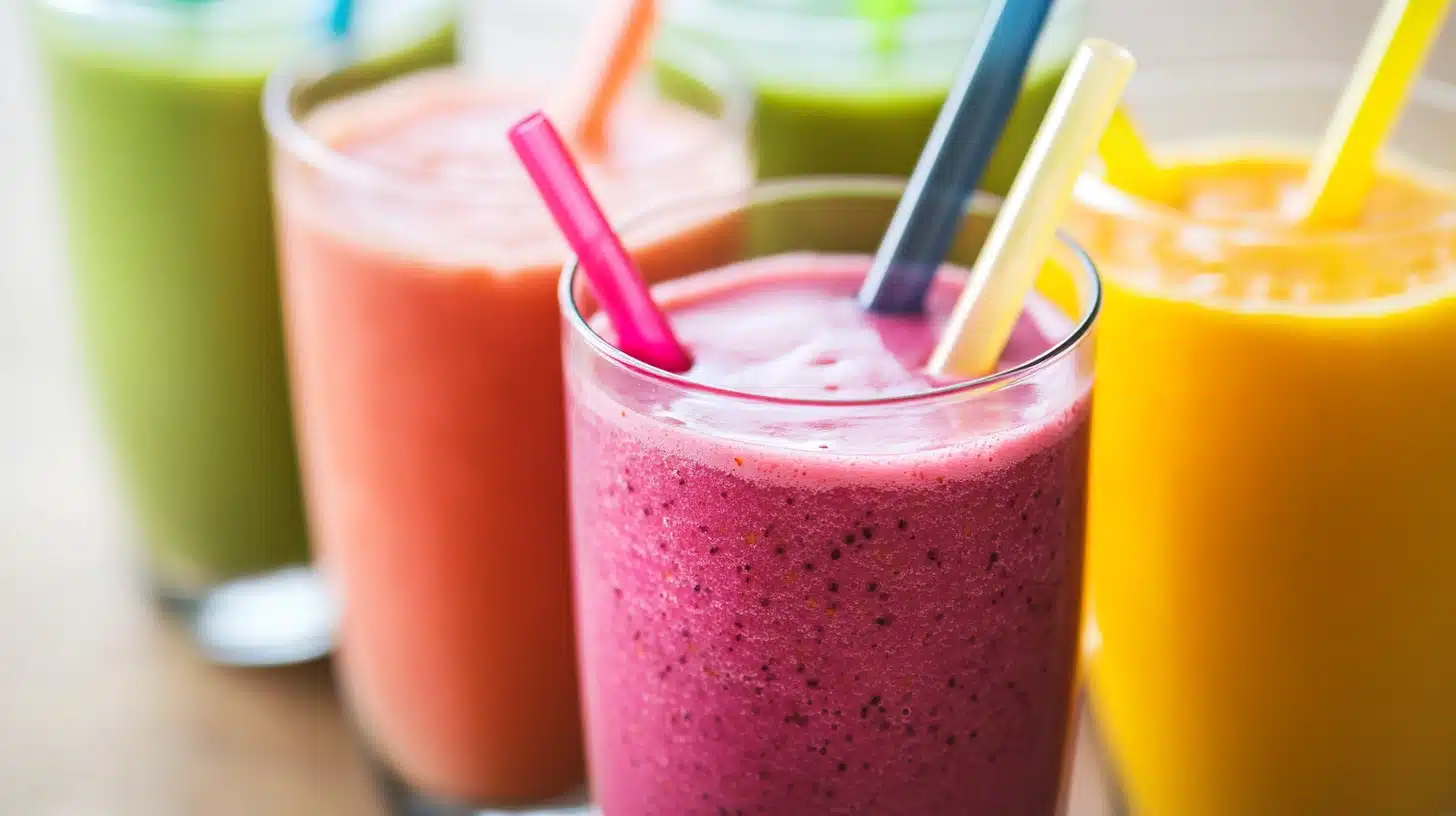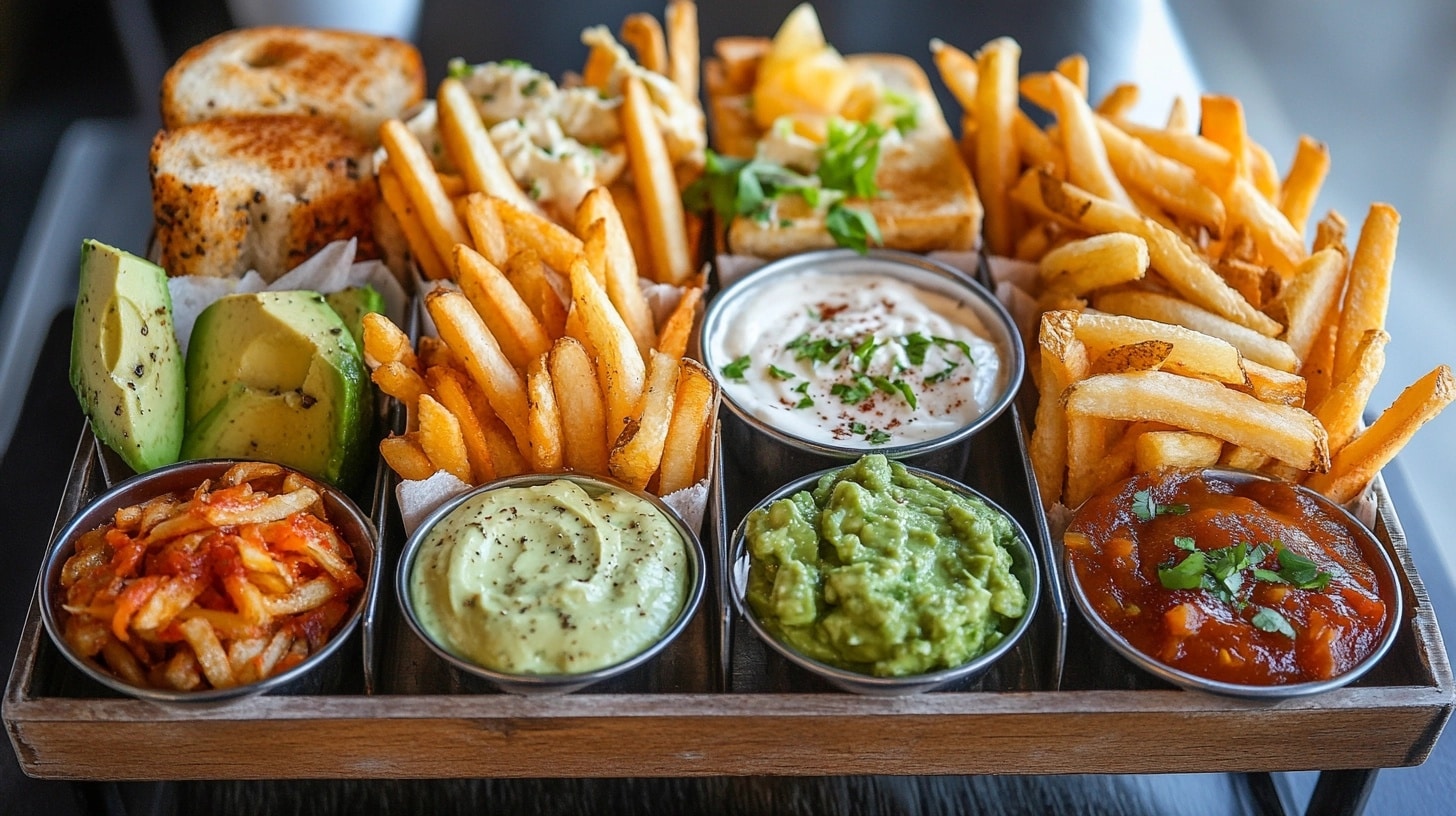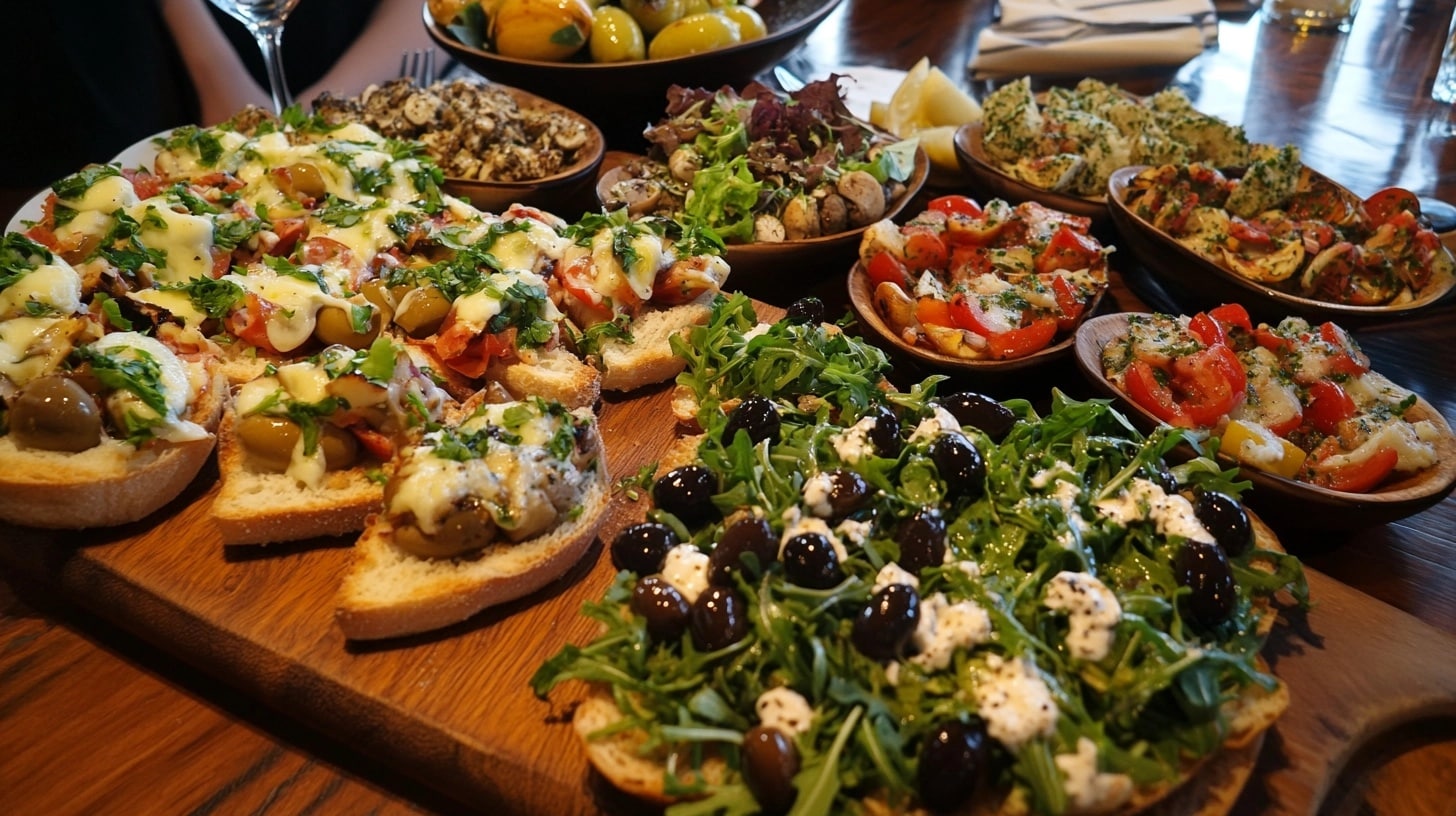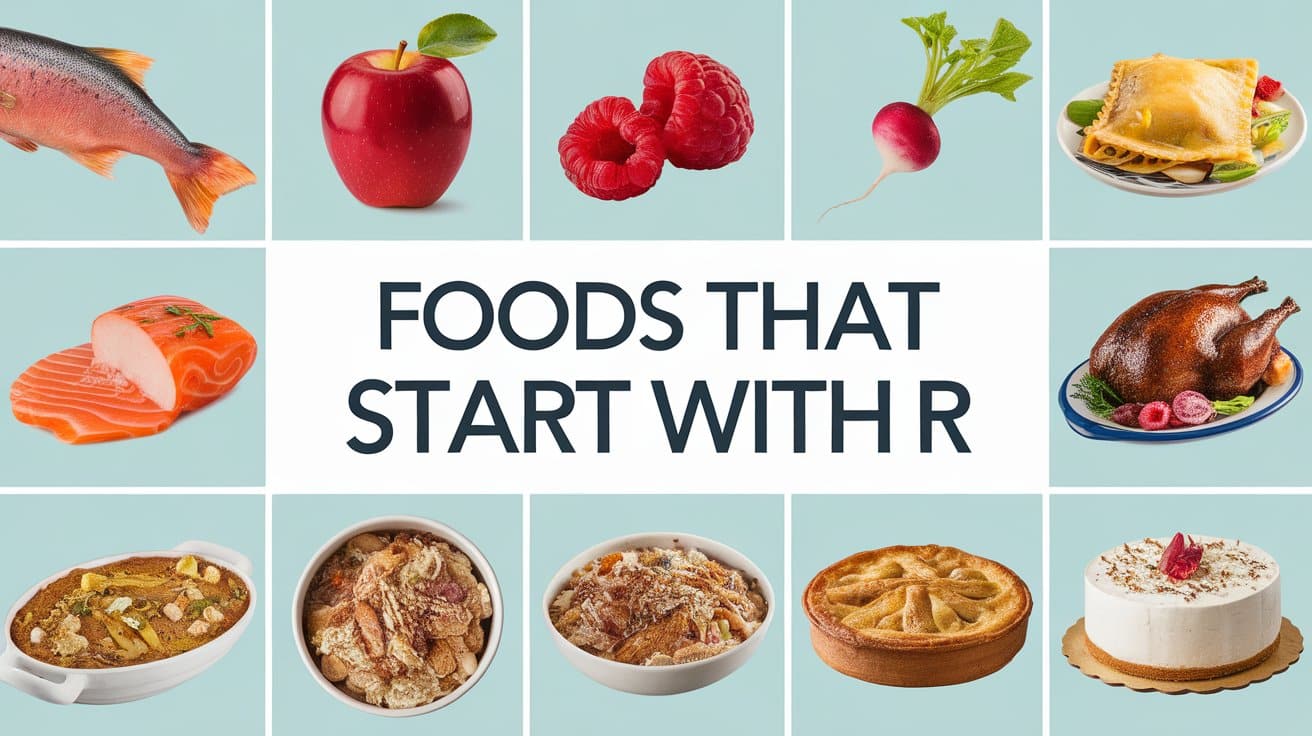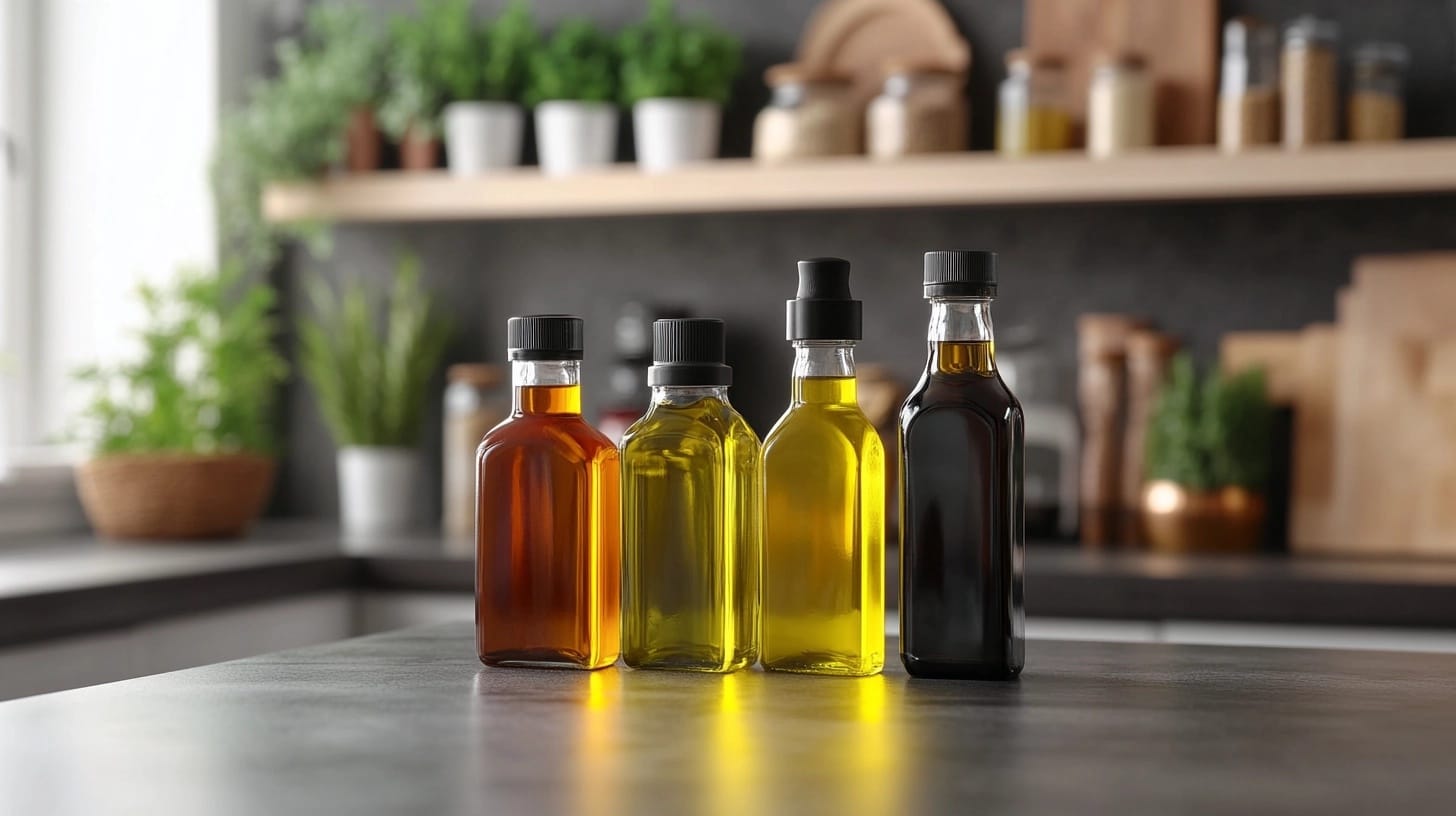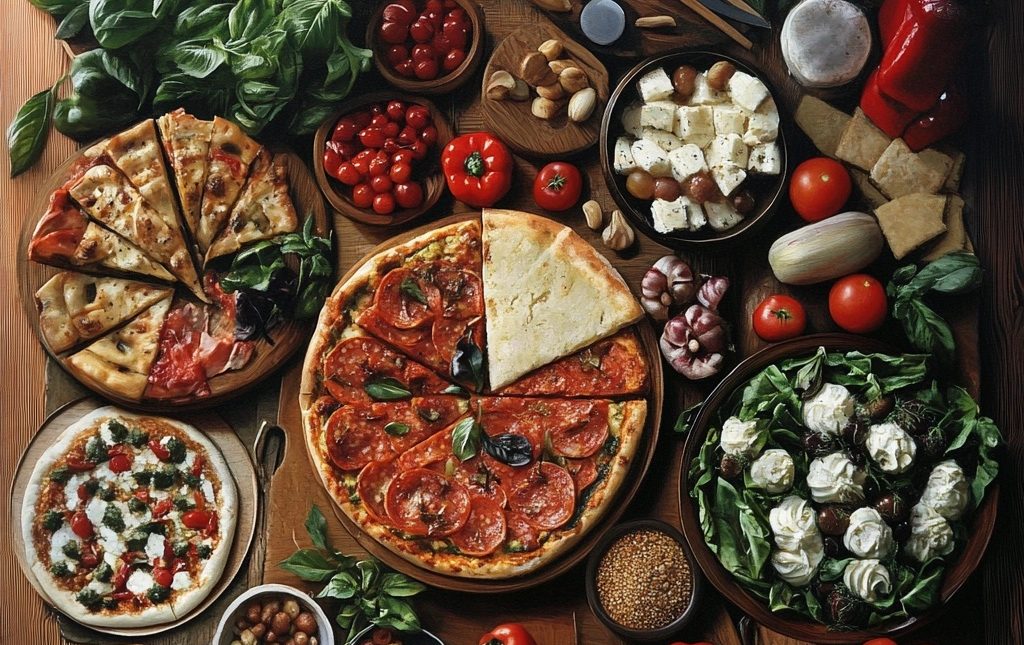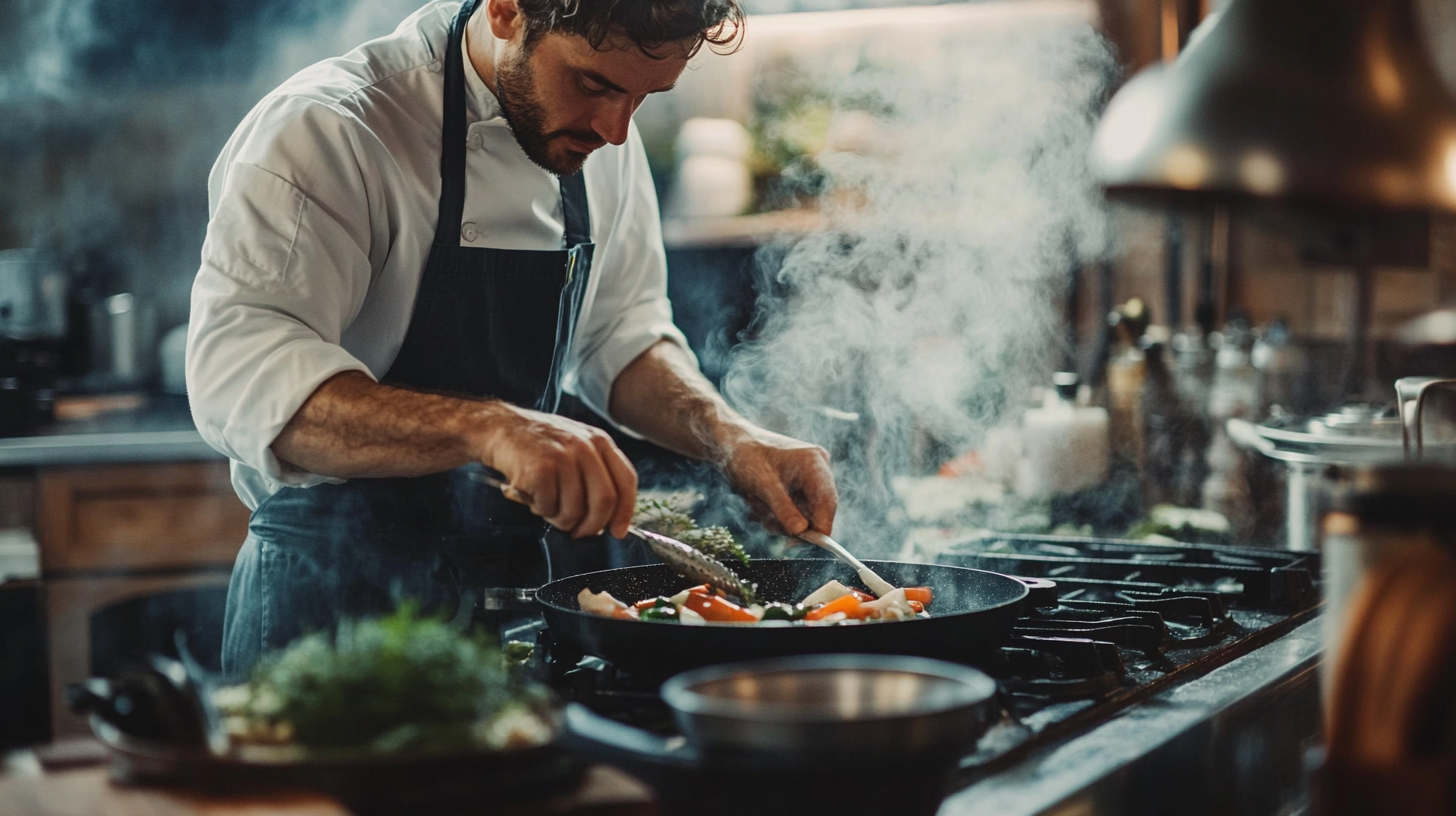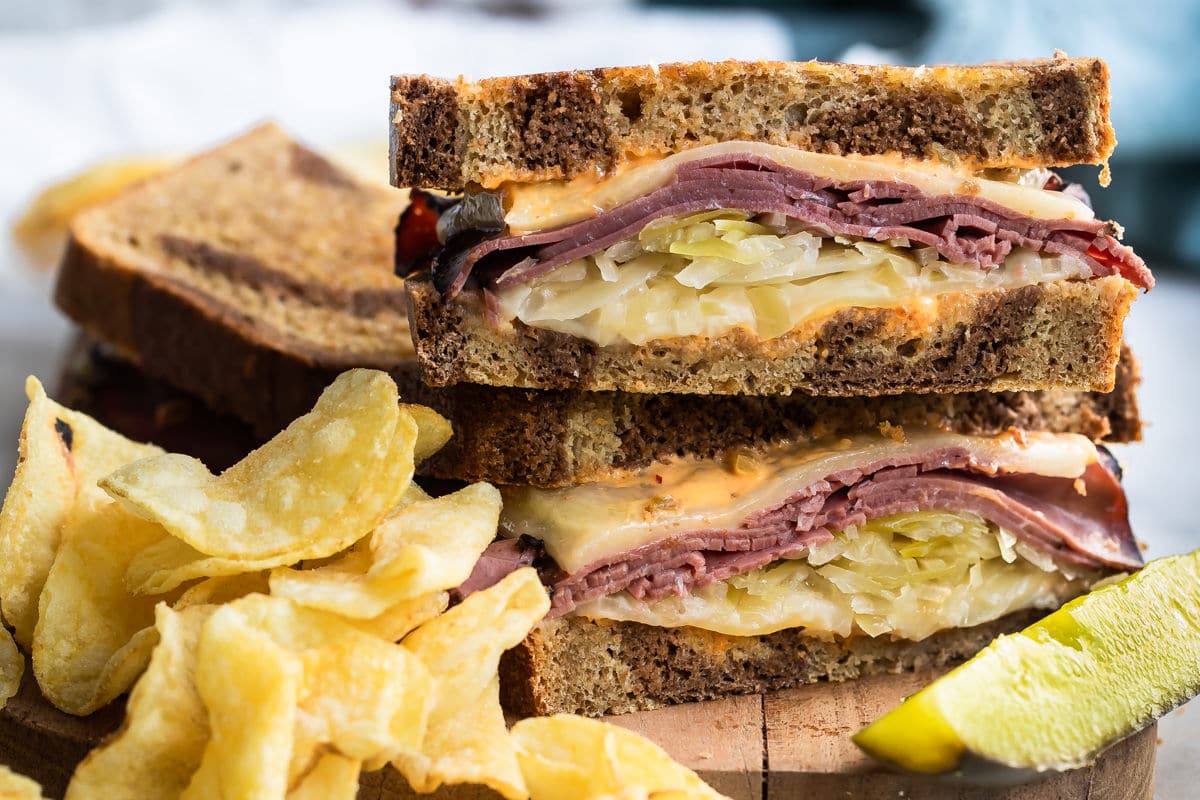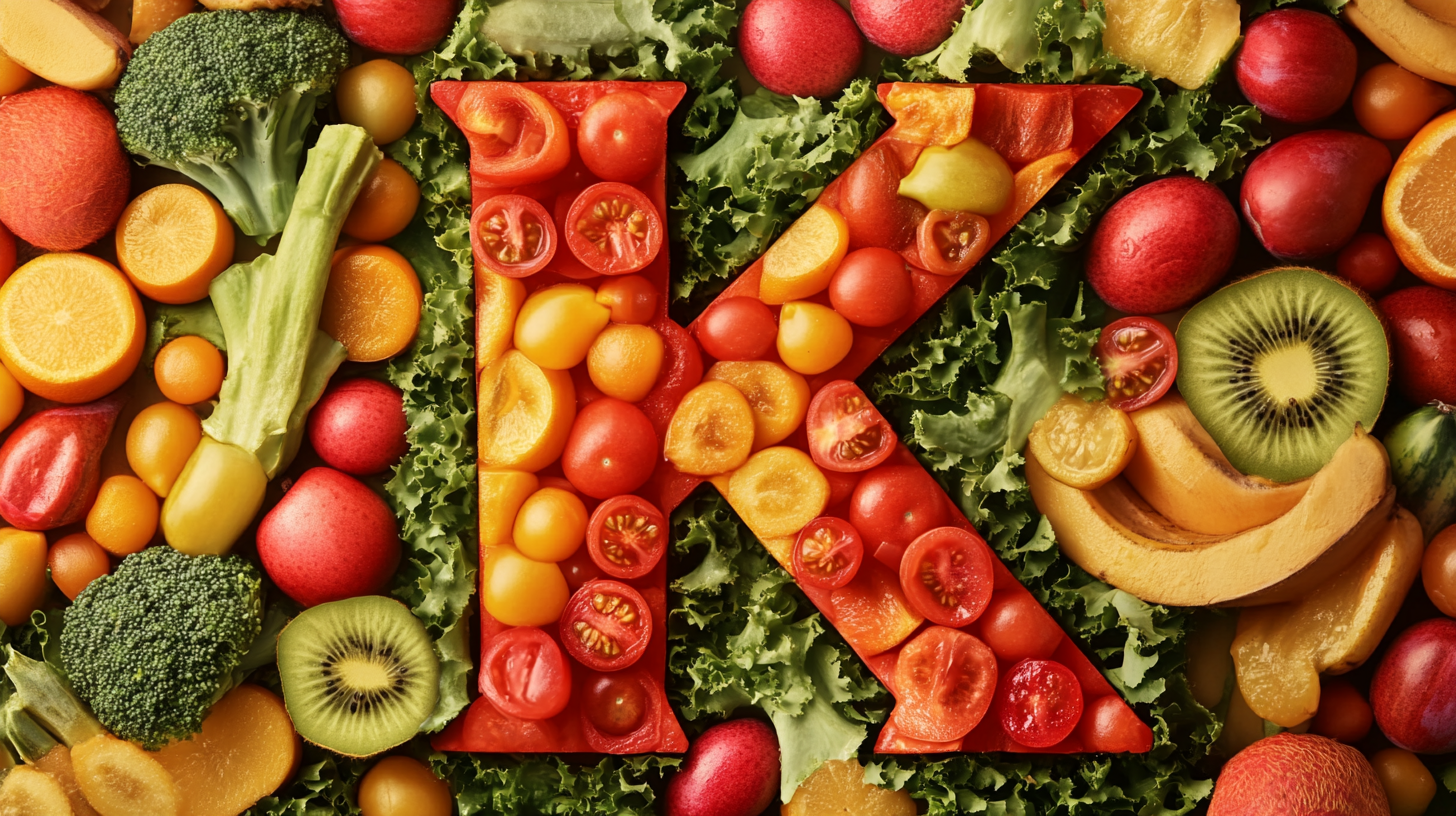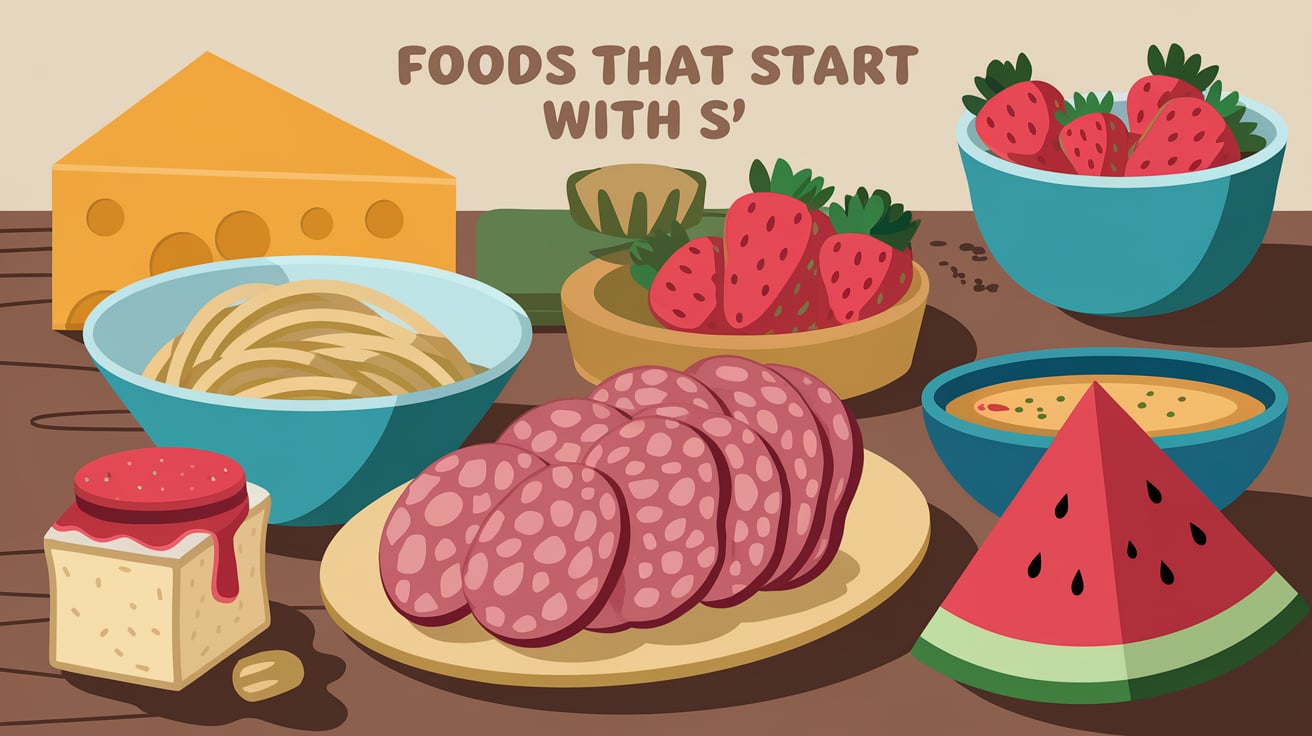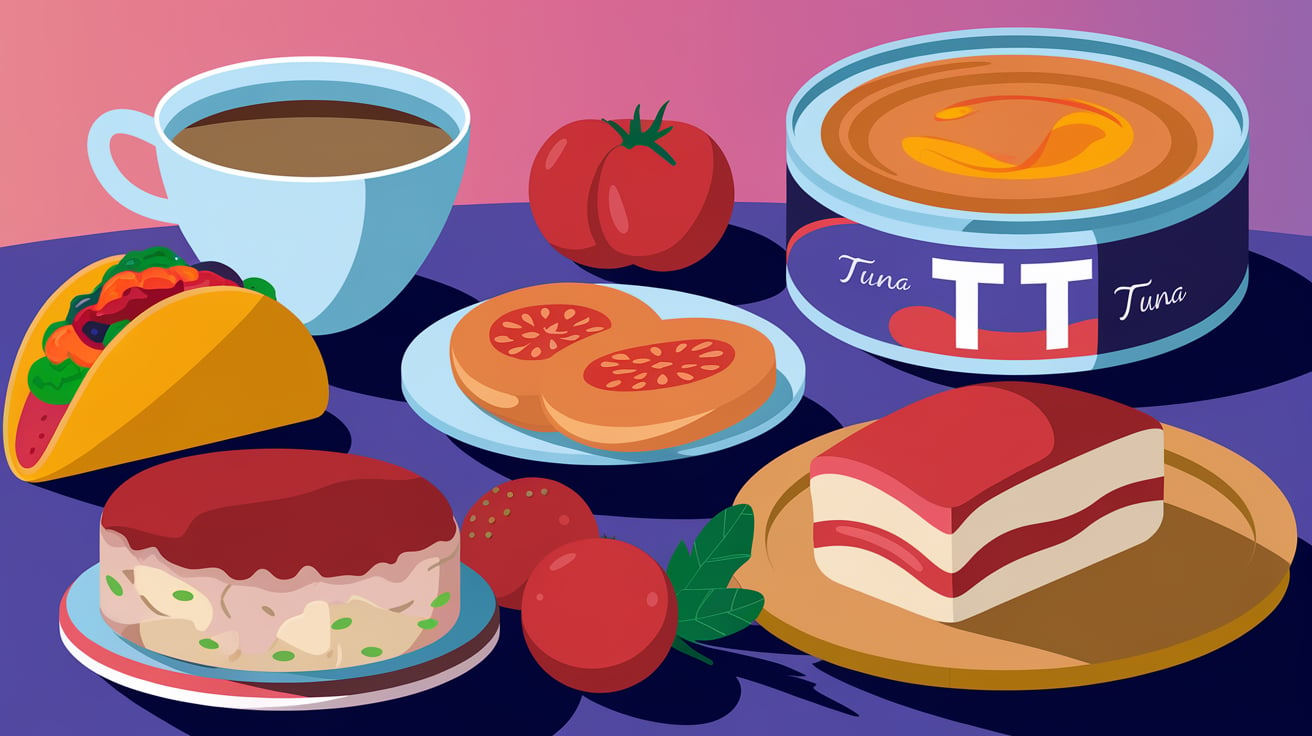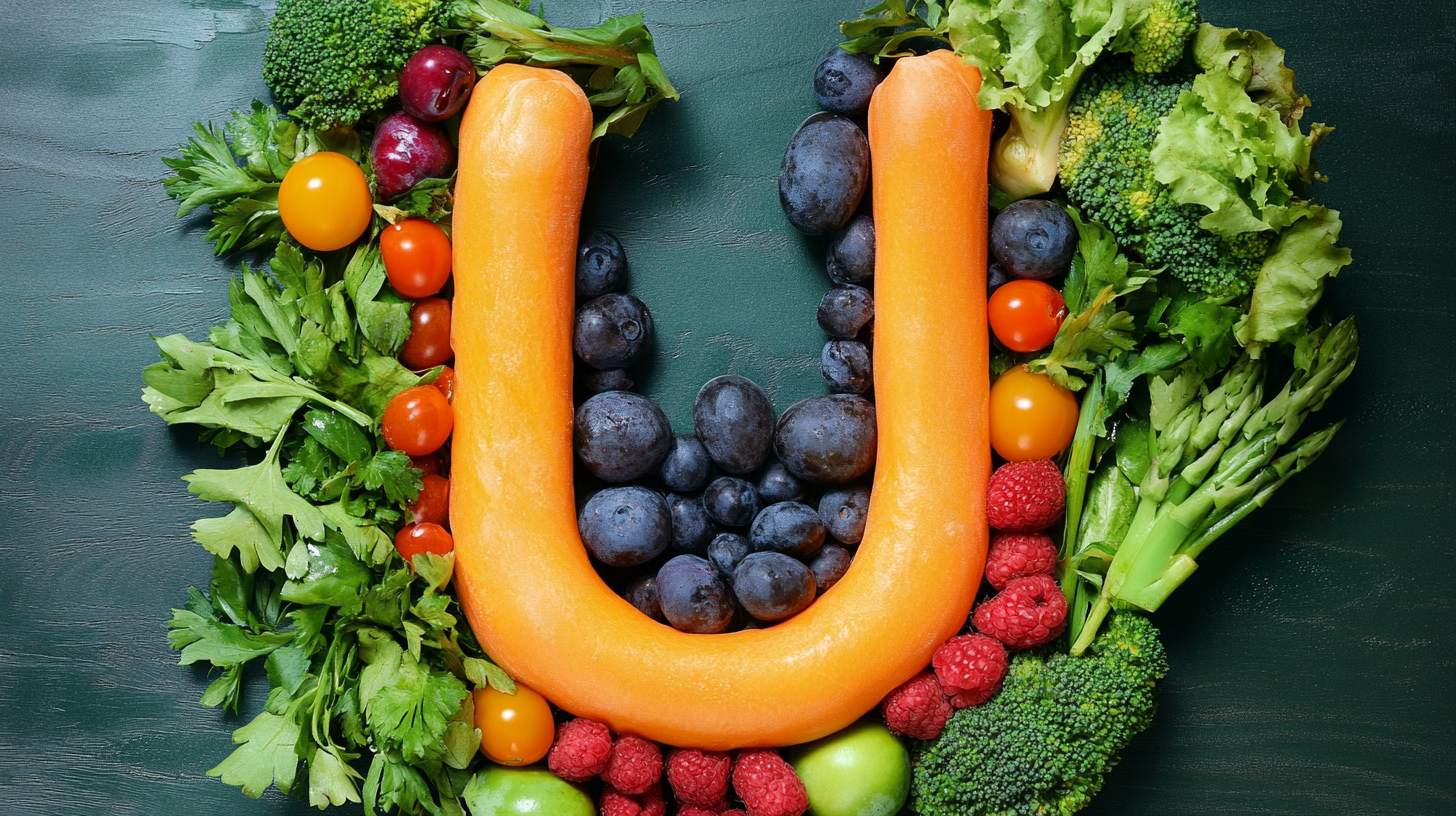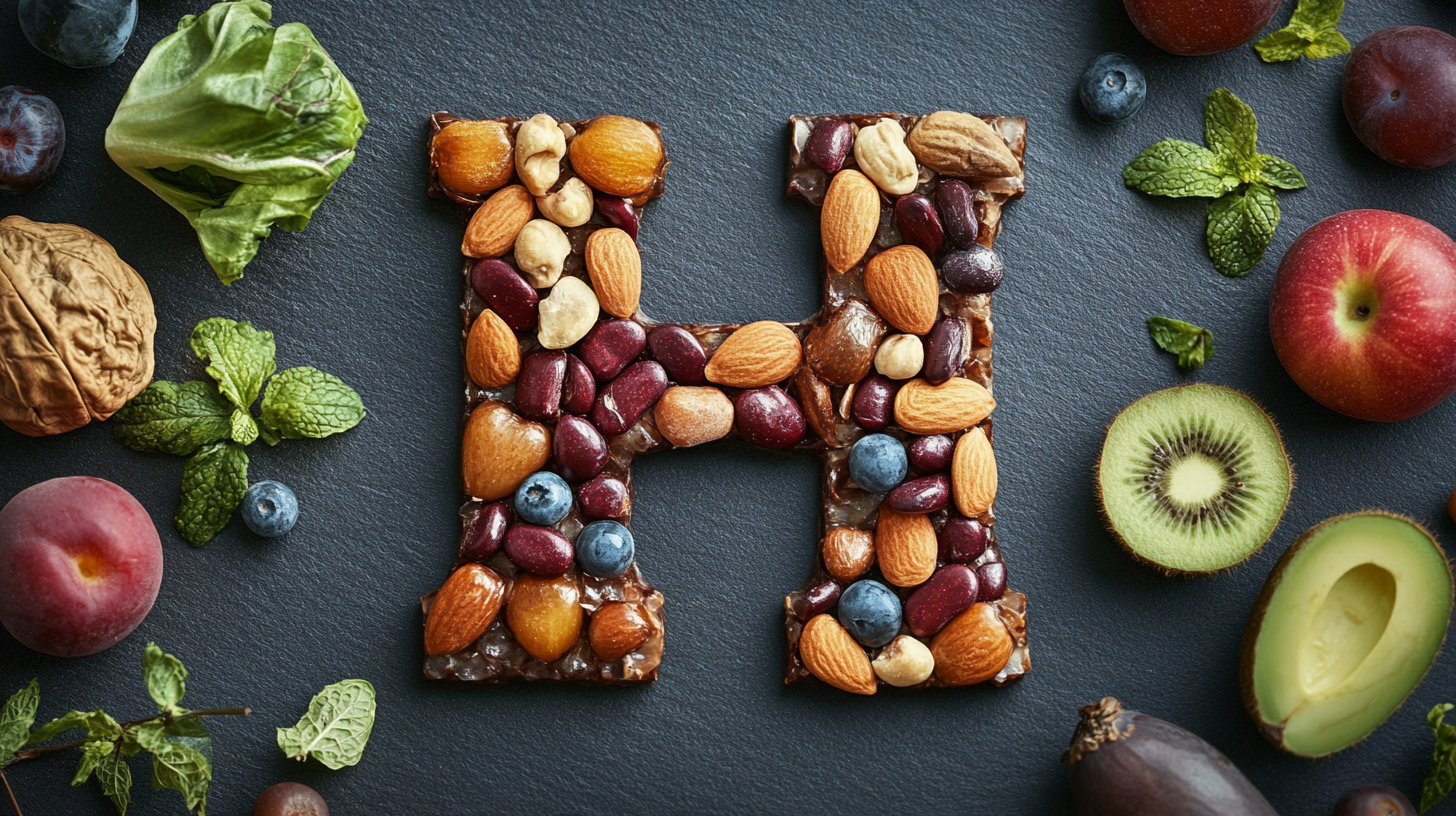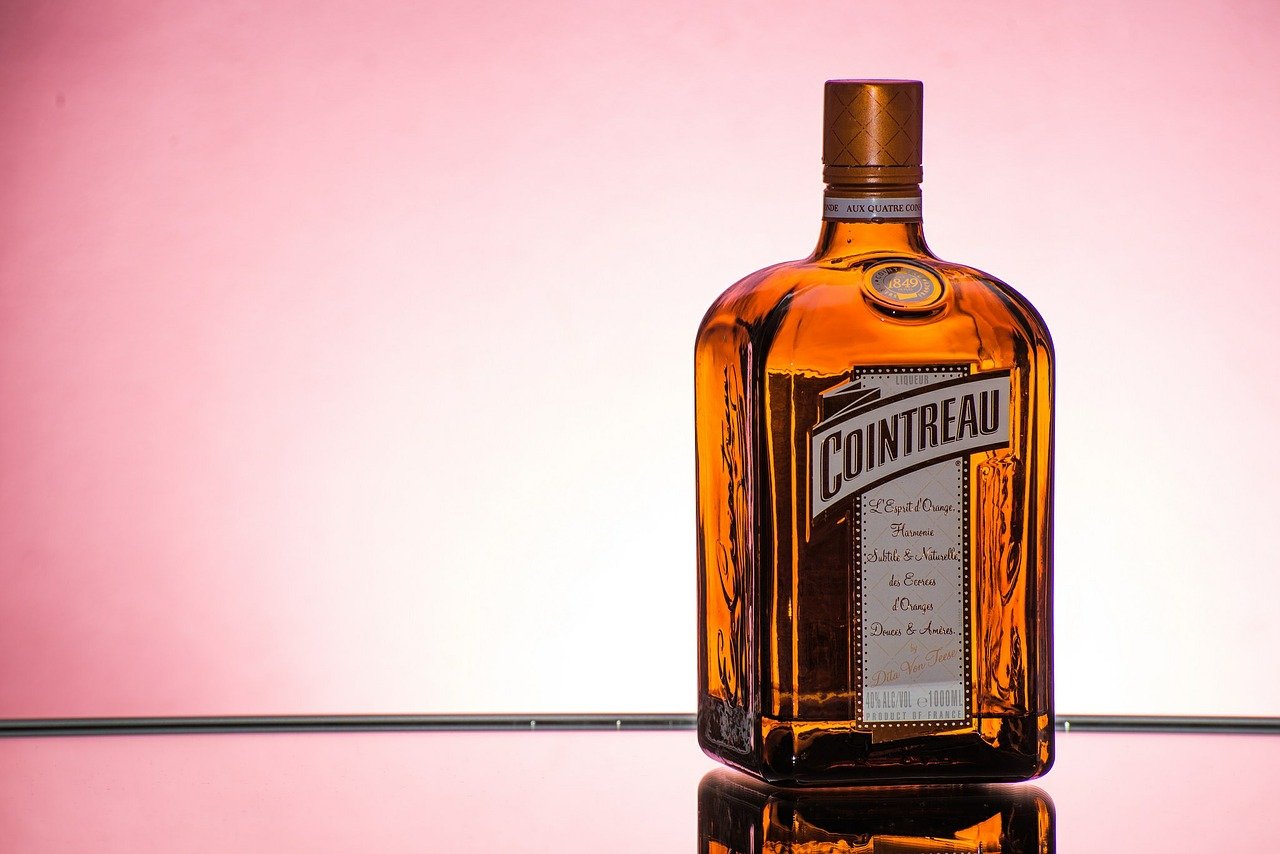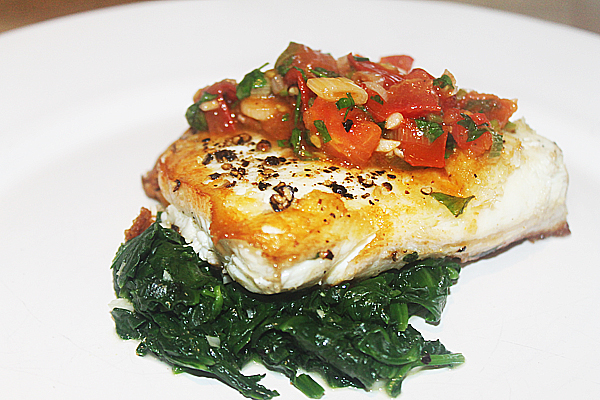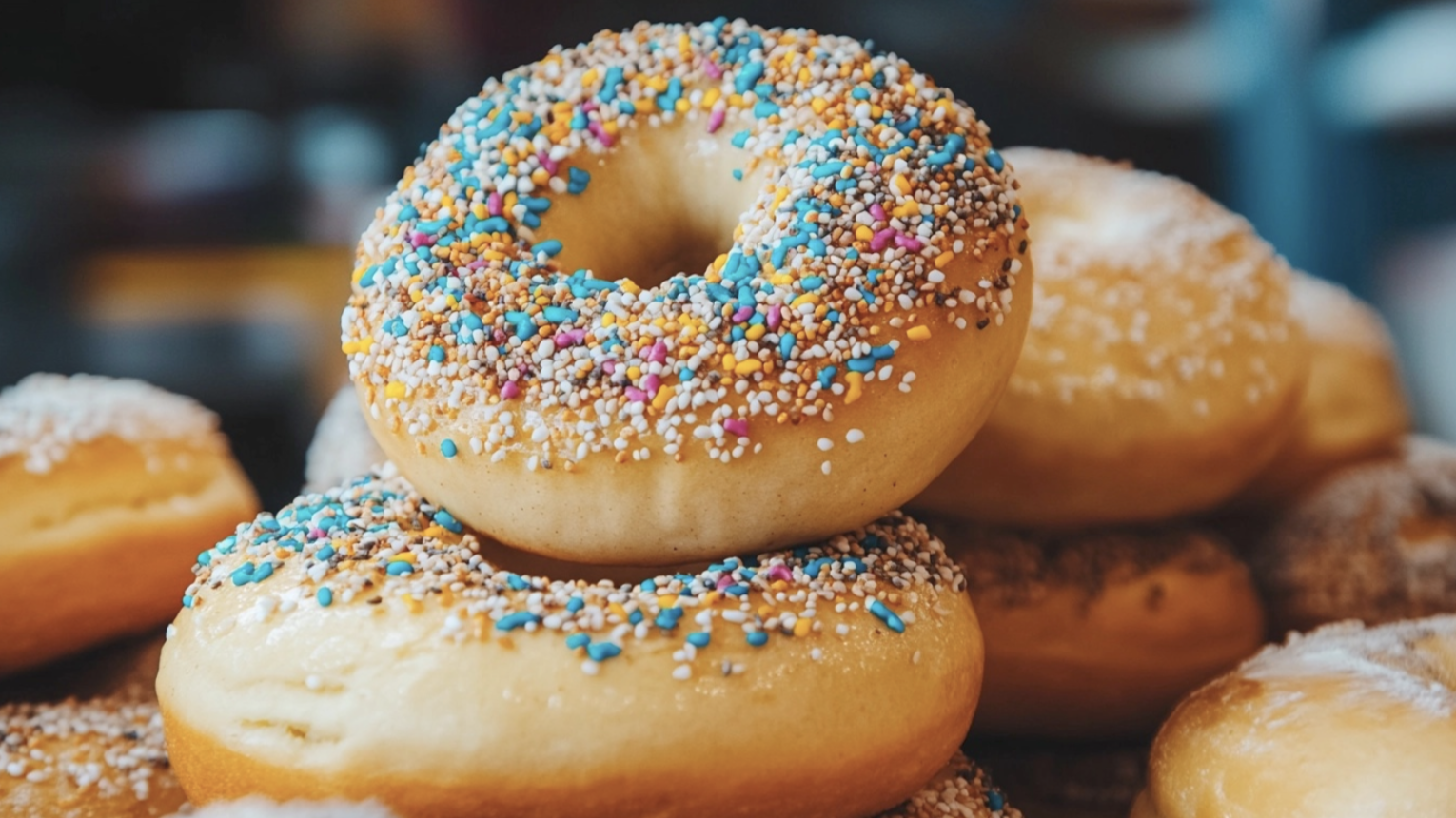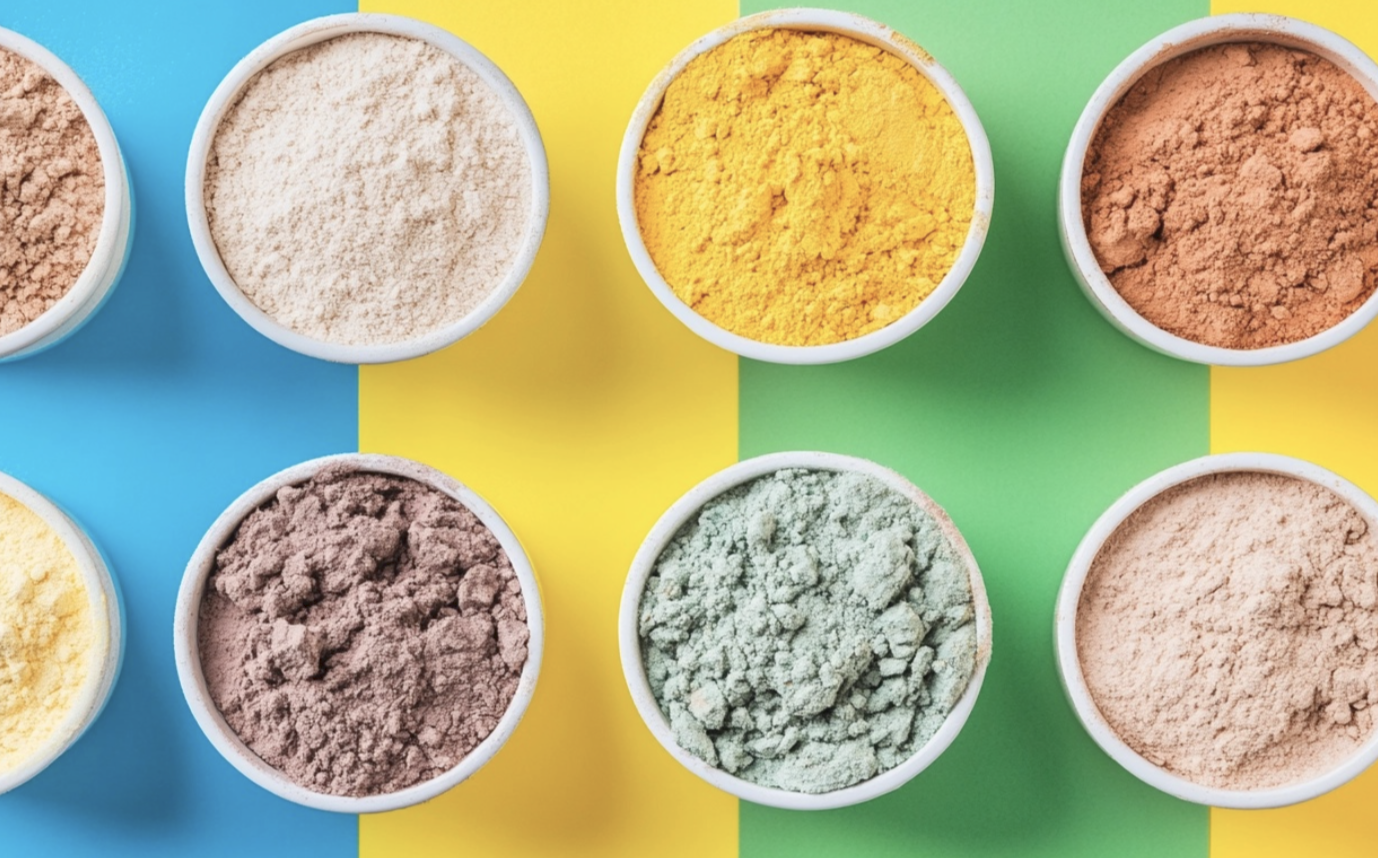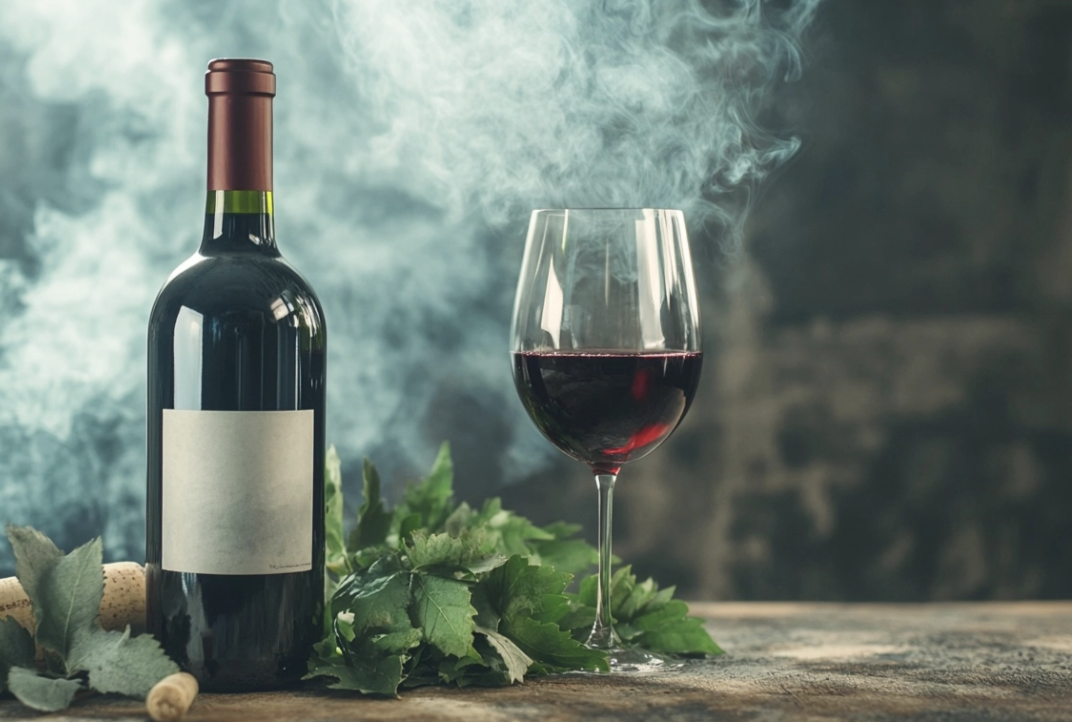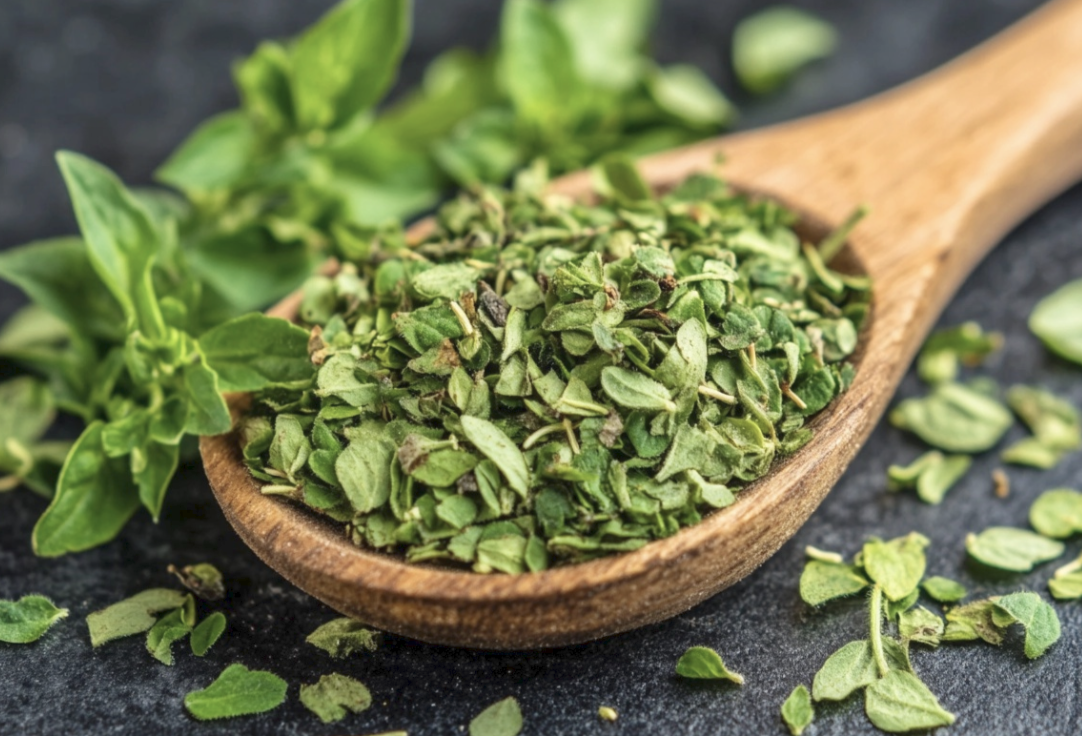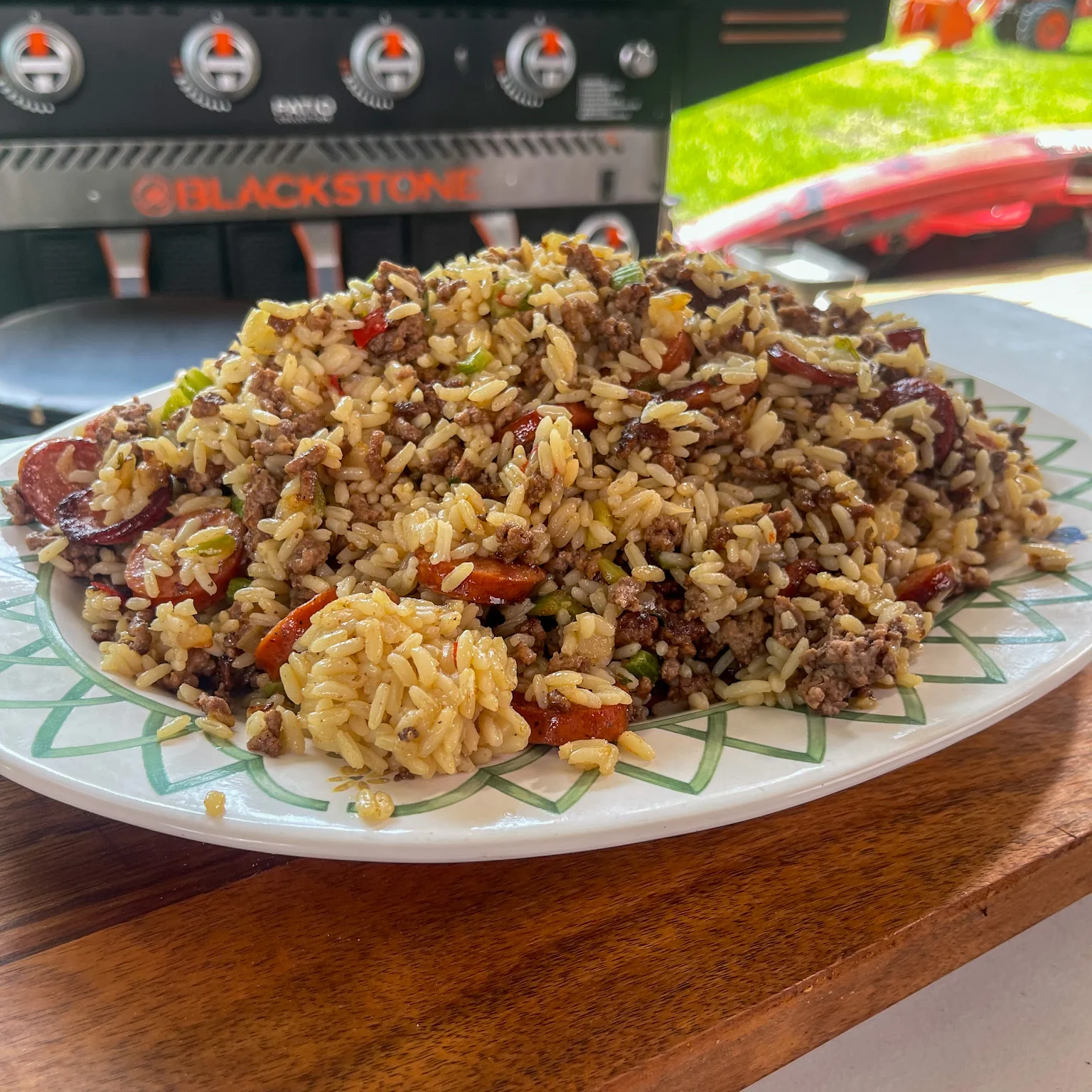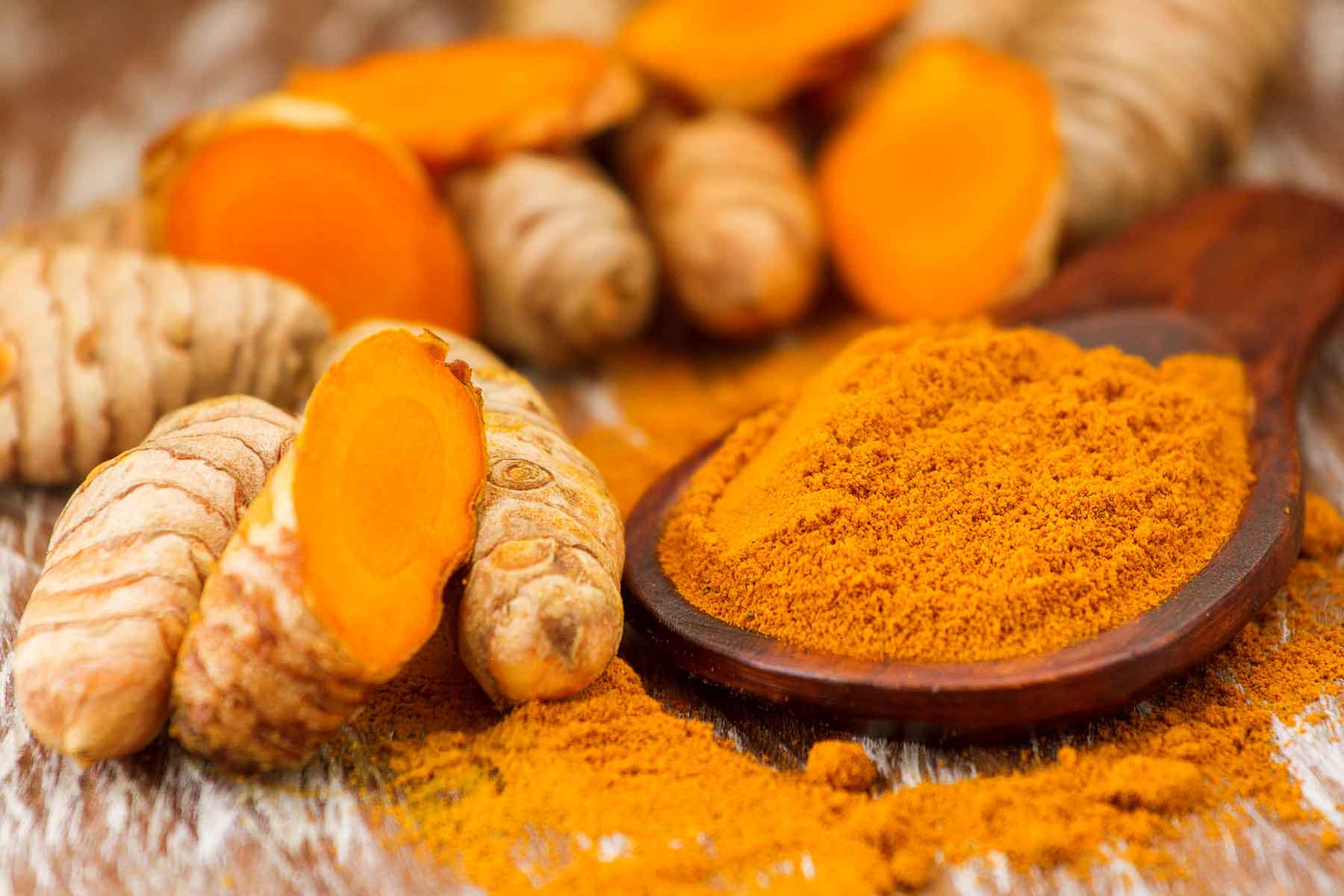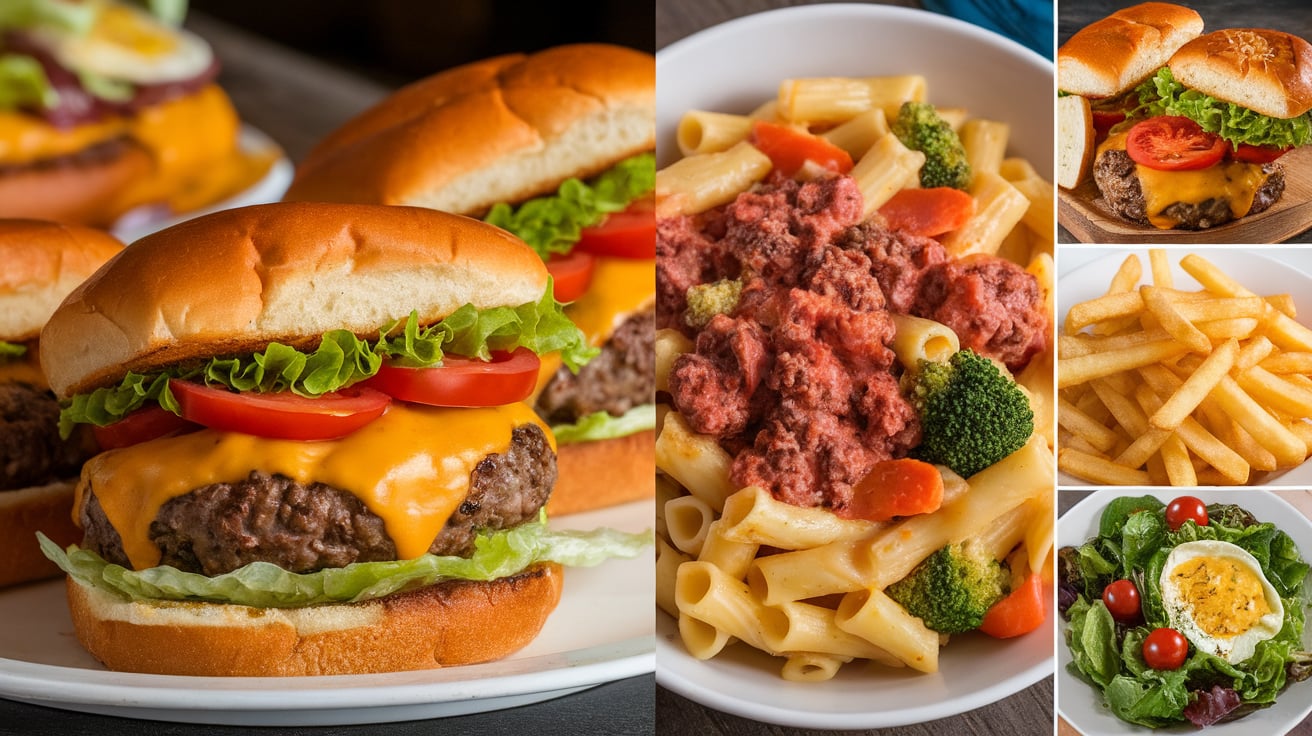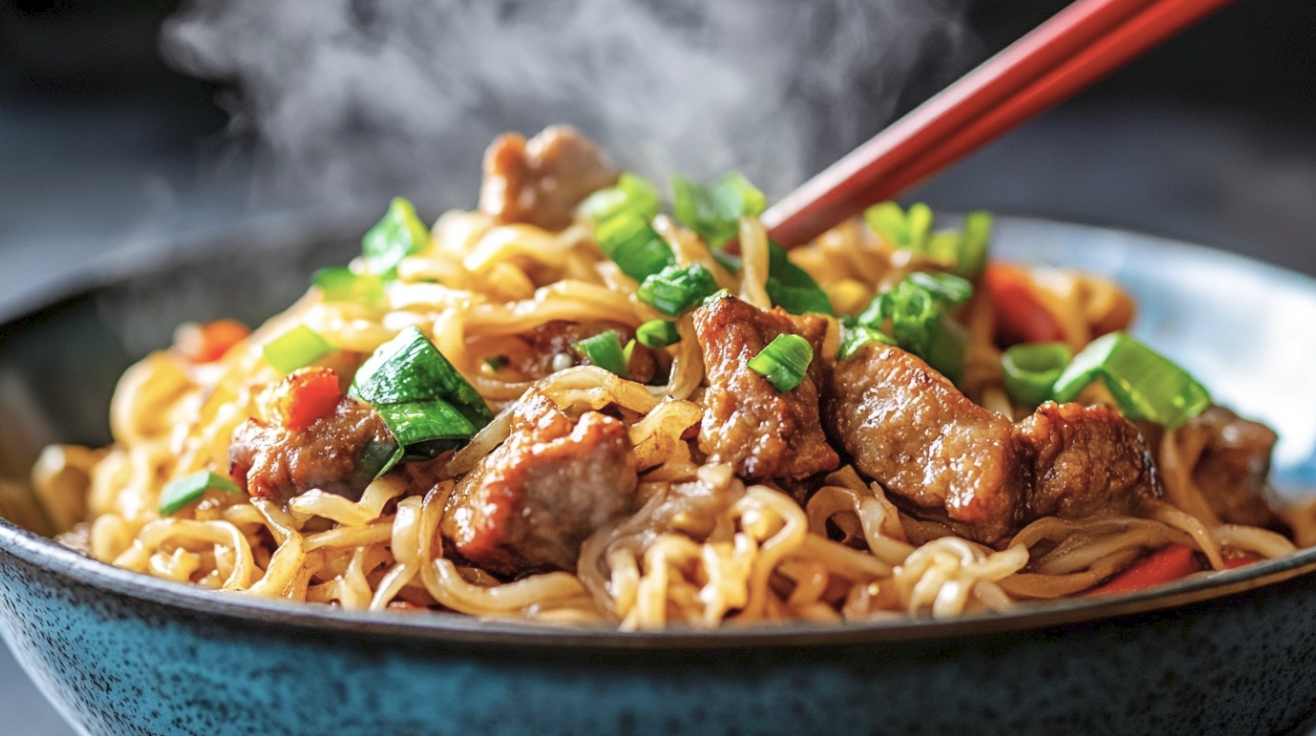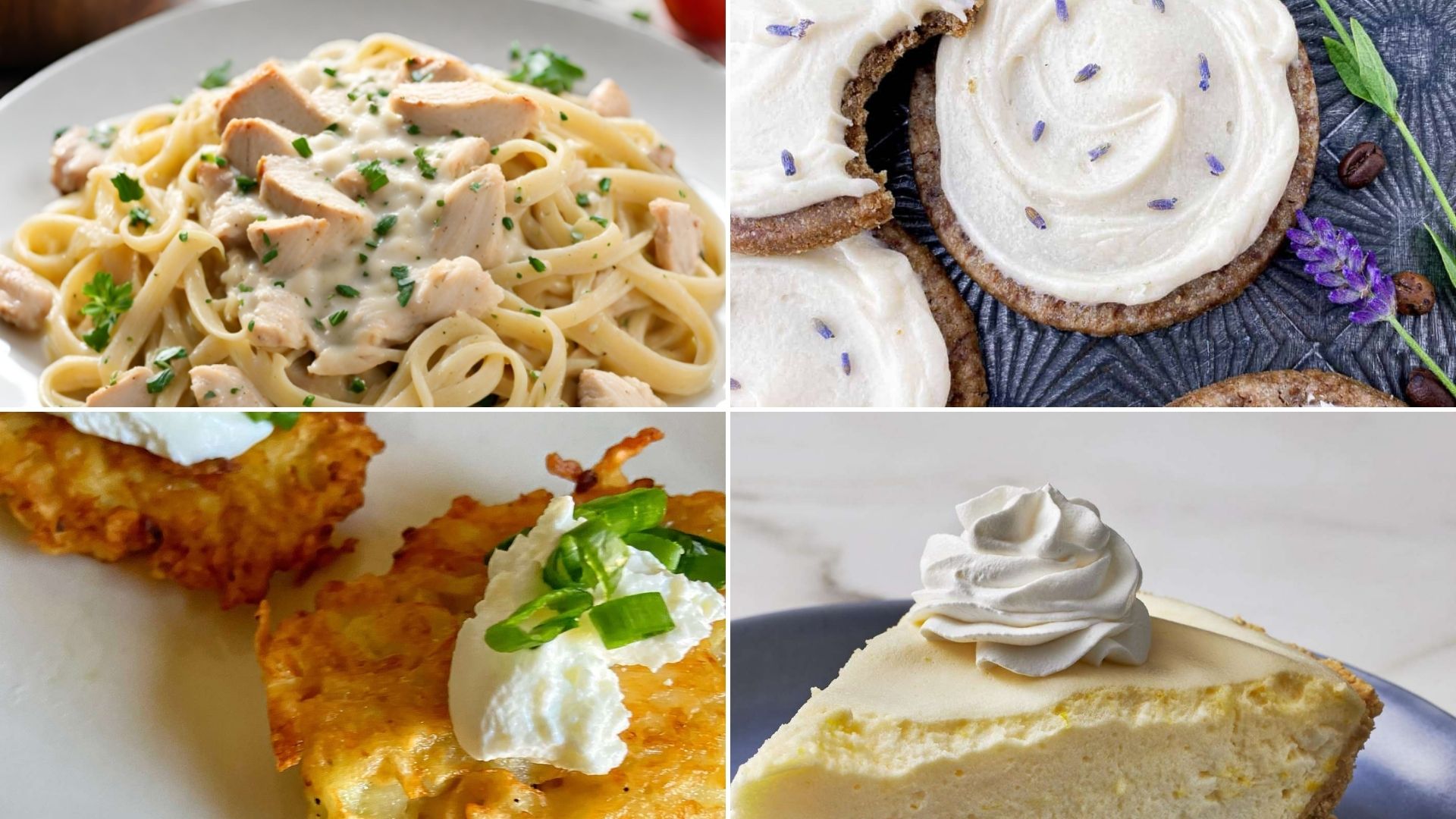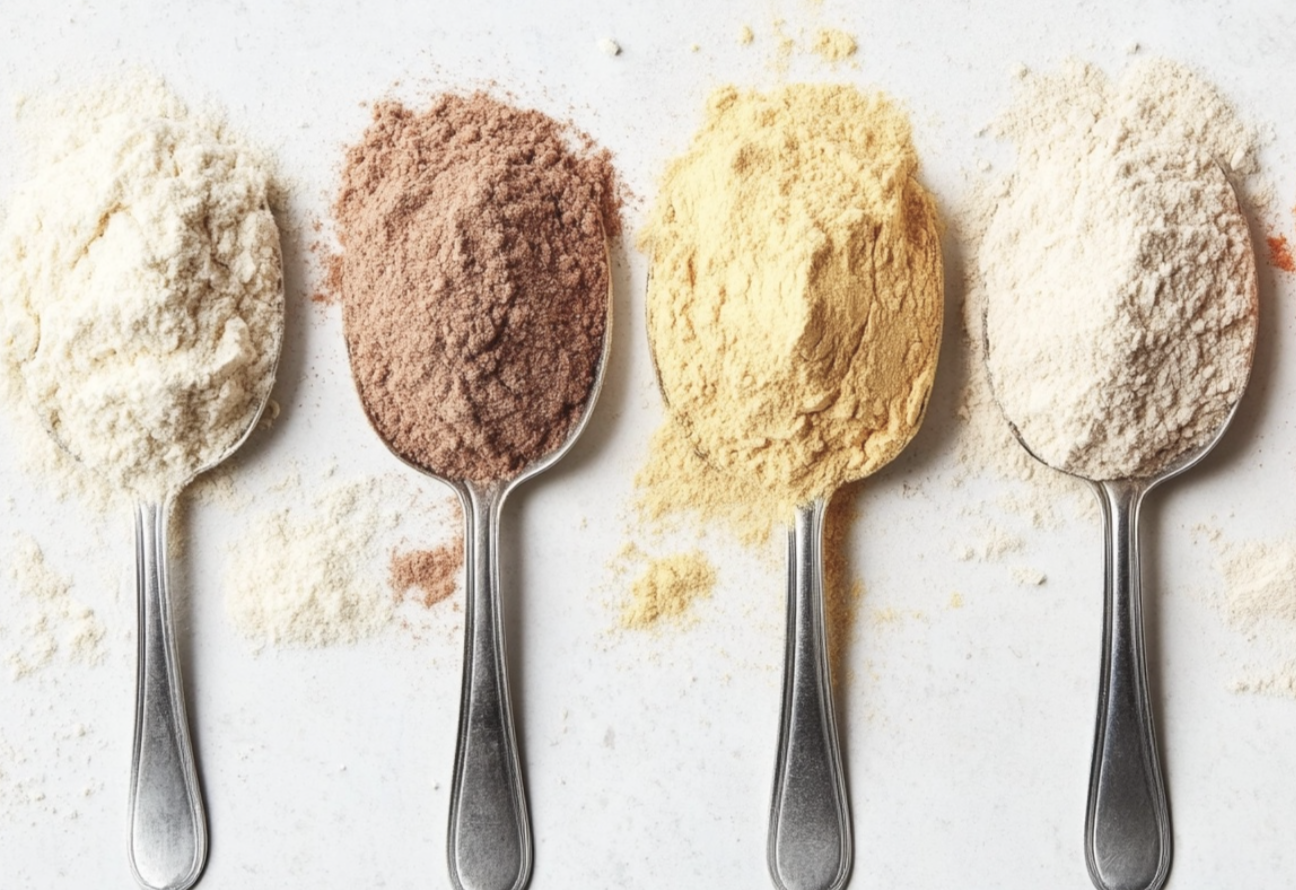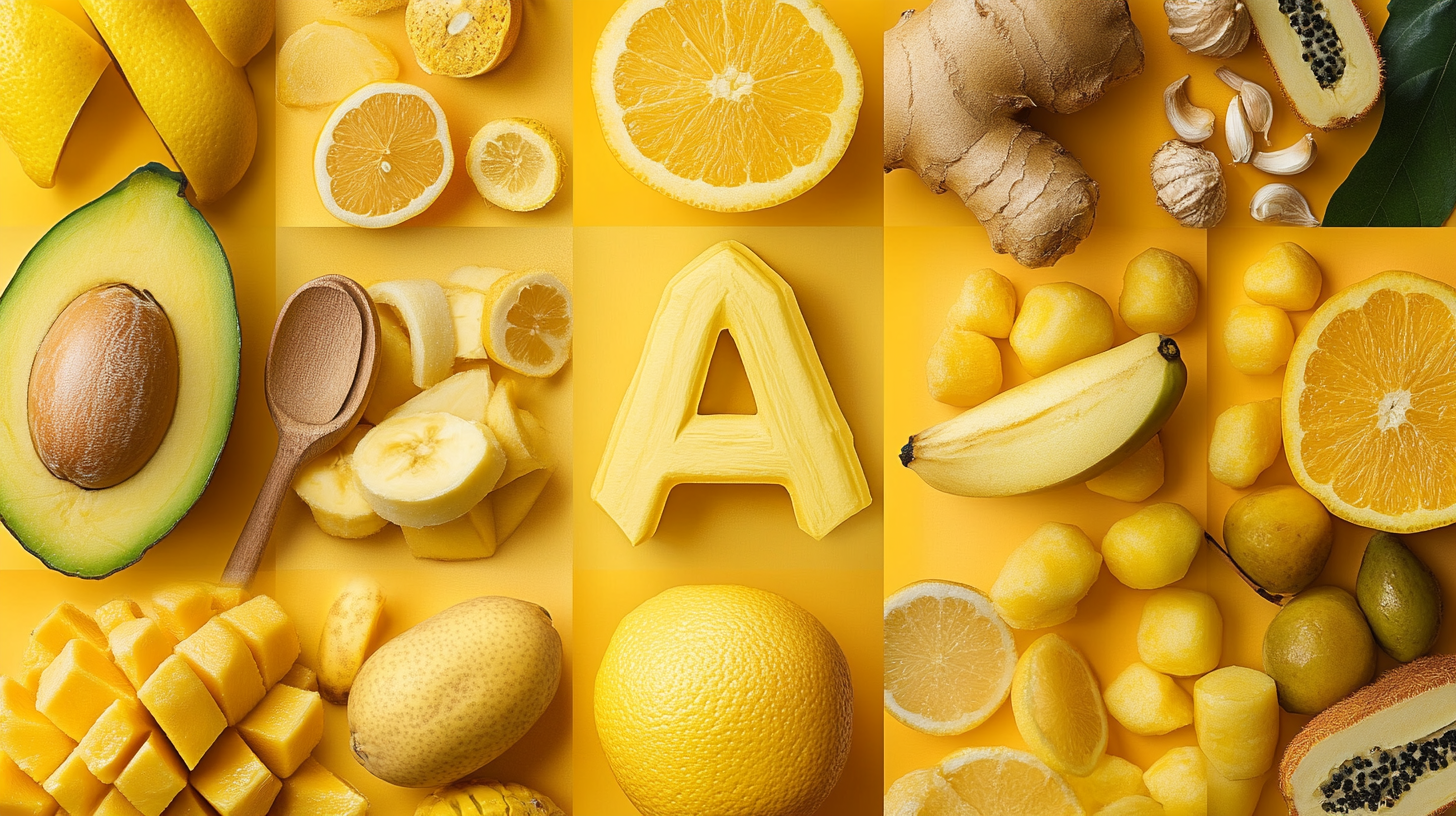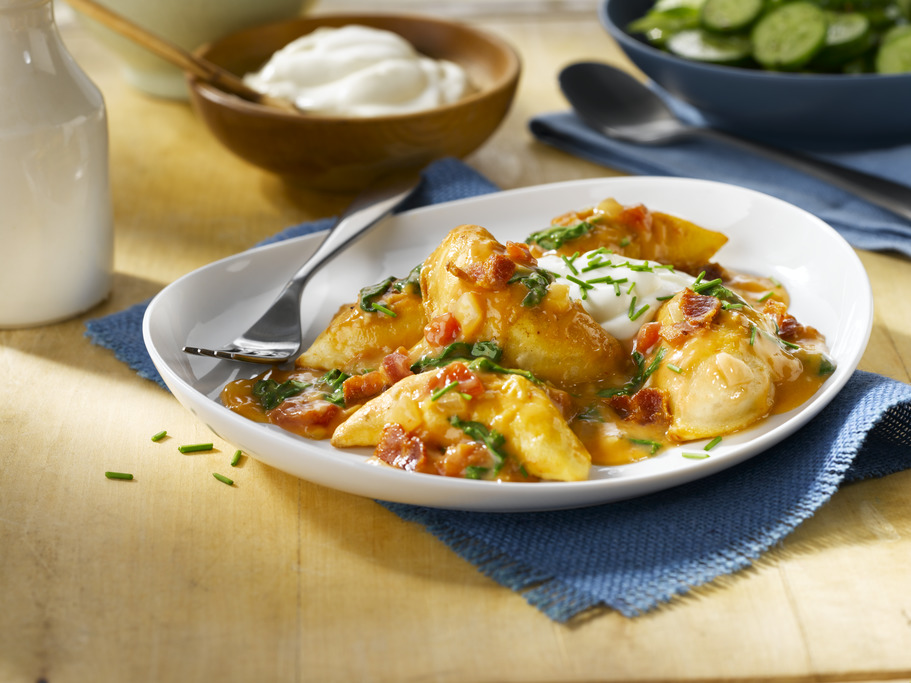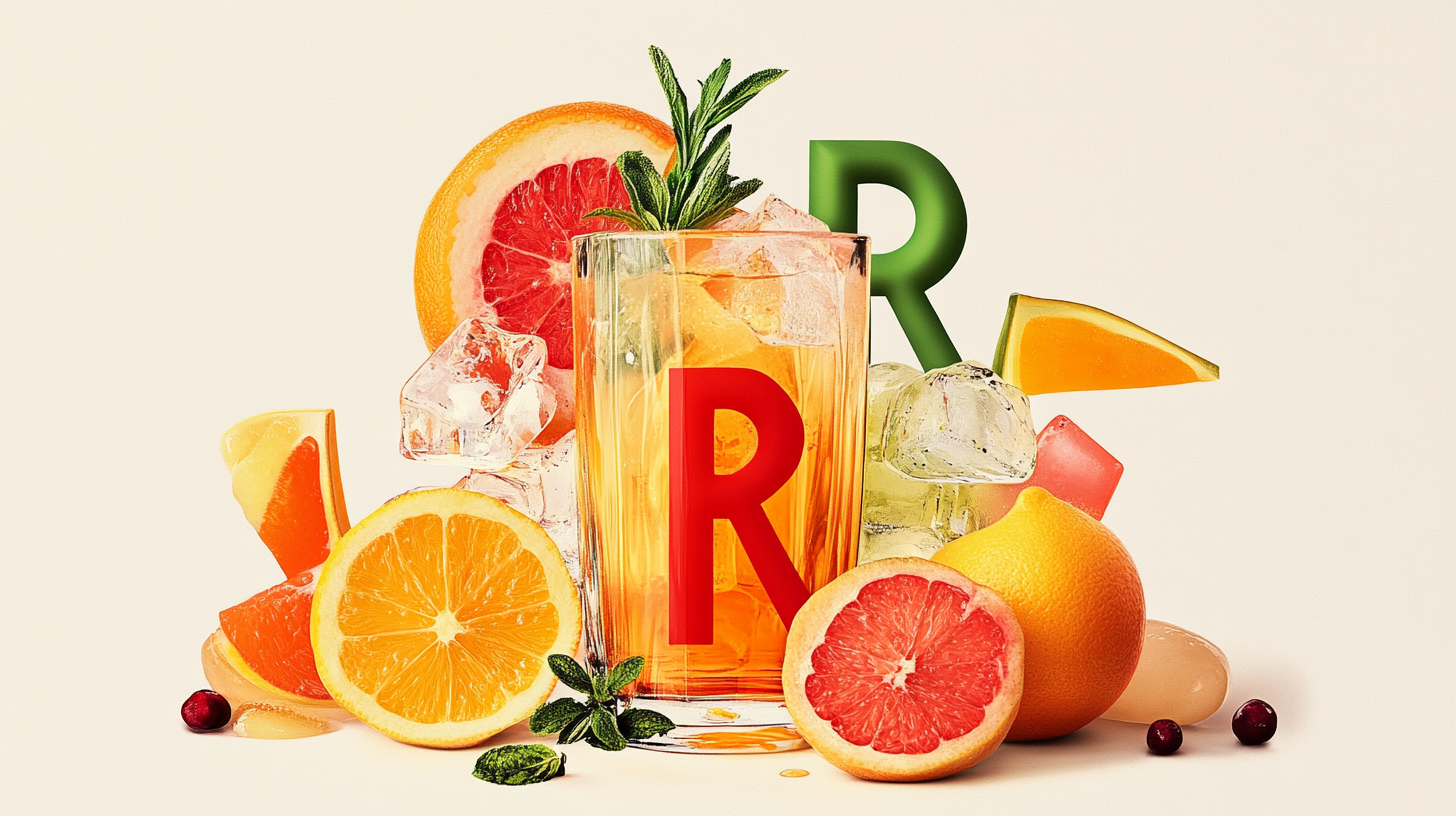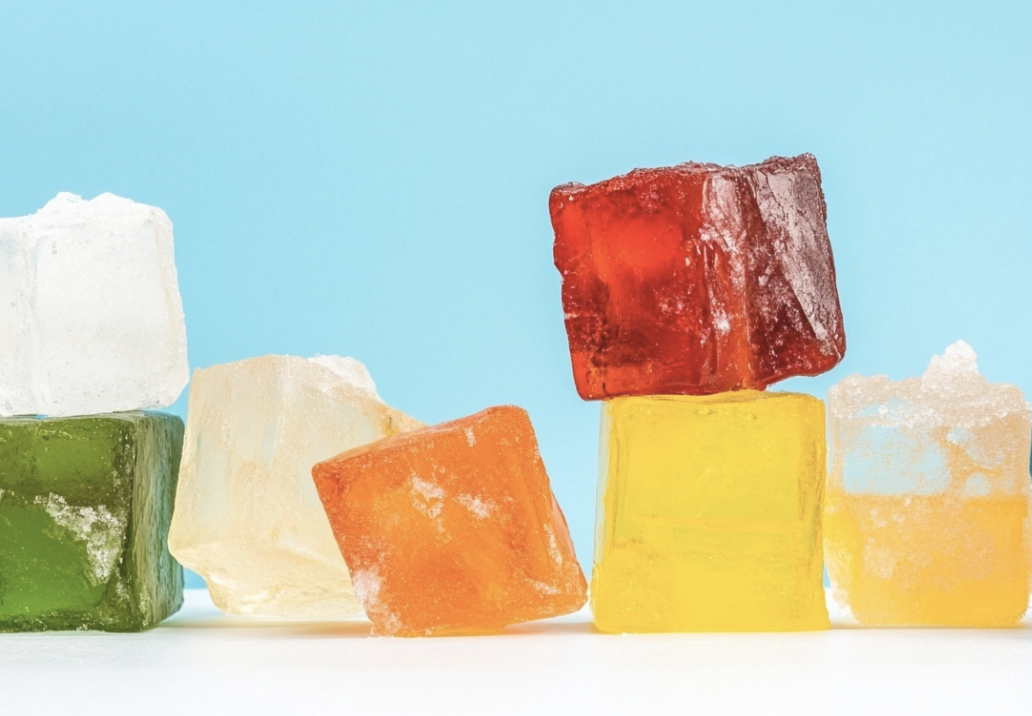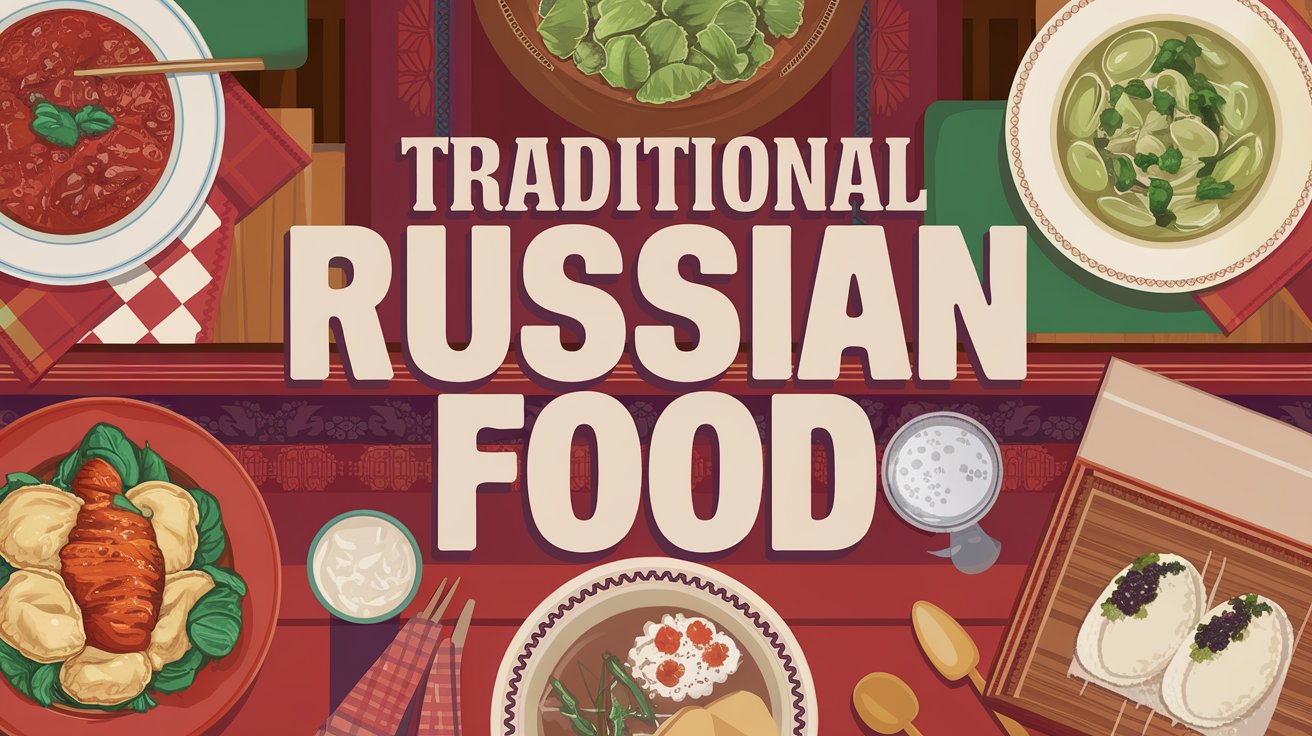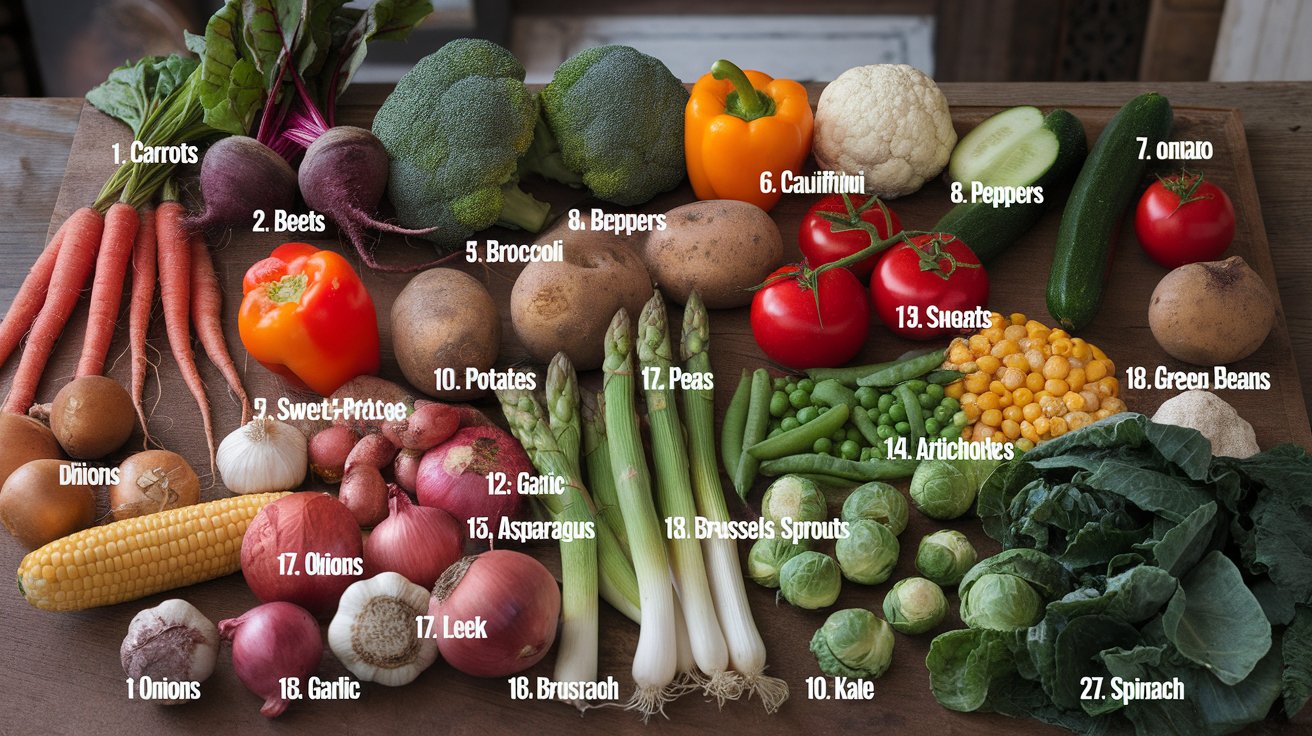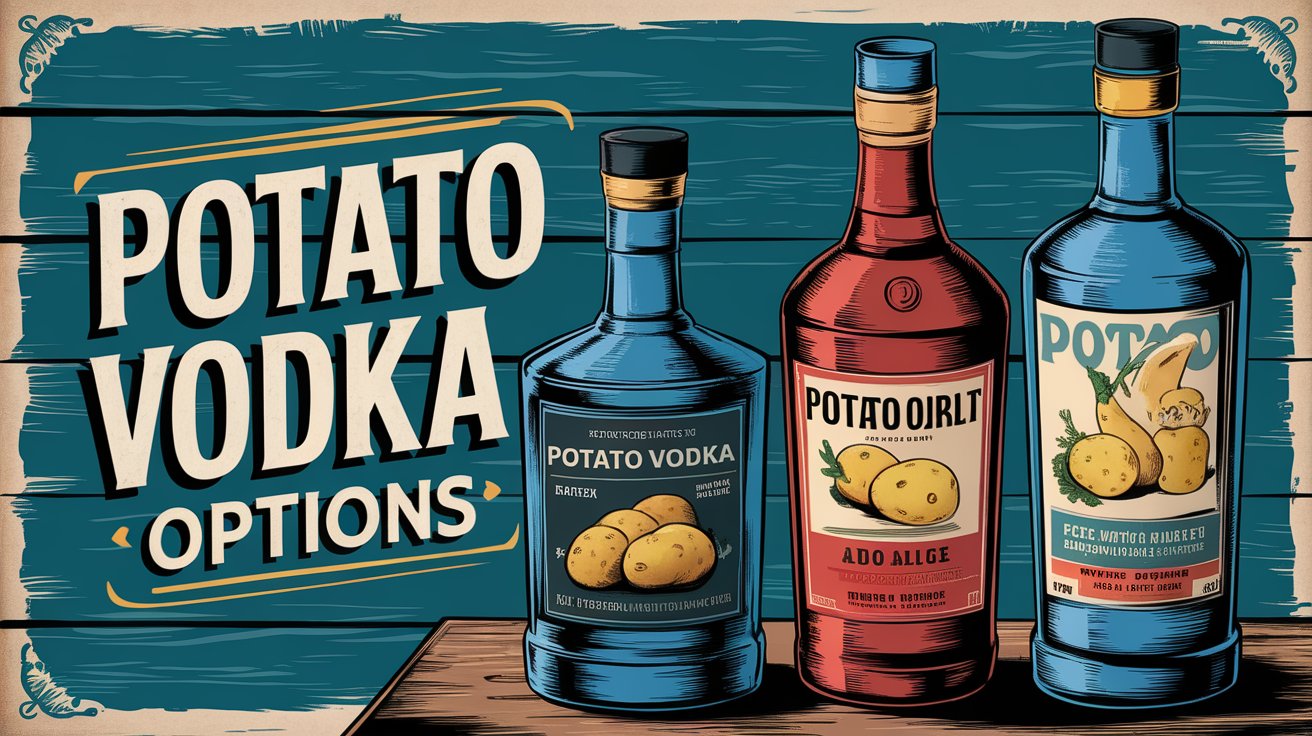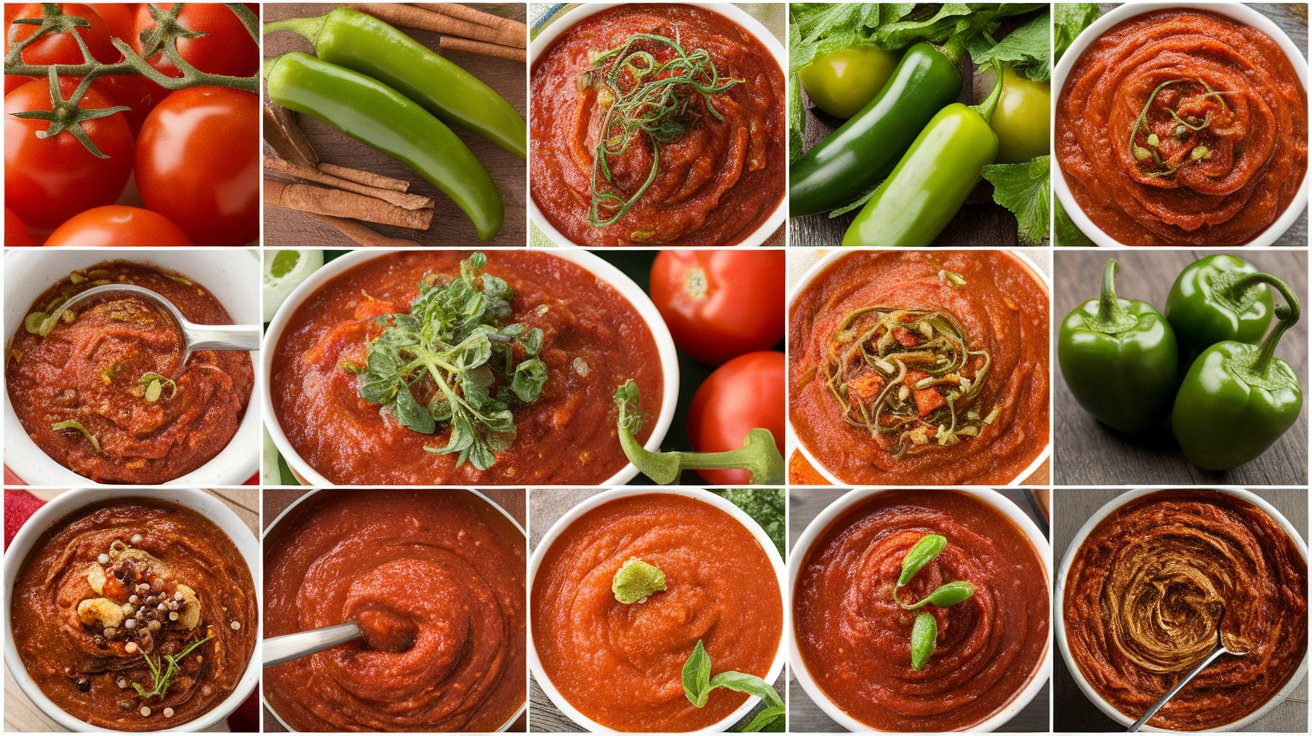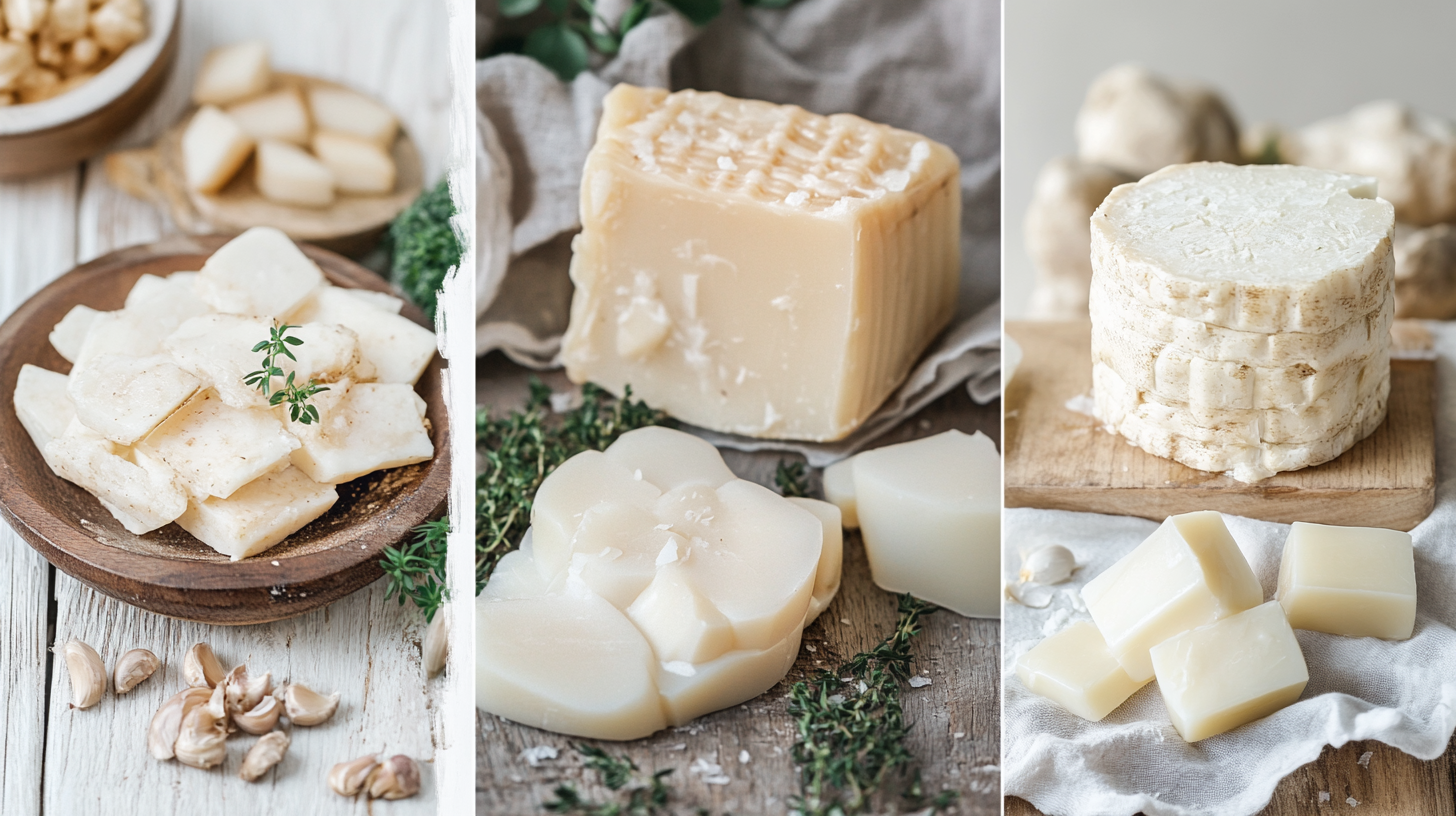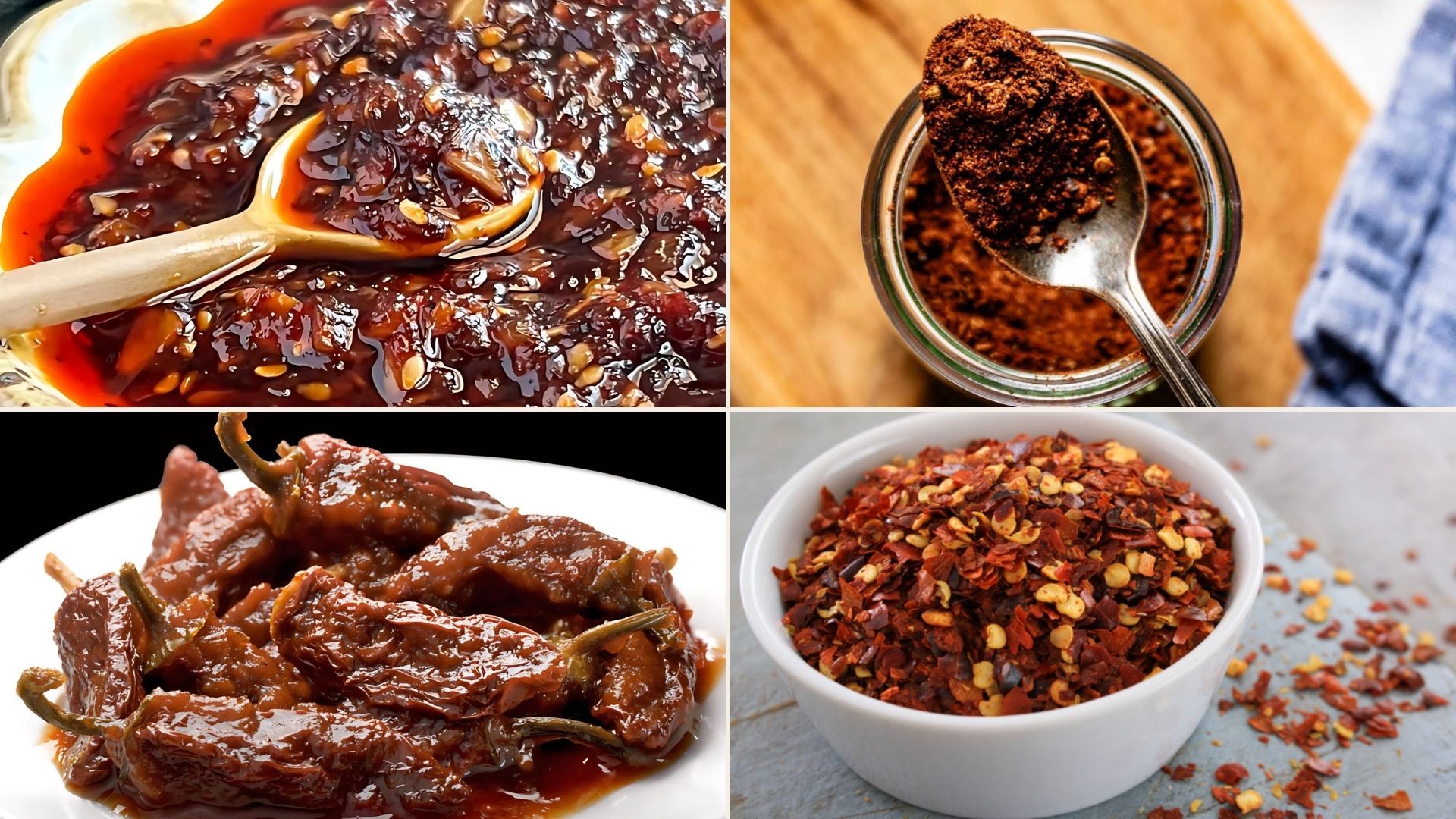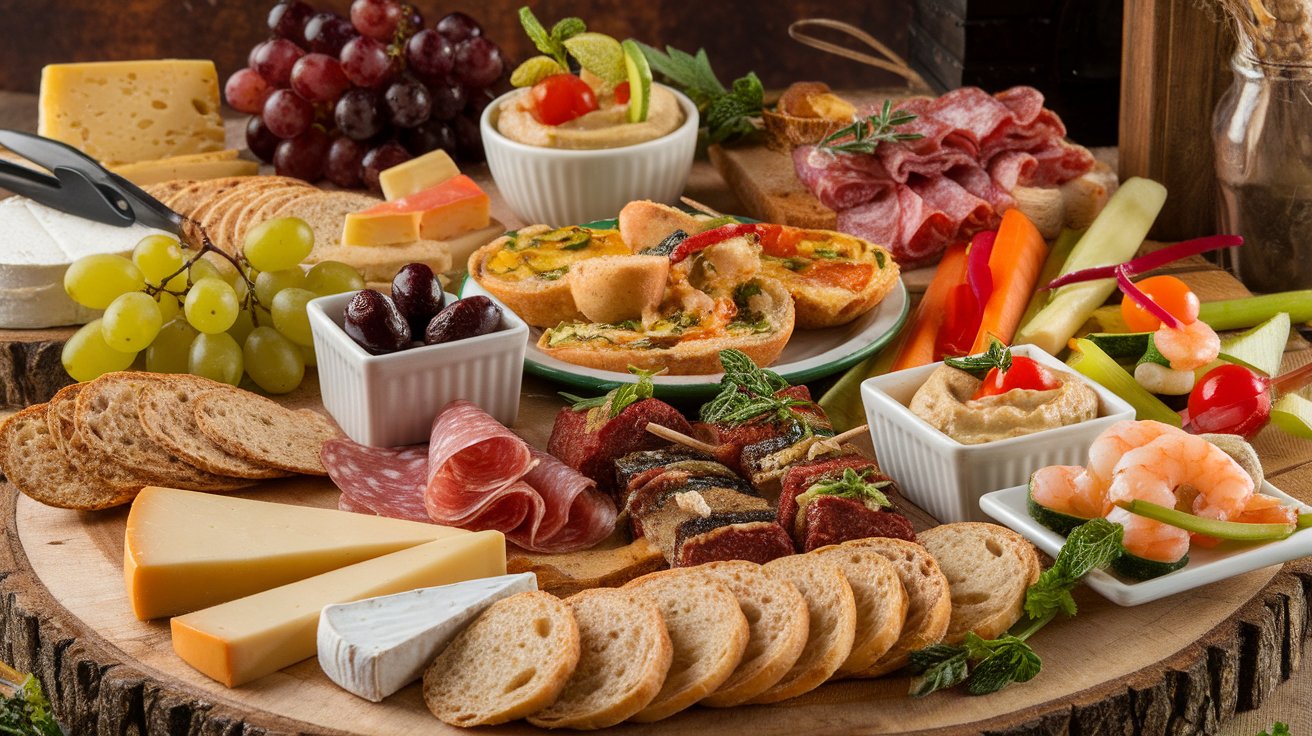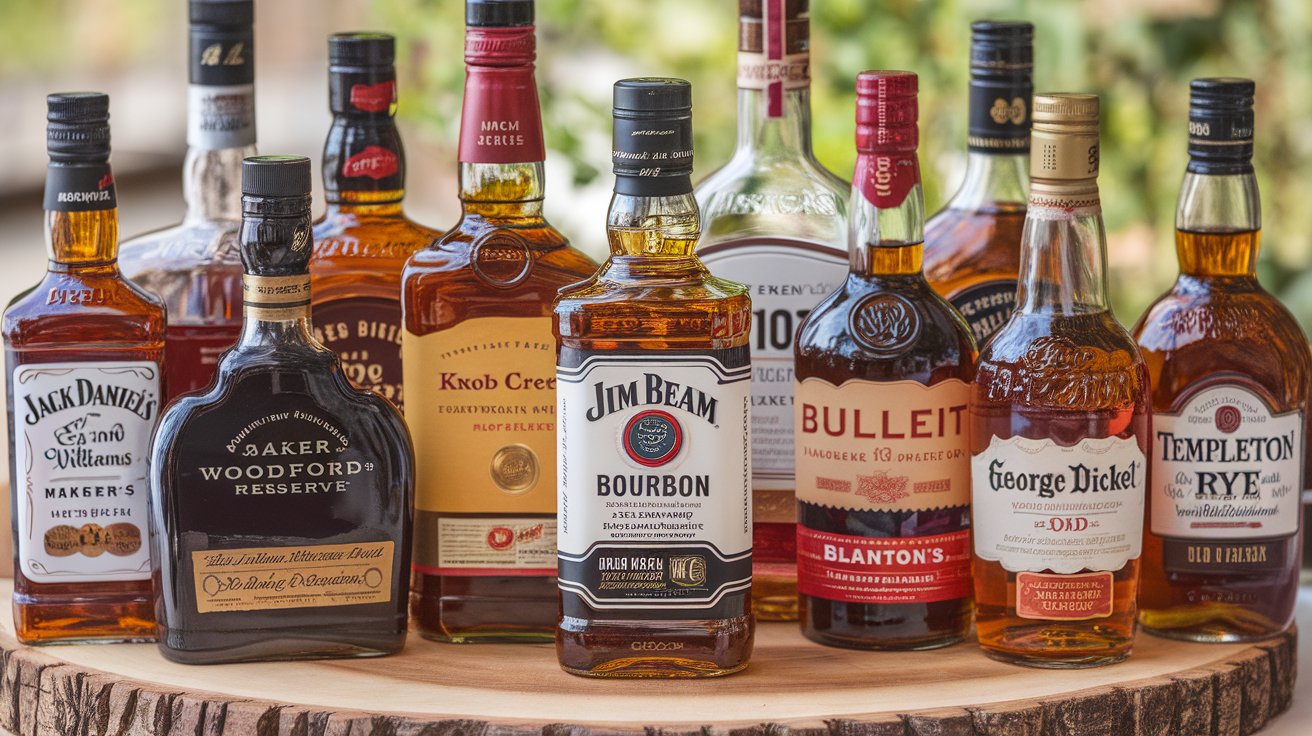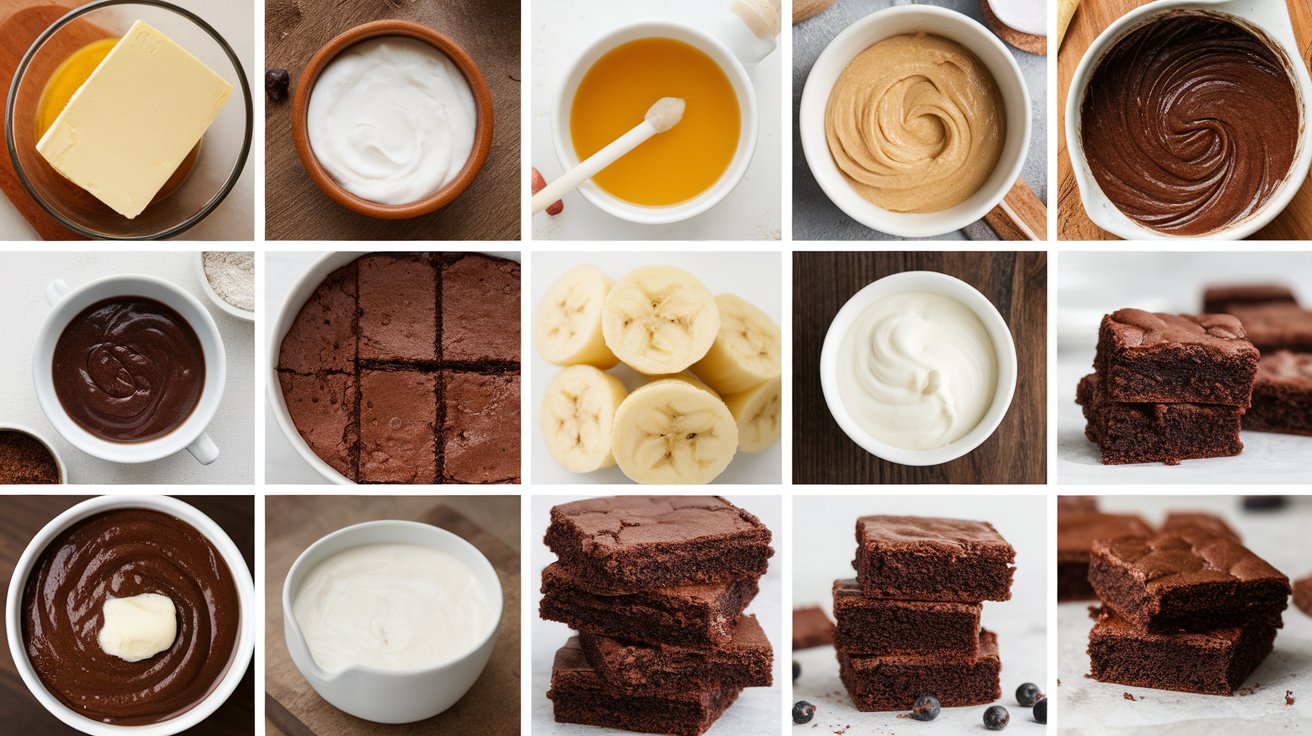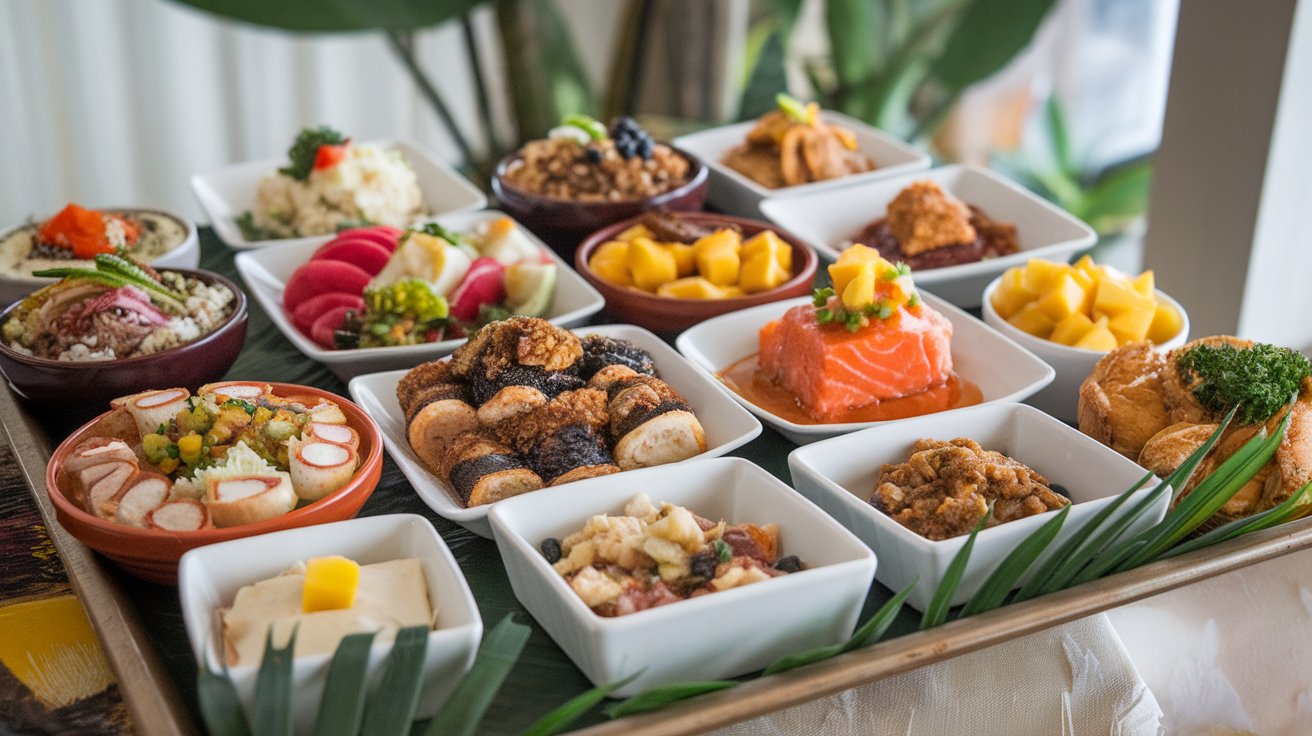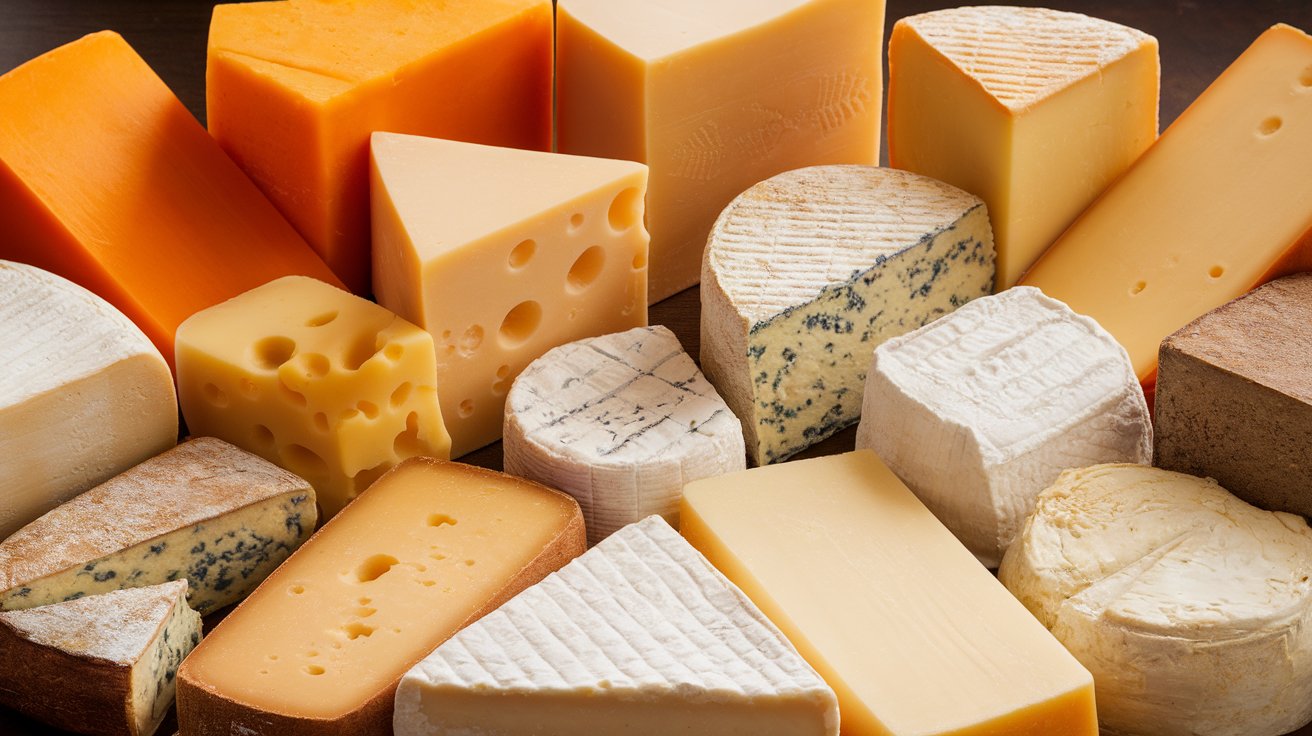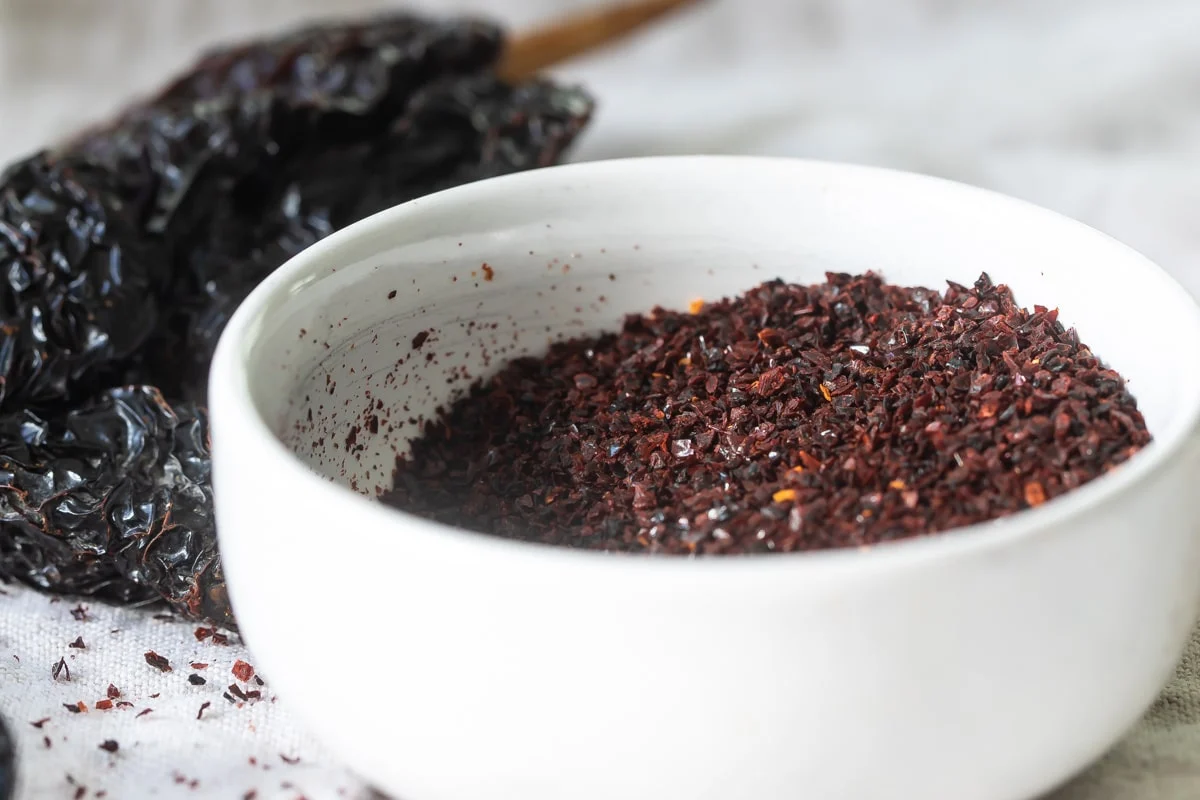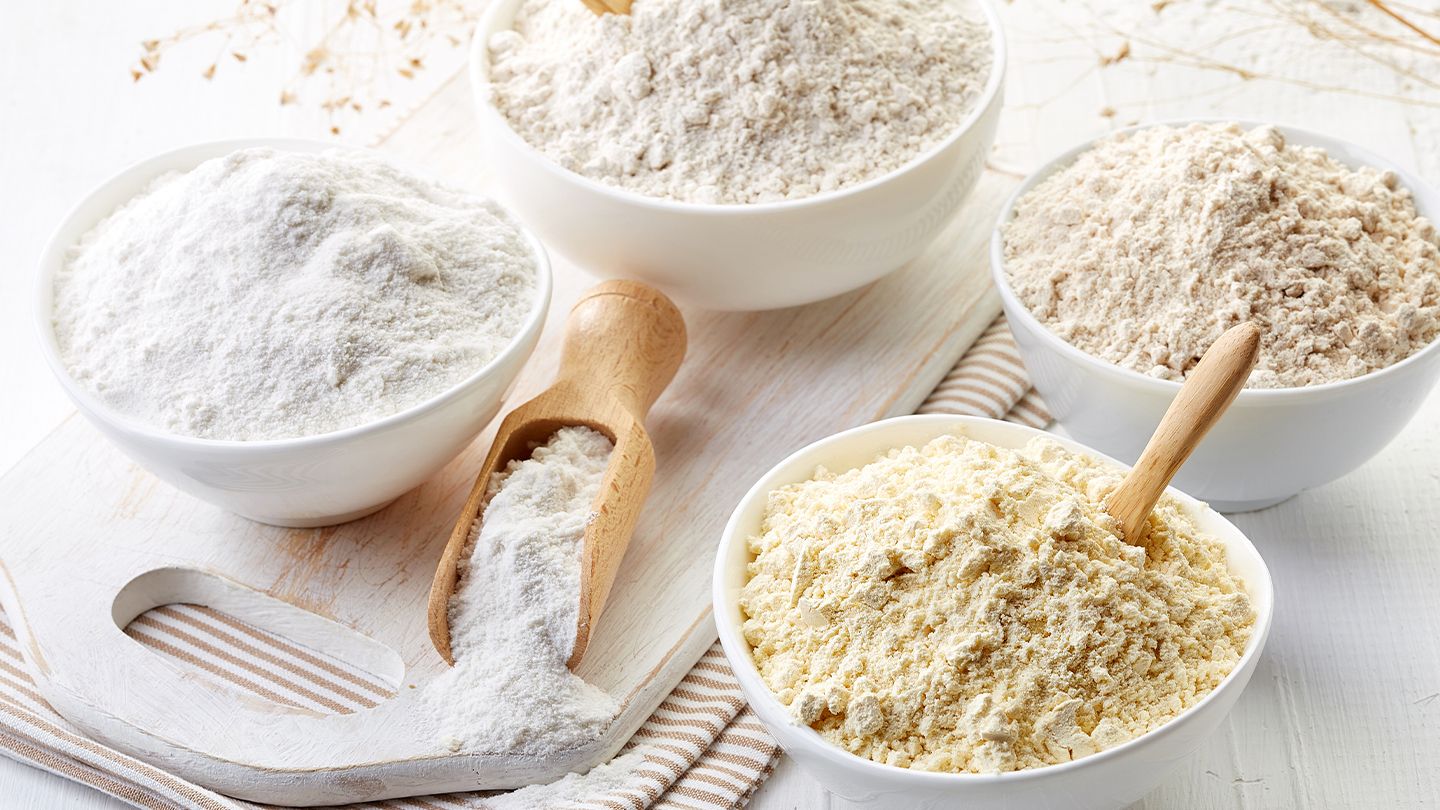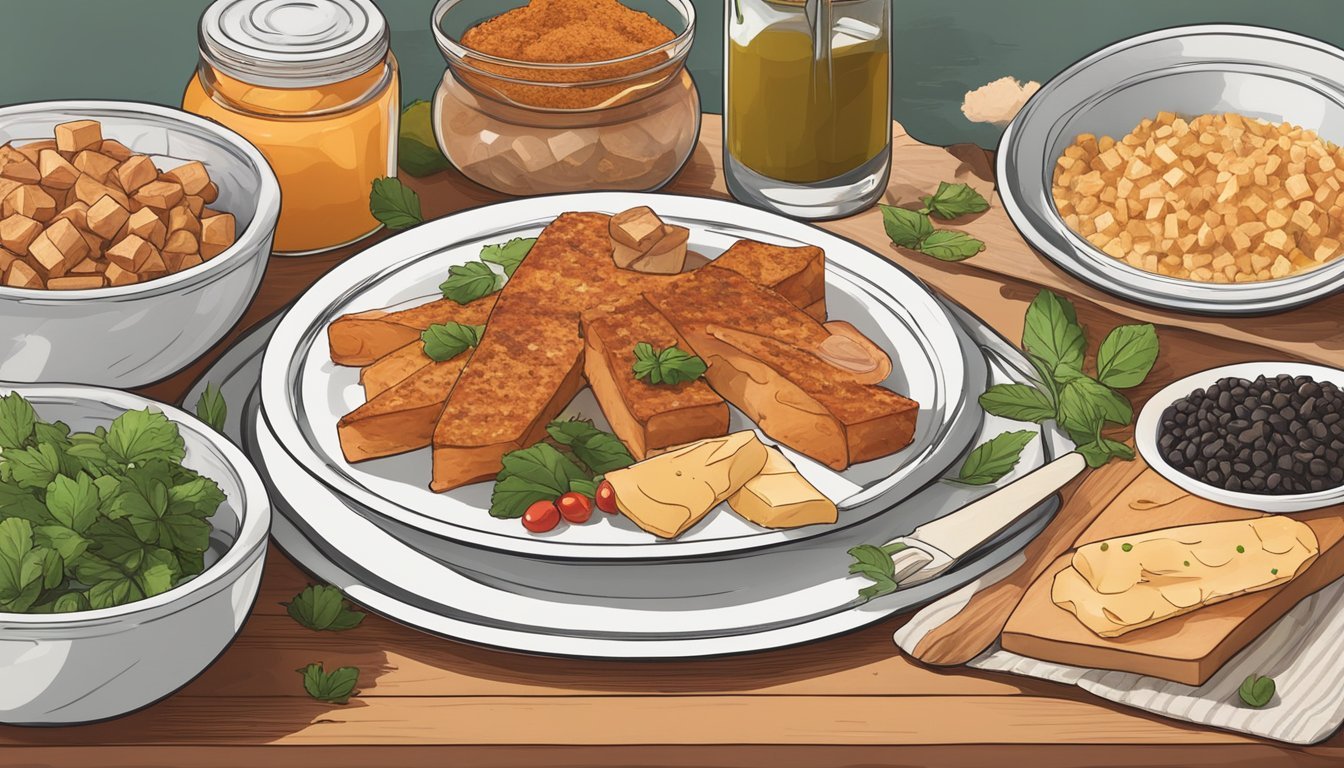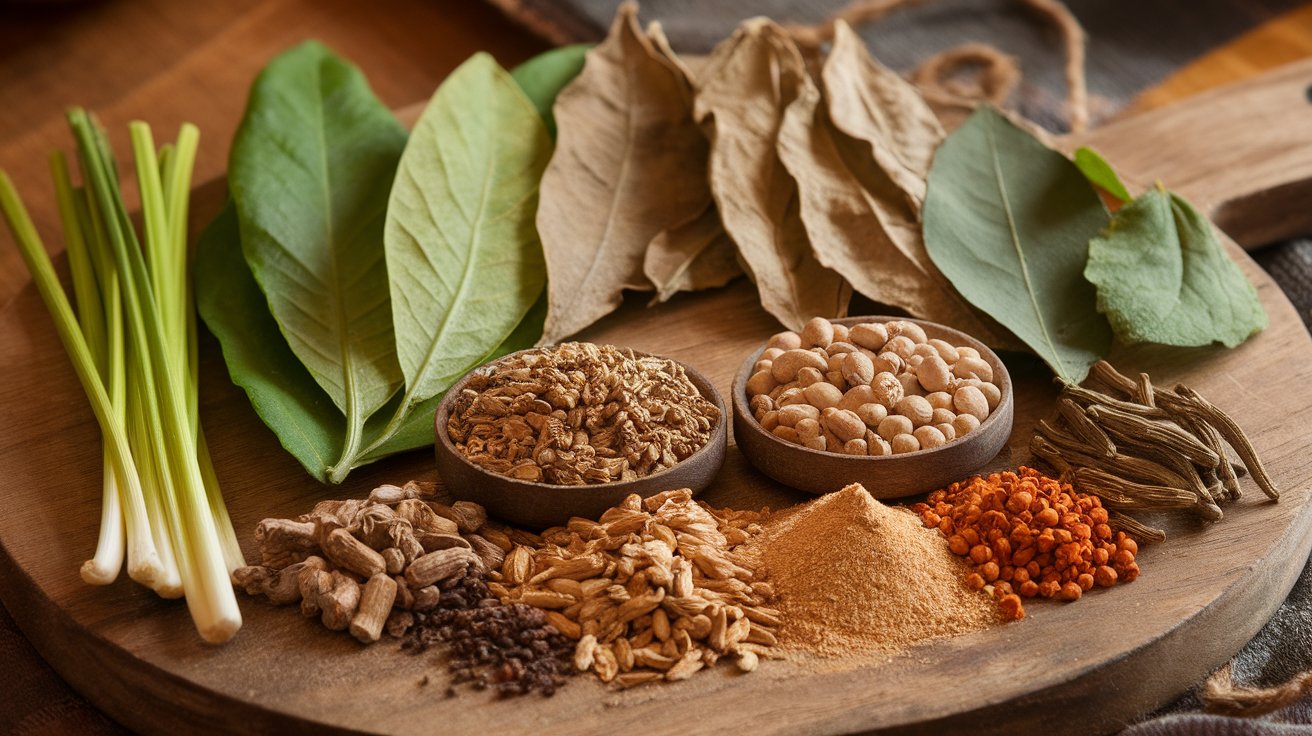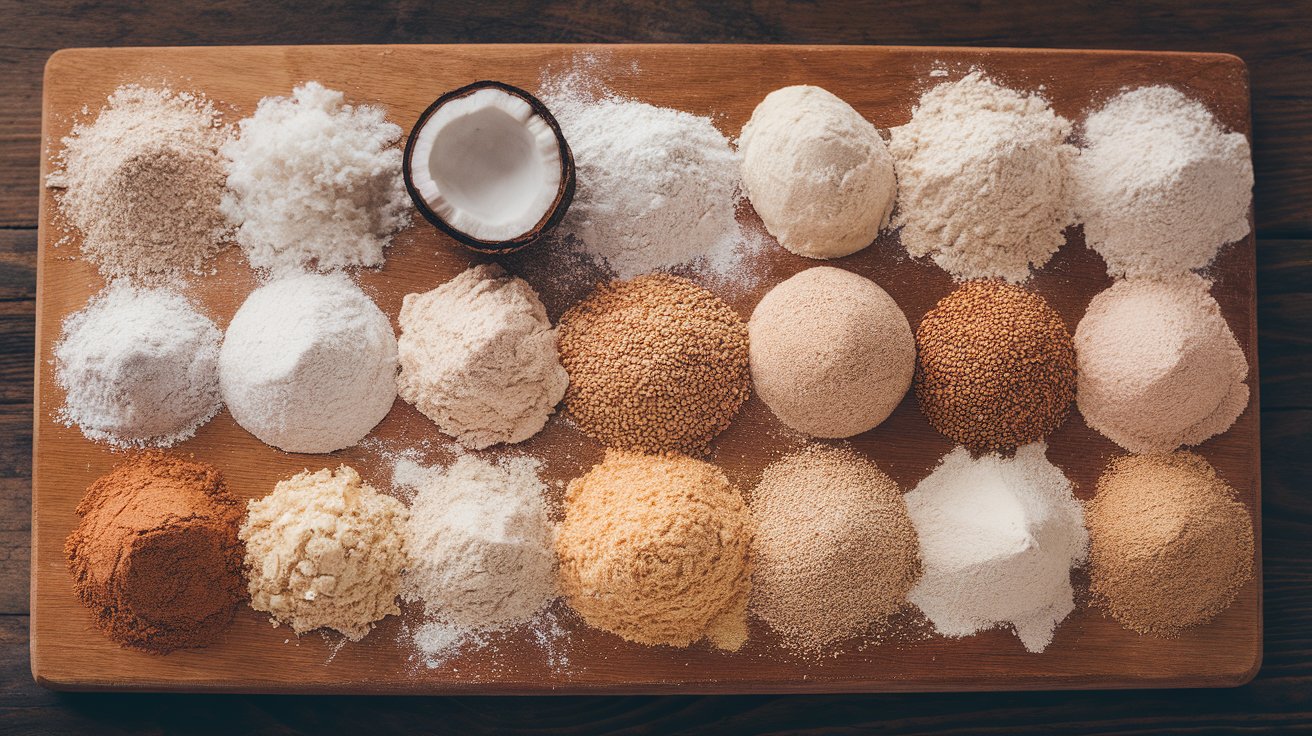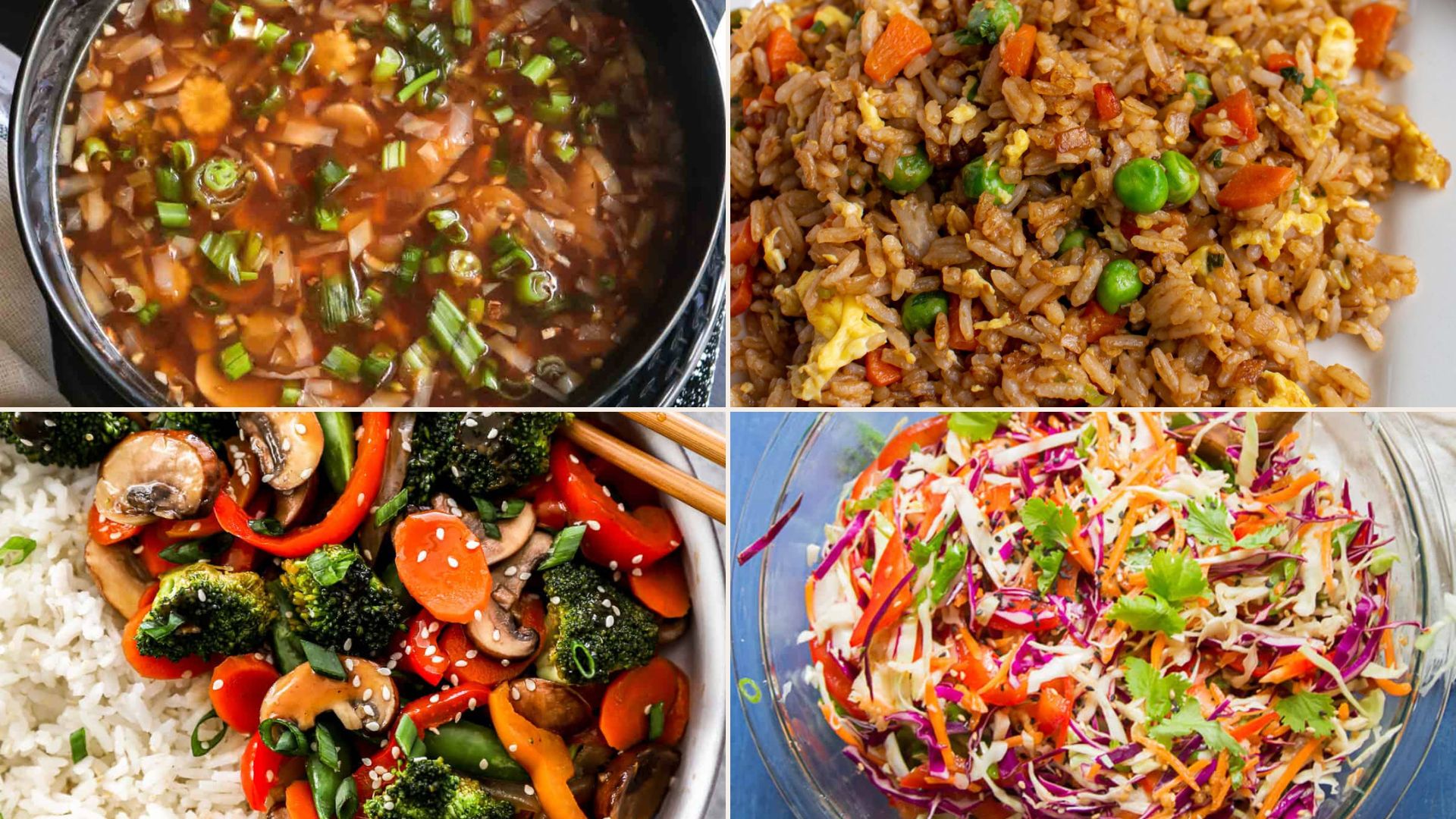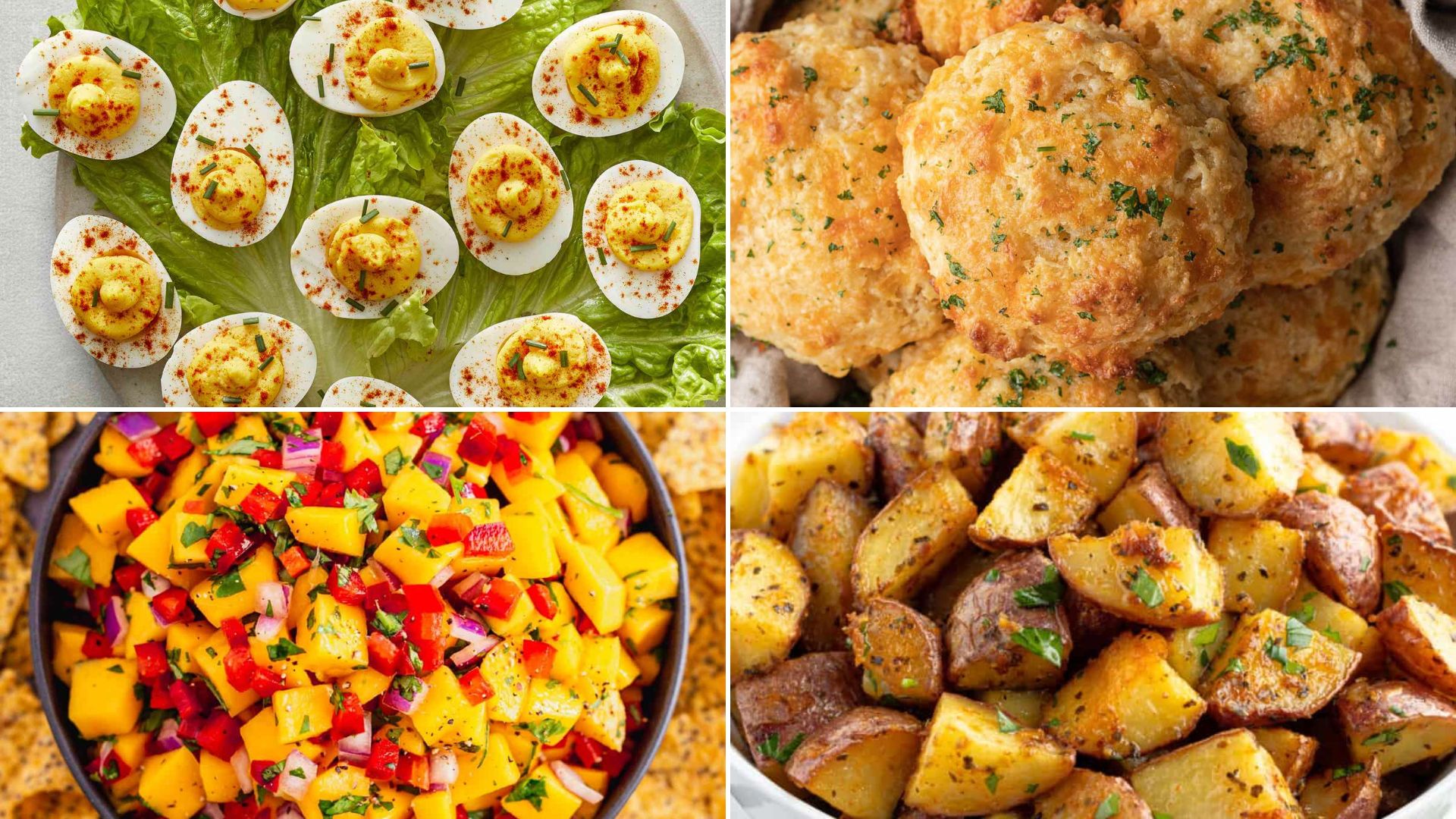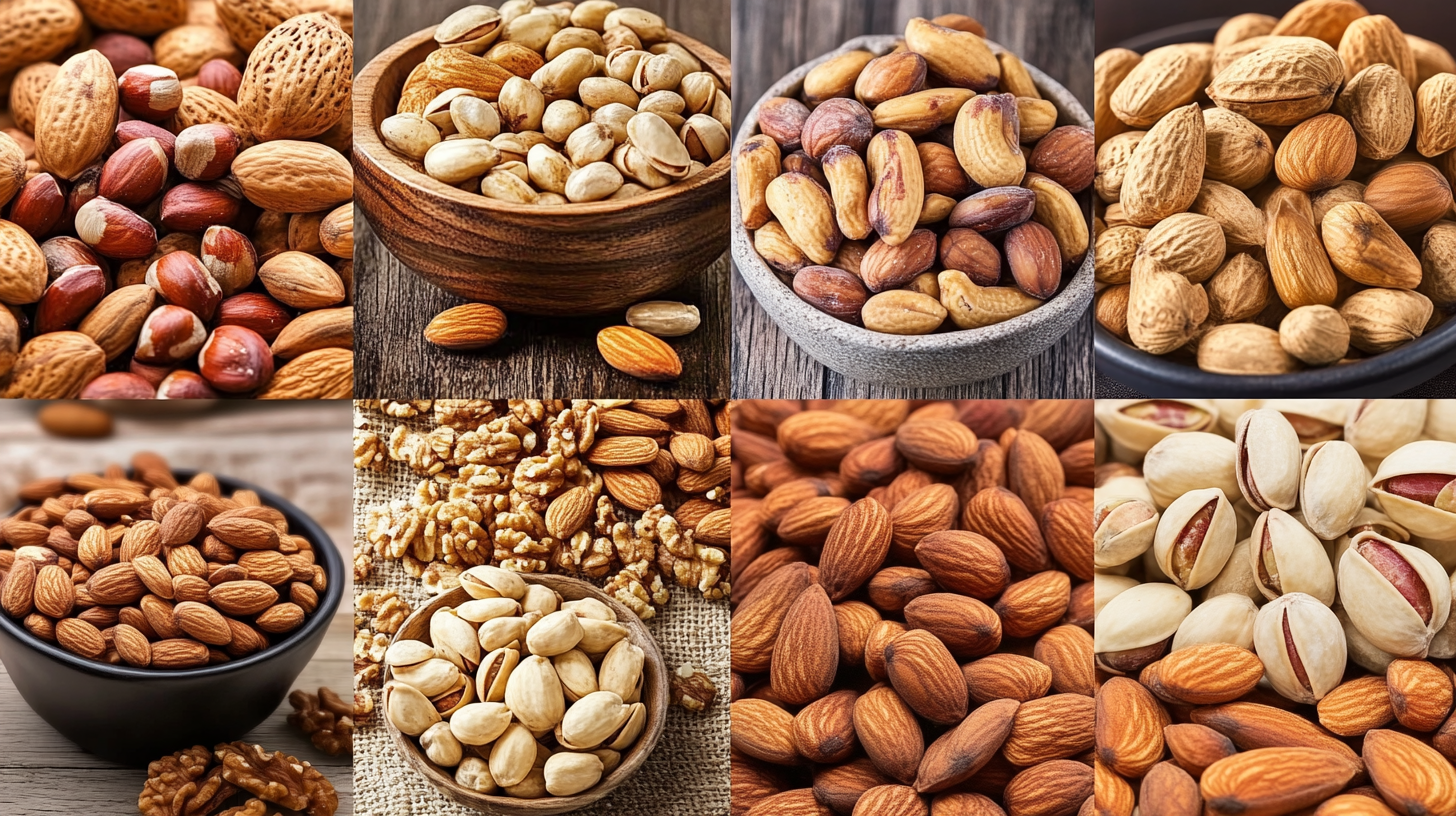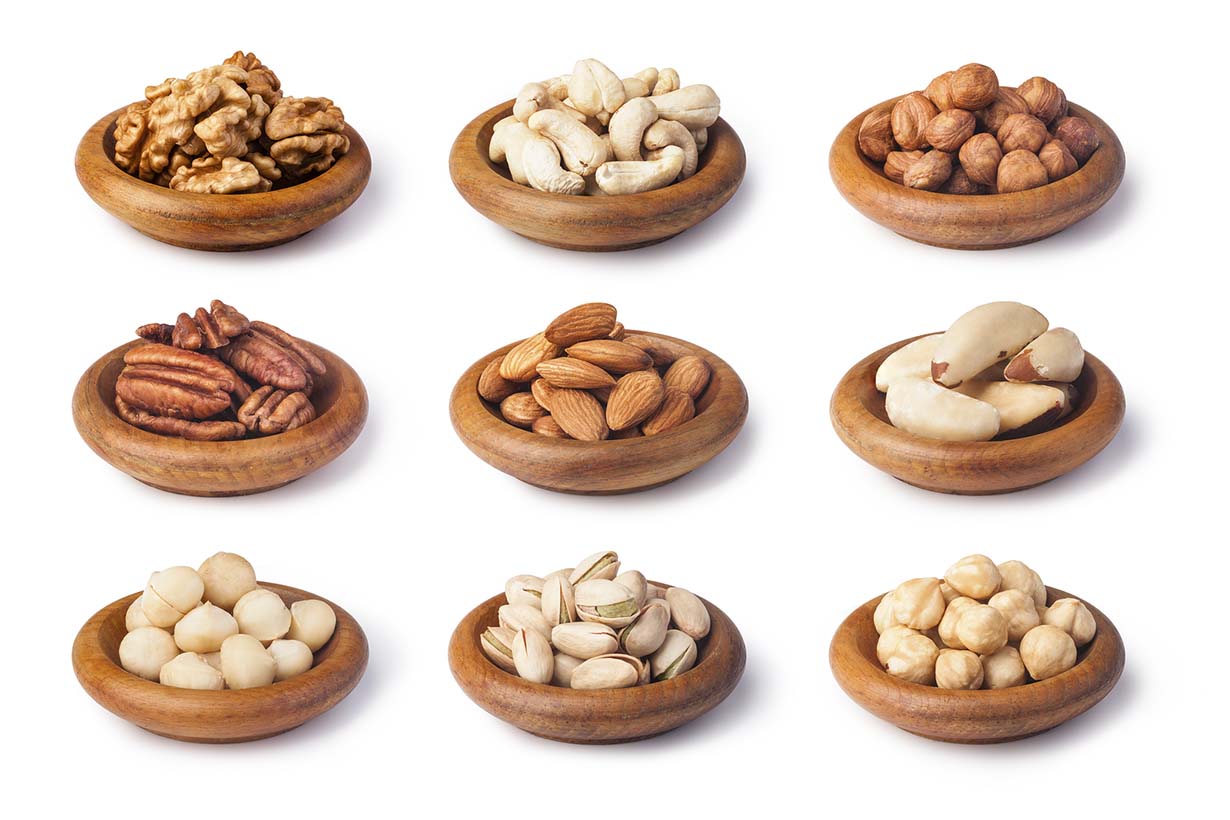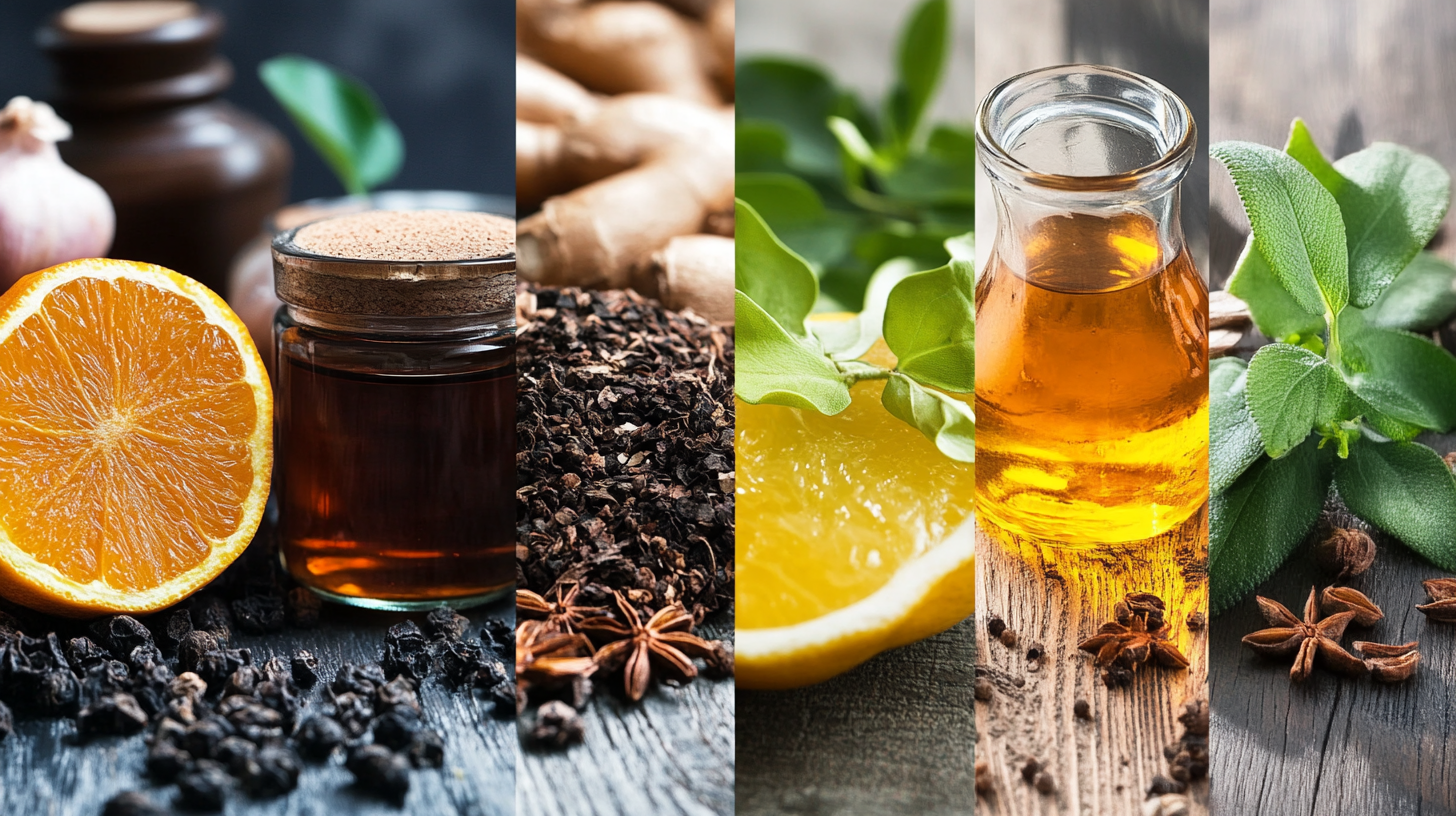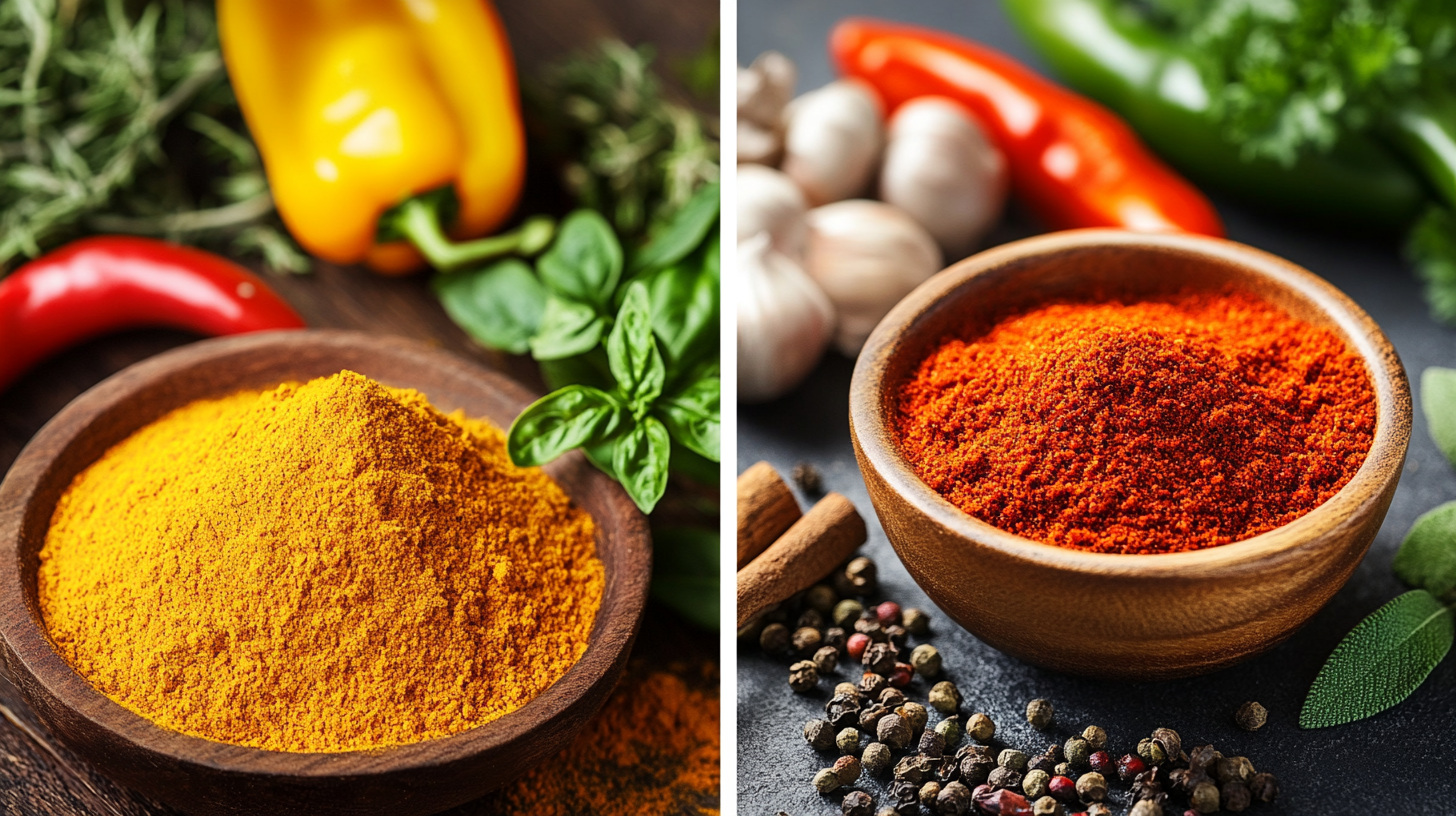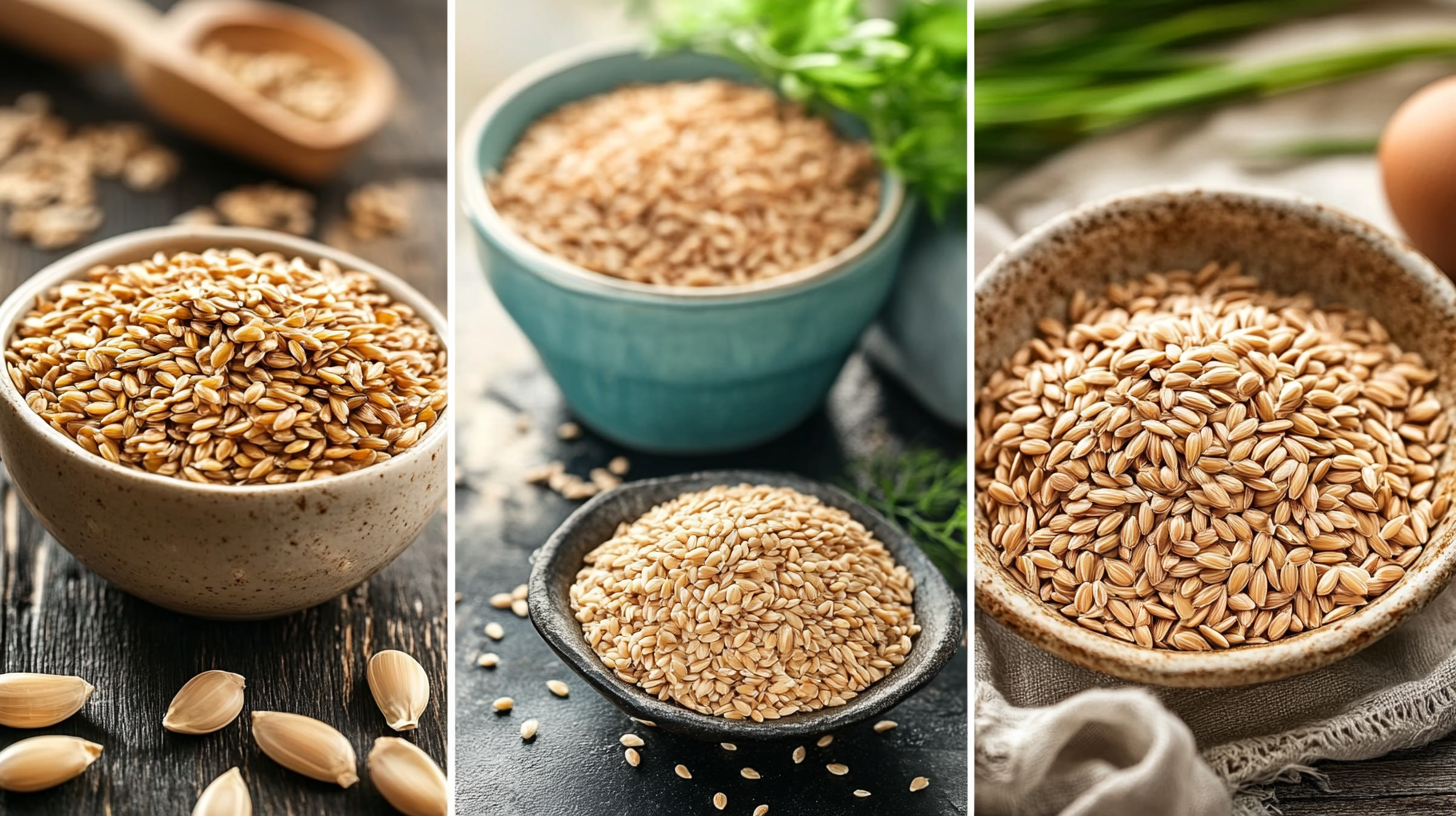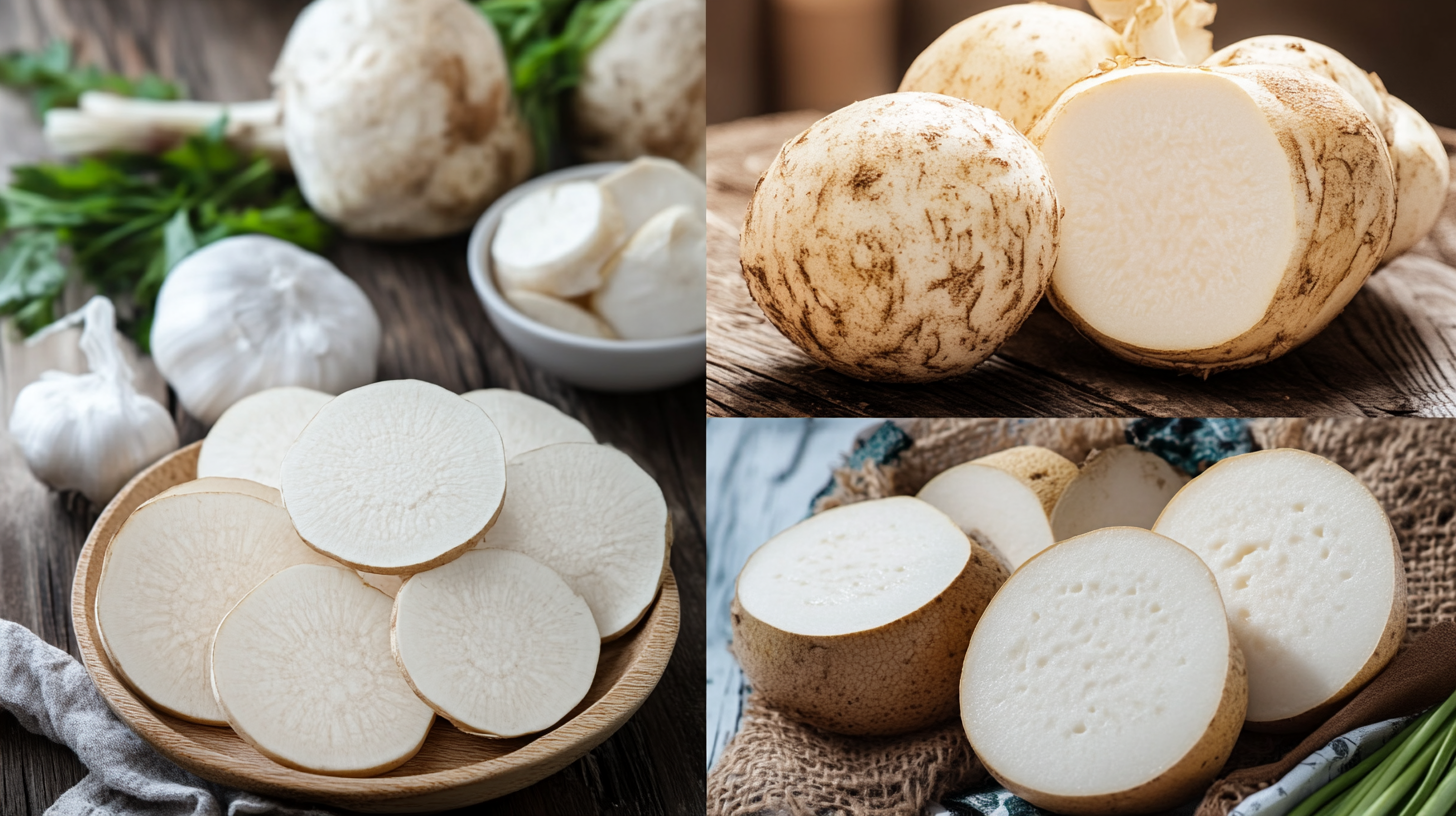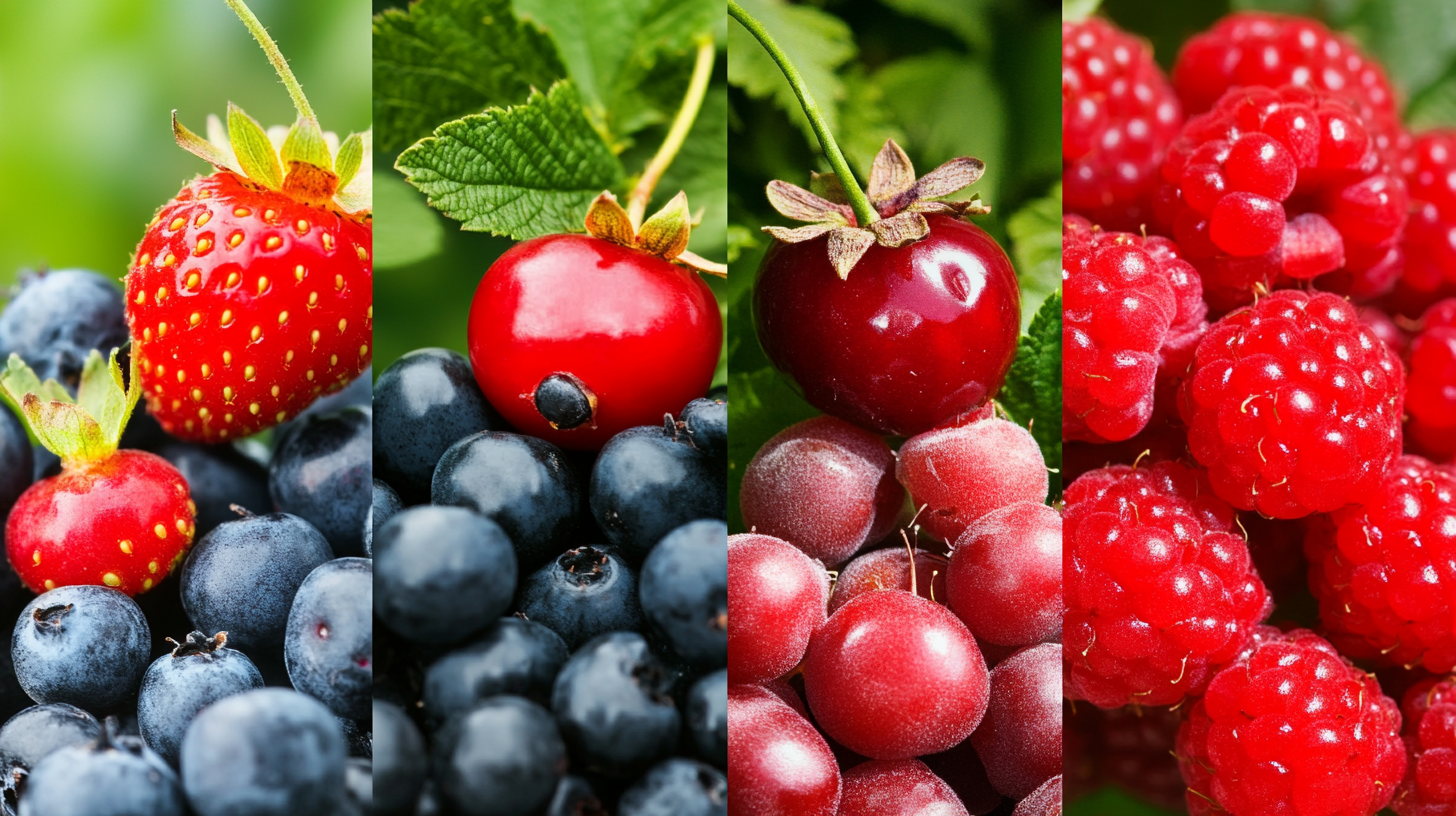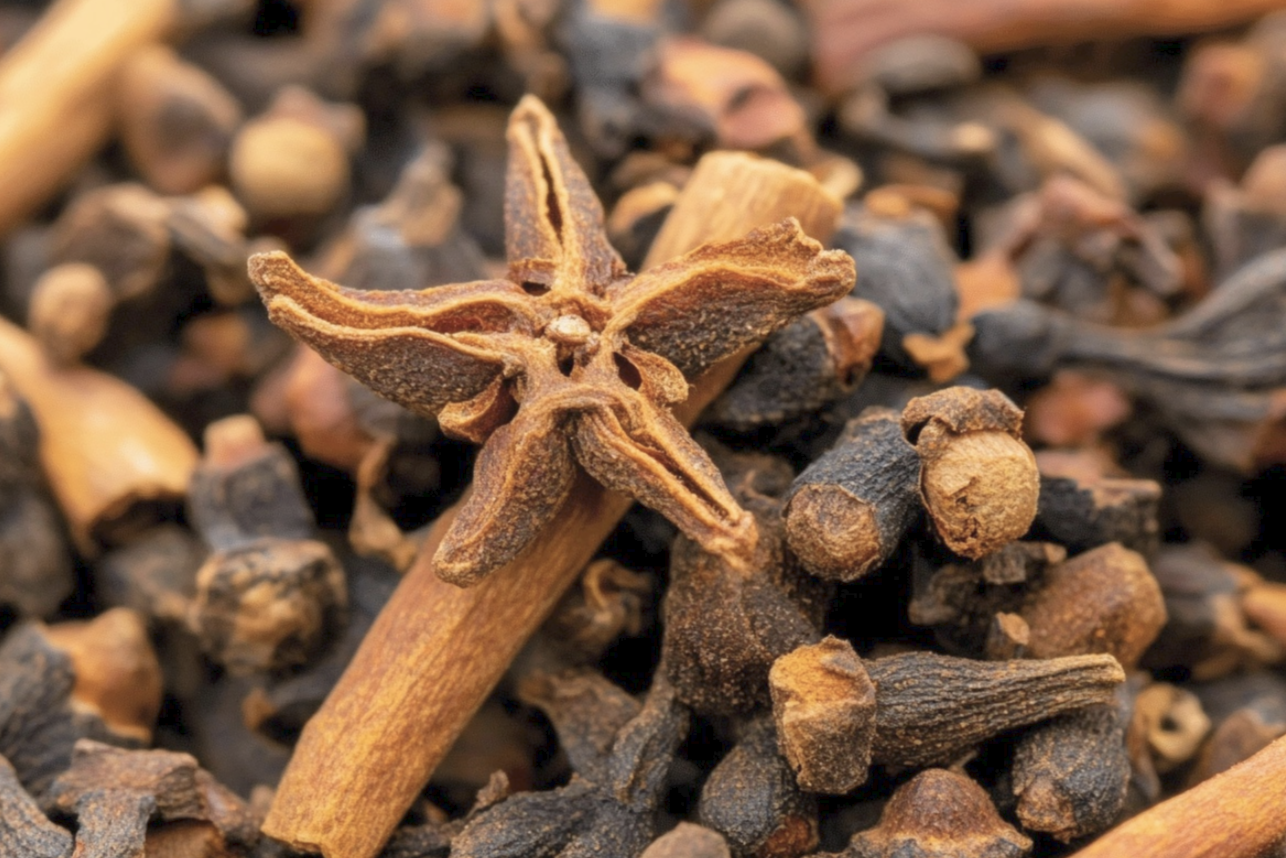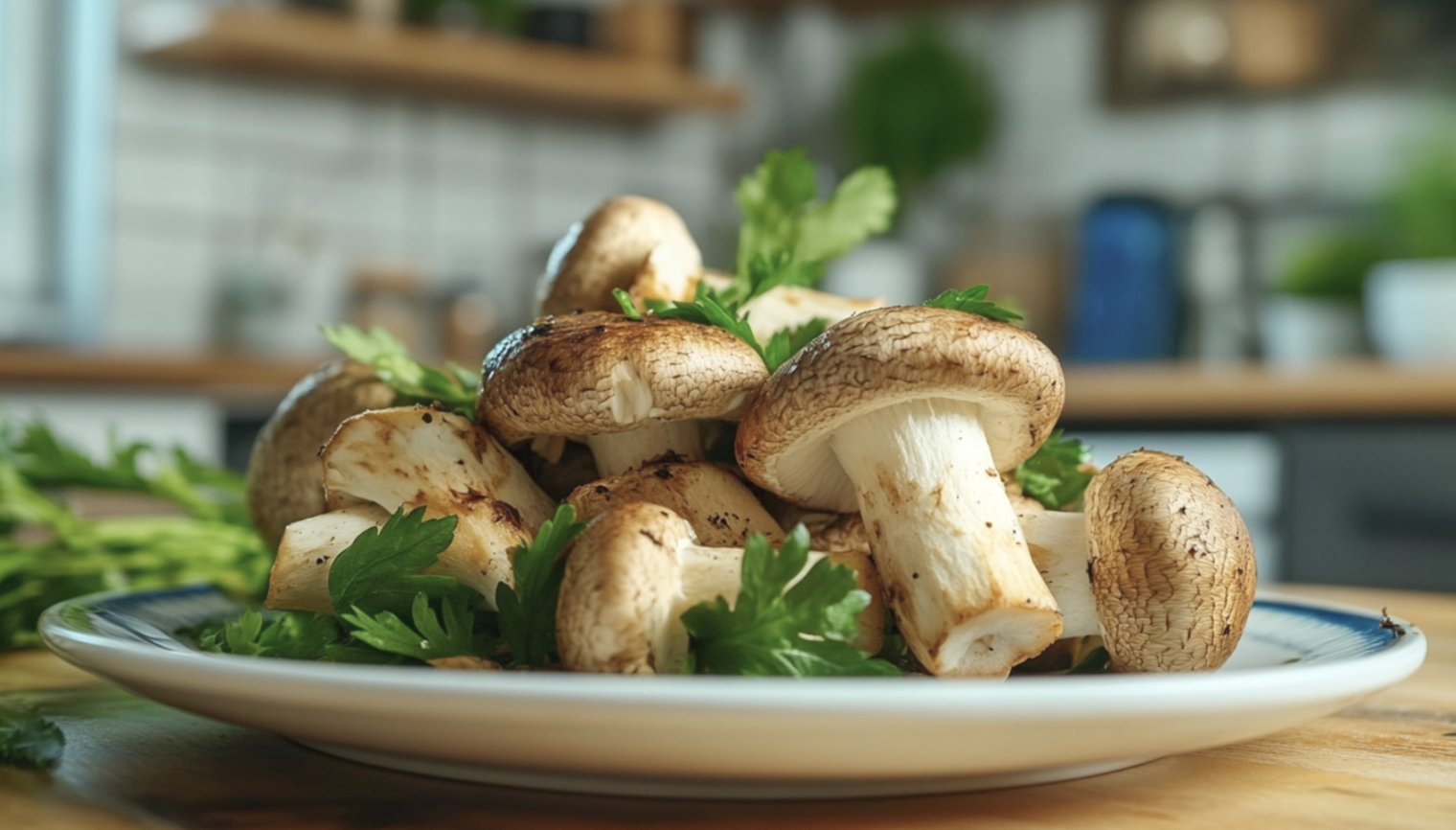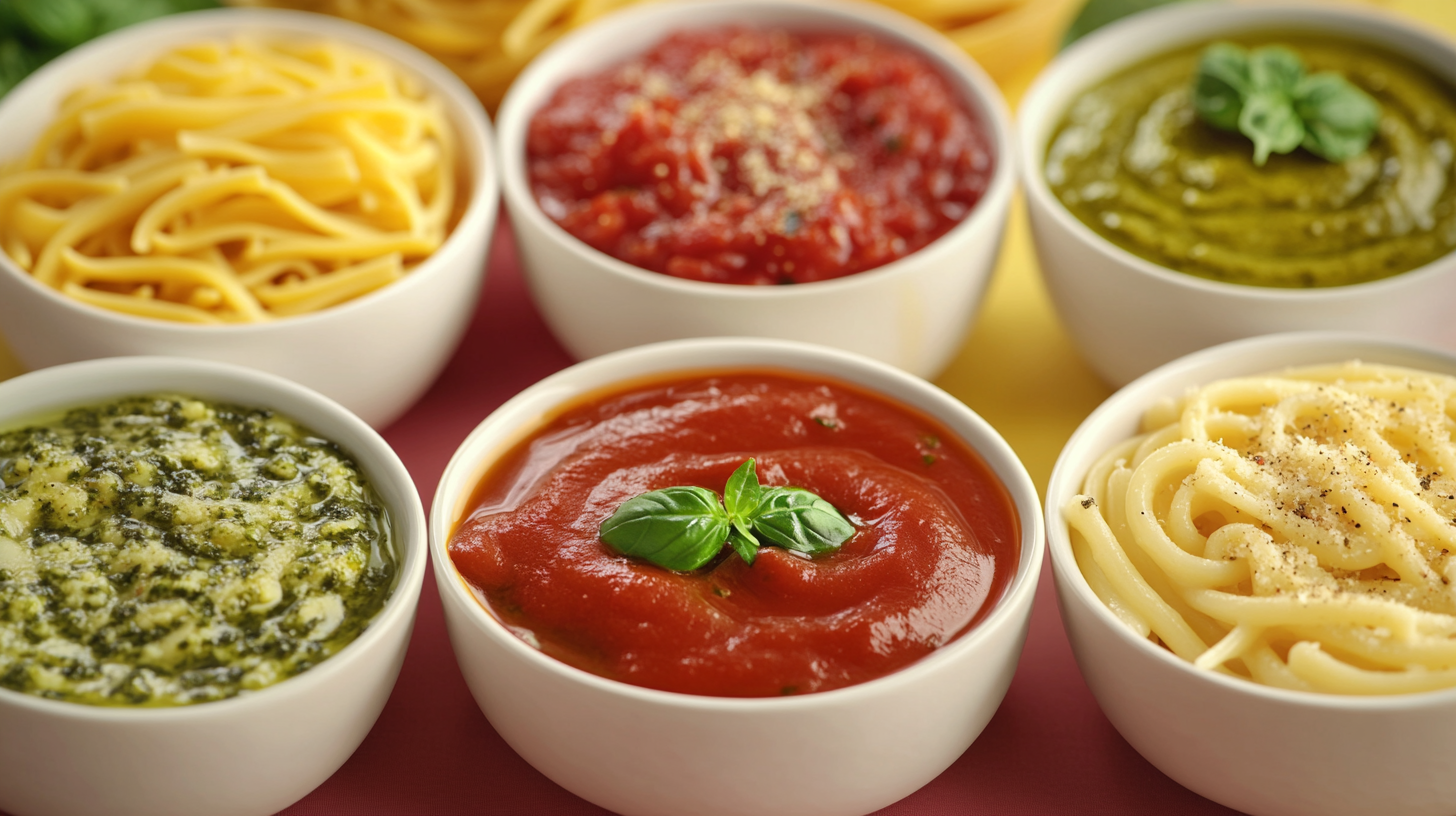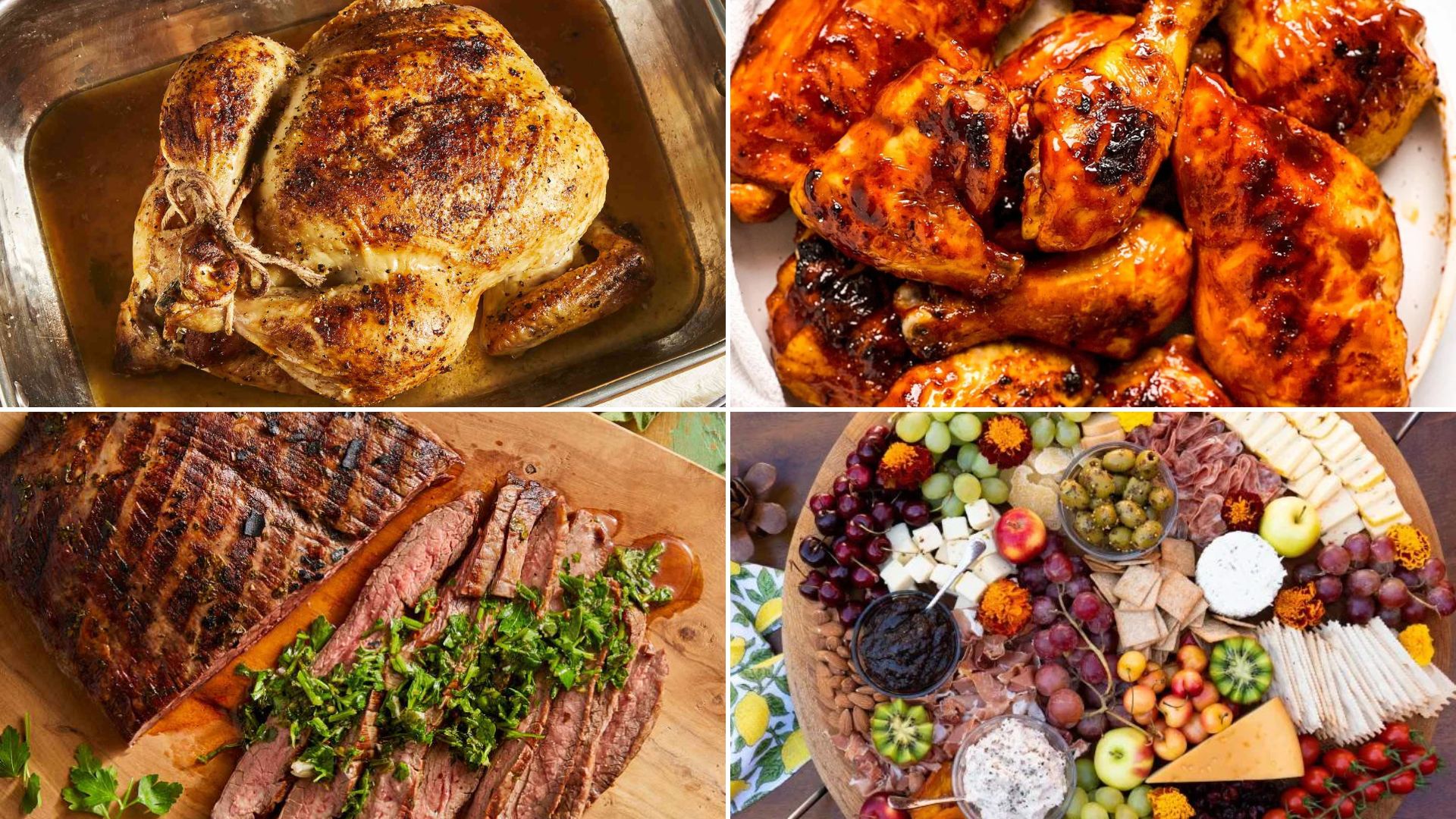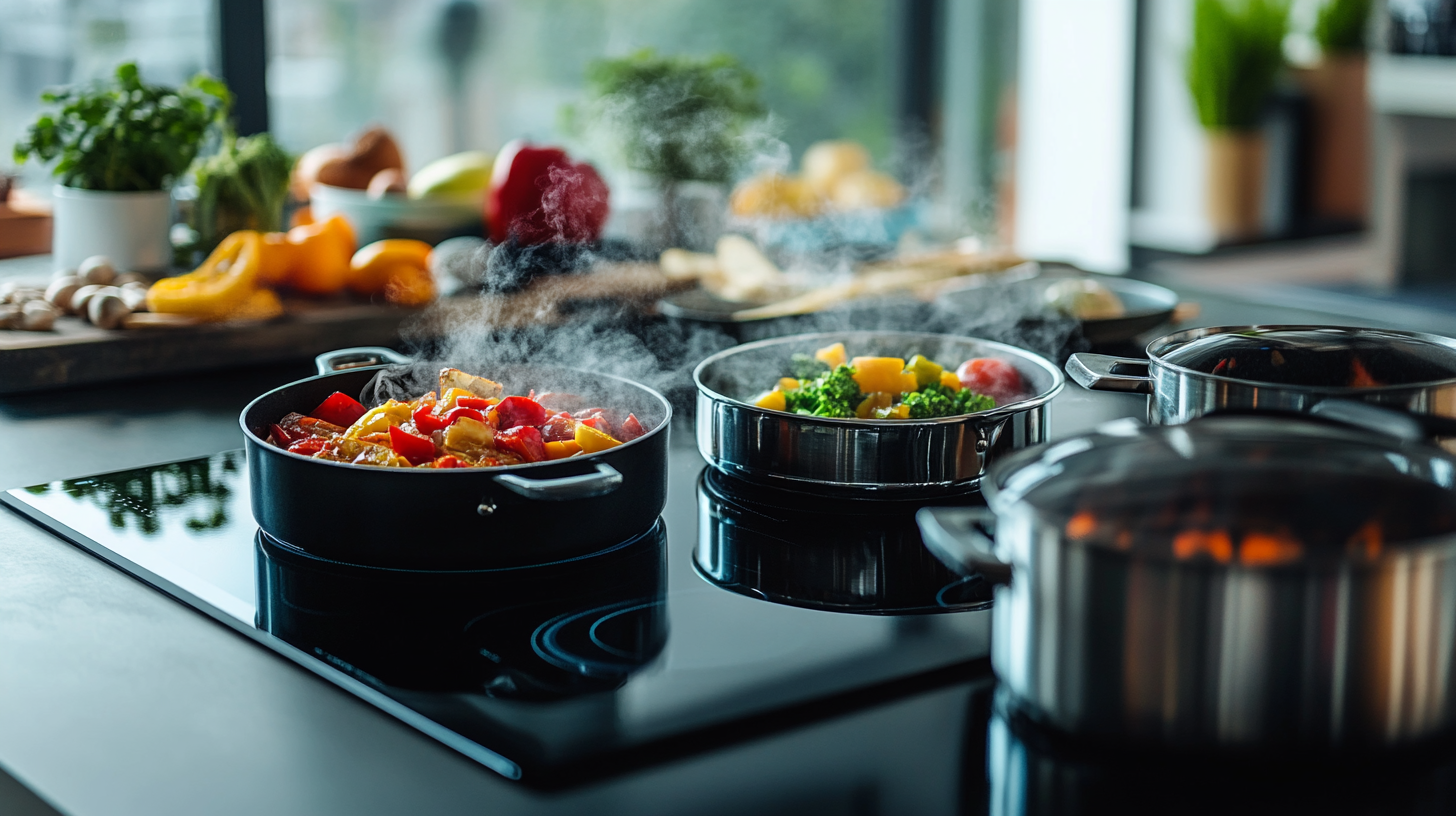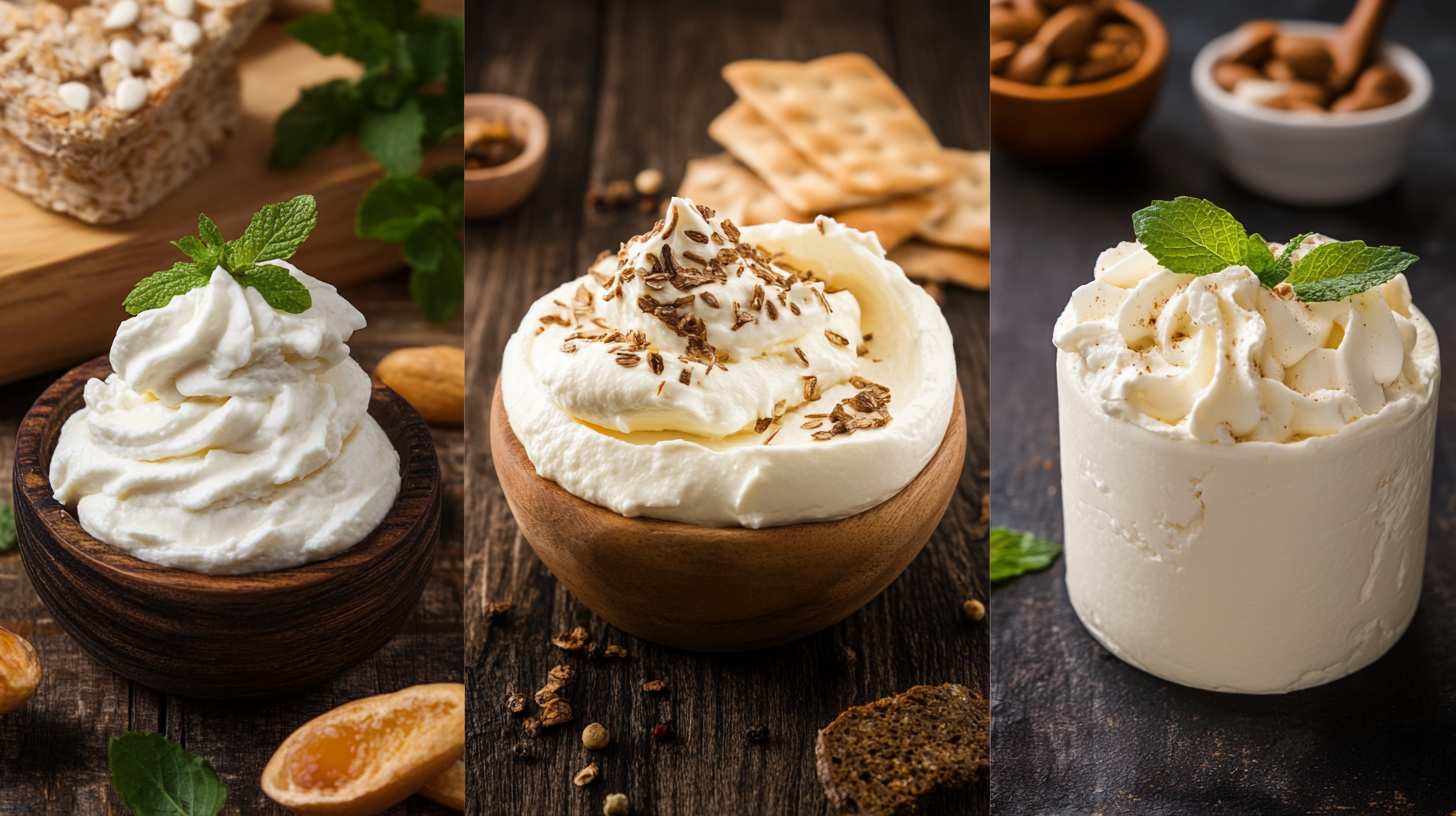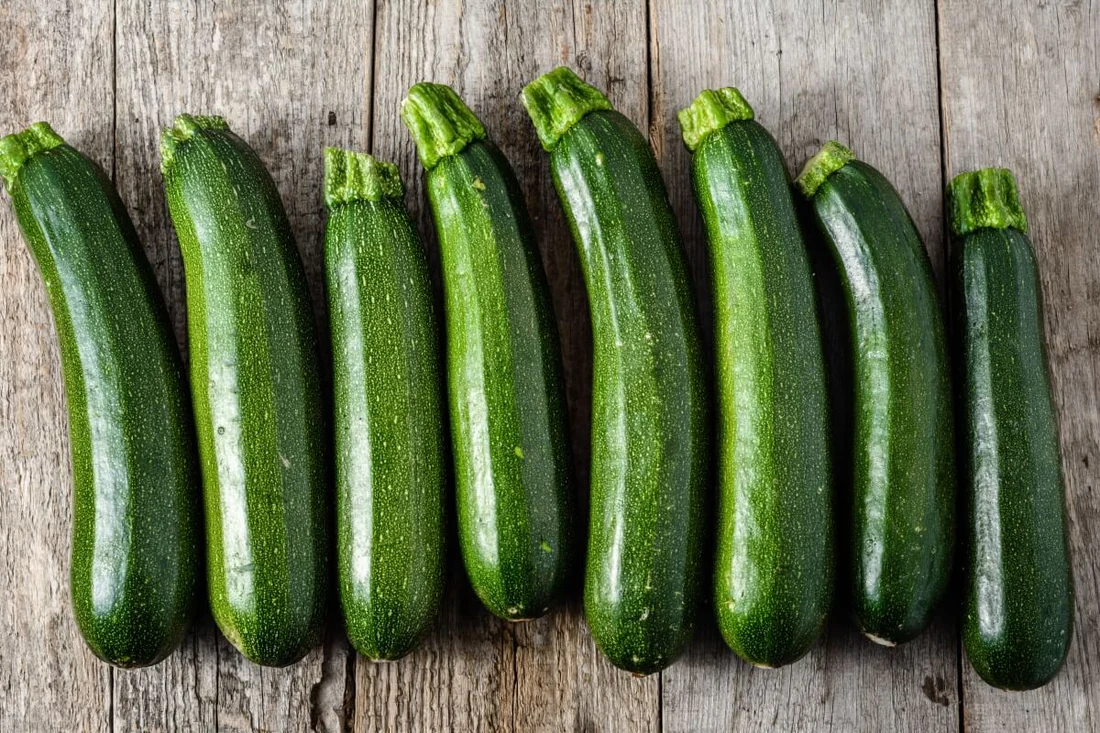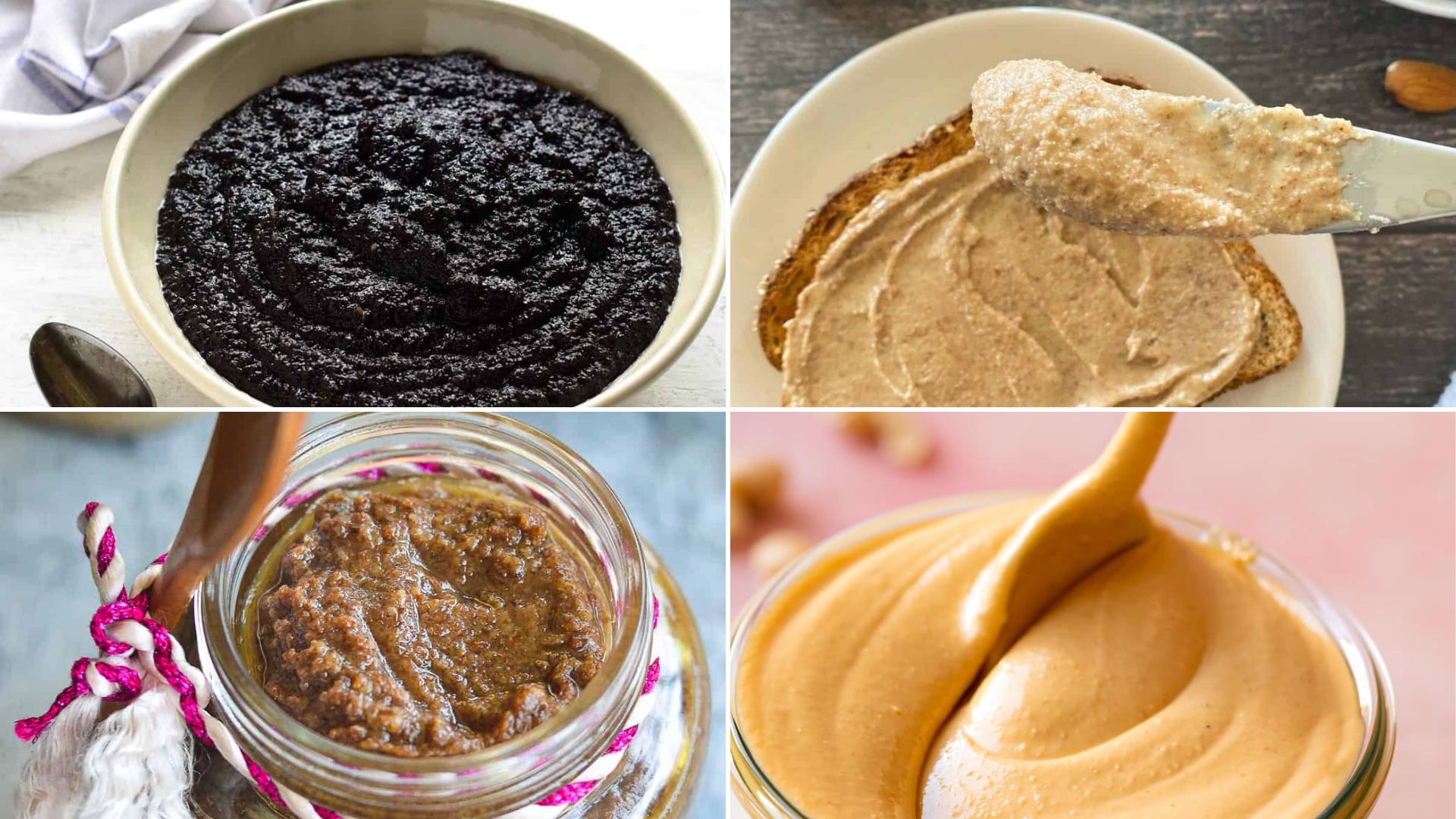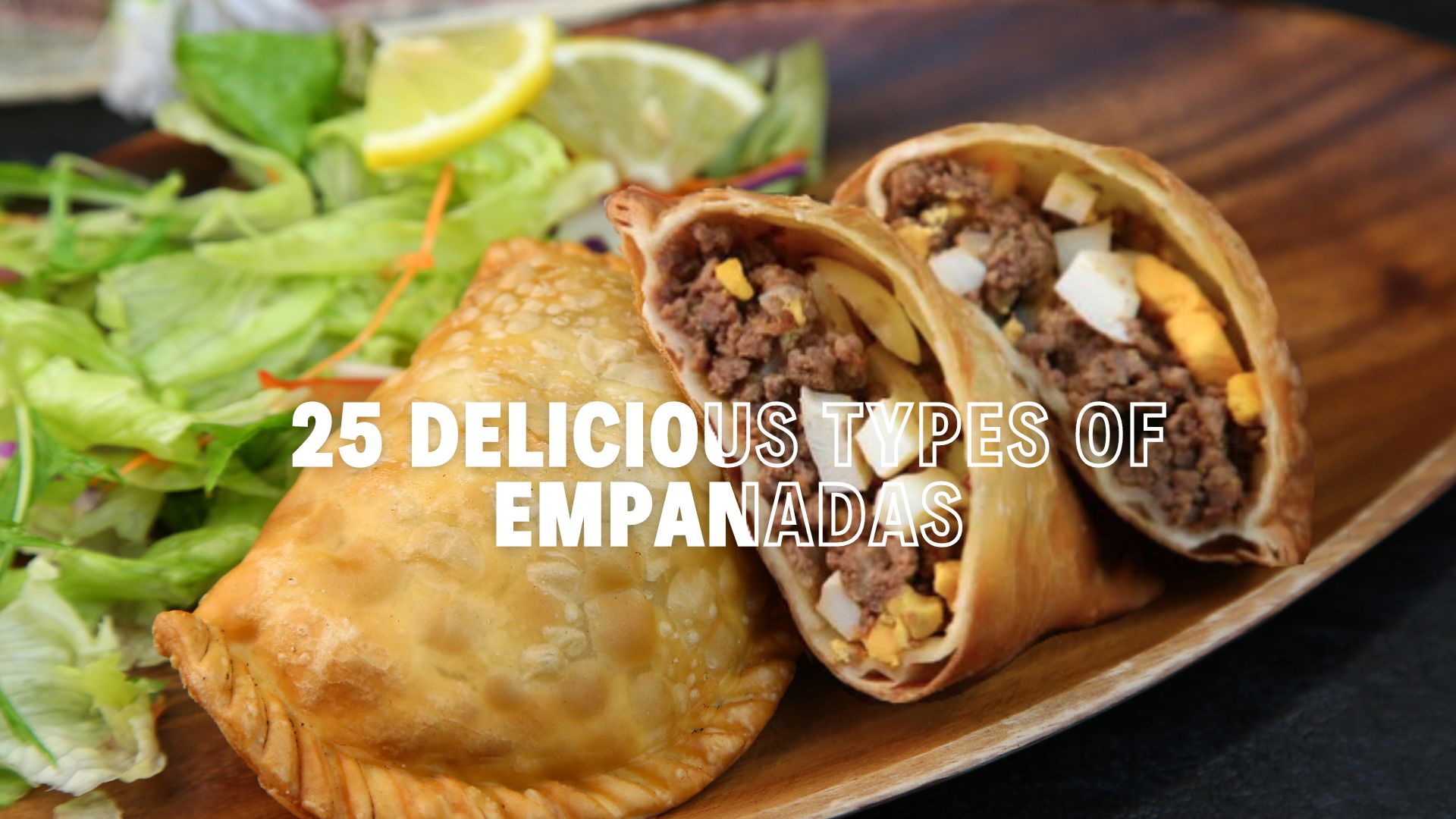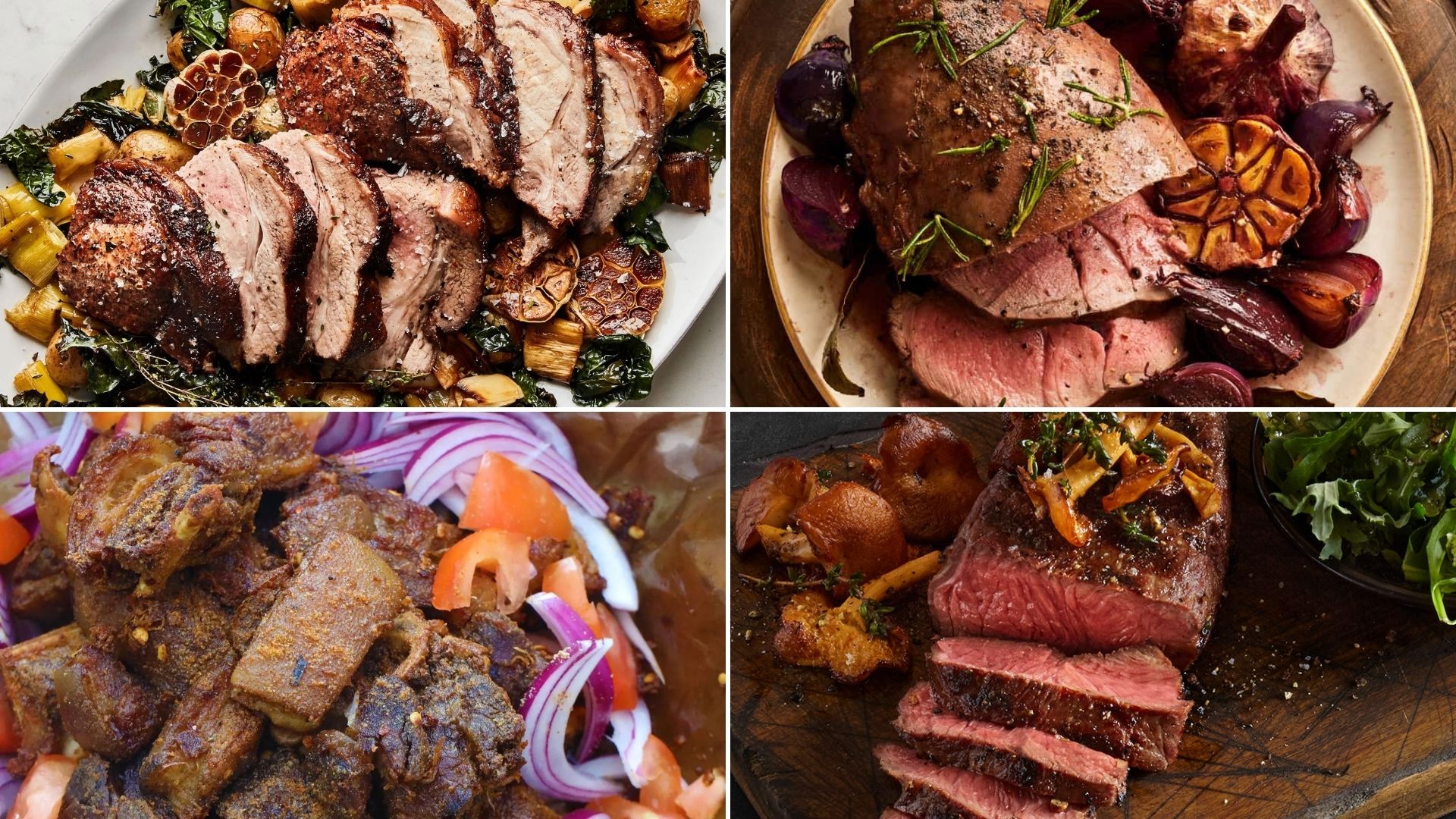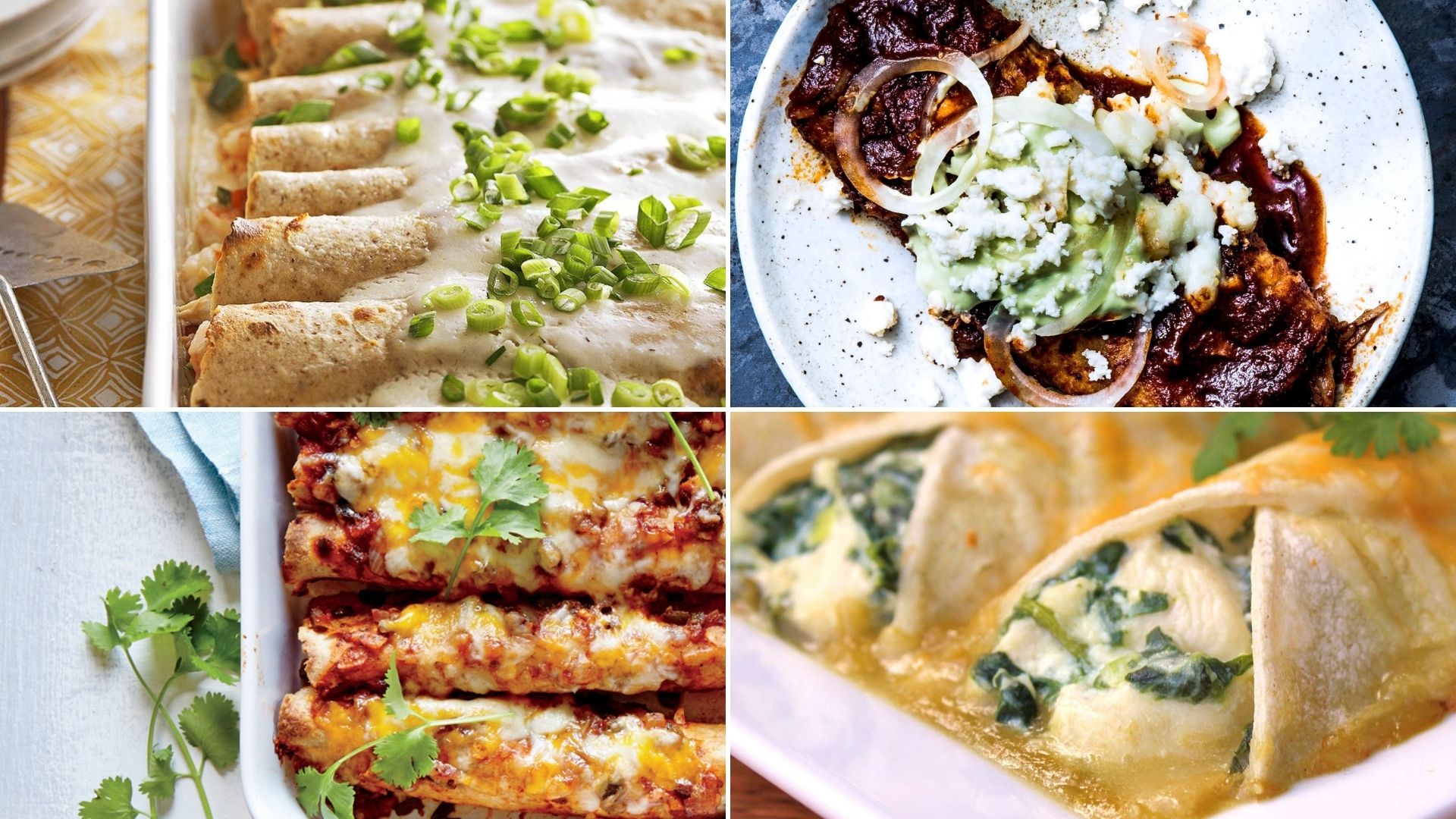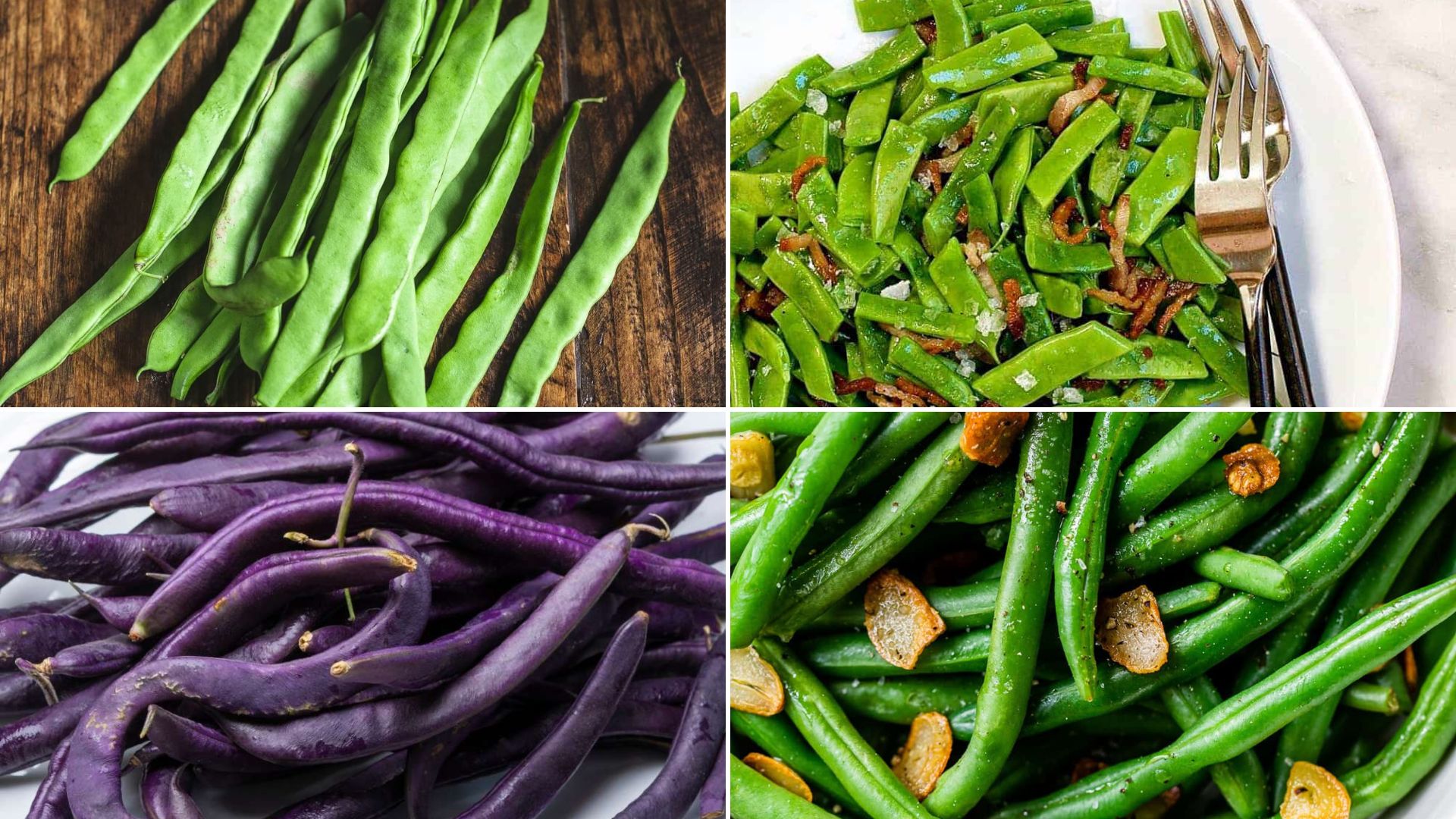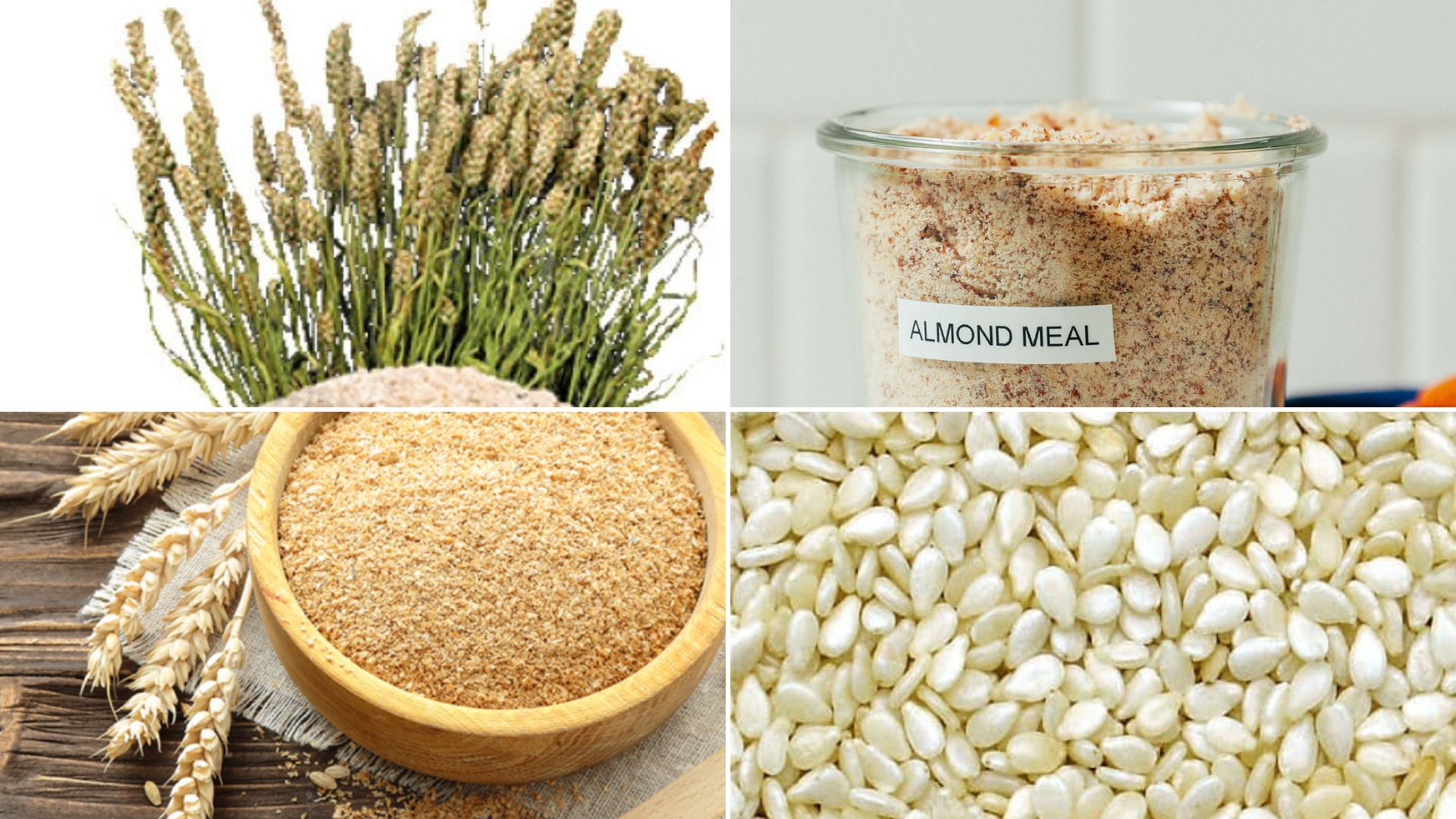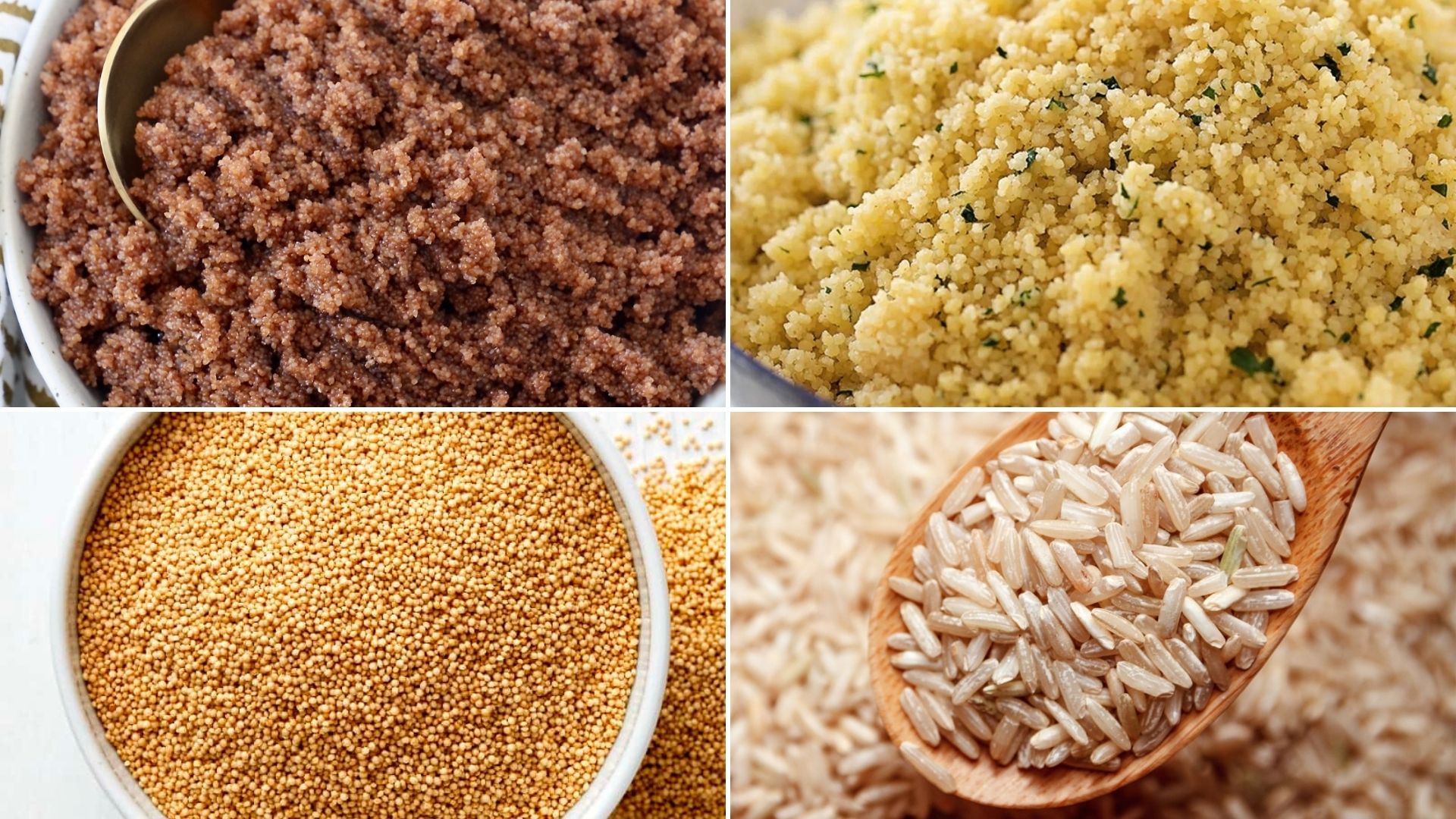
We’ve all been there. You made a delicious meal or brought home leftovers from your favorite restaurant, only to find you’re not hungry enough to finish it all.
The microwave offers a quick solution, but how often can food be safely reheated before it becomes unsafe?
In this post, we’ll break down the essential guidelines for reheating leftovers multiple times, ensuring you can enjoy your meals without risking foodborne illnesses.
From understanding food safety rules to the best practices for reheating, we’ll cover everything you need to know about safely handling leftovers and ensuring your health and taste buds are satisfied.
Is It Safe to Reheat Leftovers More Than Once?
Reheating leftovers more than once is technically safe, but only when done carefully.
According to the USDA, the key is to ensure that the food reaches an internal temperature of 165°F each time it’s reheated.
This kills harmful bacteria that could cause food poisoning. However, every time food is reheated, its quality declines, and it loses flavor and texture.
The best practice is to reheat only the portion you plan to eat. Repeatedly cooling and reheating the same food increases the risk of bacterial growth.
Leftovers can be safely stored in the fridge for up to 3-4 days. After that, it’s better to freeze them.
While frozen food remains safe indefinitely, its quality is best within a few months.
Why Frequent Reheating Can Be Risky

Reheating food multiple times can lead to safety concerns. Each time food cools and is reheated, it spends time in what experts call the “danger zone”—between 40°F and 140°F—where bacteria can thrive.
The more often food is heated and cooled, the higher the risk of bacterial contamination, especially with items like rice, mushrooms, and starchy foods.
Additionally, with every reheating, the food’s quality declines. The texture, flavor, and overall taste start to suffer, making it less appetizing.
Delicate foods like breaded or fried items can become soggy or lose their crunch, and proteins such as meat or fish may become tough and dry.
Minimizing how often leftovers go through the reheat cycle is important to preserve both safety and taste.
Best Practices for Reheating Leftovers
To safely reheat leftovers, it’s important to follow a few key steps:
-
Reheat Only What You Need: Instead of reheating the entire leftover portion, only heat the amount you plan to eat. This reduces the number of times the food is heated and cooled, minimizing the risk of bacteria growth.
-
Use the Original Cooking Method: Whenever possible, reheat food using the same method it was originally cooked with. For example, baked dishes like lasagna should ideally be reheated in the oven to maintain their texture. Soups and stews can be reheated on the stove to bring them to a rolling boil, which ensures thorough heating.
-
Cover Your Food: Covering food while reheating helps retain moisture and ensures that it heats evenly. It also prevents it from drying out, especially in the microwave.
-
Check the Temperature: To ensure that your food’s internal temperature reaches 165°F, it’s safe to eat. A food thermometer makes this easy.
Foods That Don’t Reheat Well
Some foods don’t hold up well when reheated, particularly if they’ve already been heated more than once. Here’s a list of common foods that can suffer in quality or safety:
-
Egg-Based Dishes: Foods like quiche or scrambled eggs can become rubbery or dry when reheated, especially in the microwave. Their texture often changes, making them less appetizing.
-
Breaded or Fried Foods: Leftovers like fried chicken or breaded fish tend to lose their crispness when reheated, becoming soggy instead. The best way to reheat these items is by using an oven to restore some of their original texture.
-
Rice: Reheating rice can be tricky. If not stored and reheated properly, rice can develop bacteria called Bacillus cereus, which can cause food poisoning. It’s essential to store it correctly and ensure it’s reheated thoroughly.
-
Pasta and Starchy Foods: When reheated multiple times, starchy items like pasta or mashed potatoes can become dry, gummy, or lose their original texture. Before reheating, adding a little liquid (like water or sauce) can help them maintain moisture.
-
Fish: When reheated, fish tends to dry out and lose flavor, especially in the microwave. It’s best to reheat fish using low heat in an oven or on the stove.
Conclusion
While it is technically safe to reheat leftovers more than once, handling them properly is essential to avoid any food safety risks.
Always ensure food reaches 165°F when reheated, and limit how many times you heat and cool your leftovers.
Reheating small portions, using the correct method, and storing food properly can help maintain both safety and flavor.
When in doubt, it’s always better to discard leftovers that have been reheated multiple times, especially if their quality has significantly deteriorated.
Following these guidelines will allow you to enjoy your meals without worrying about foodborne illnesses.

